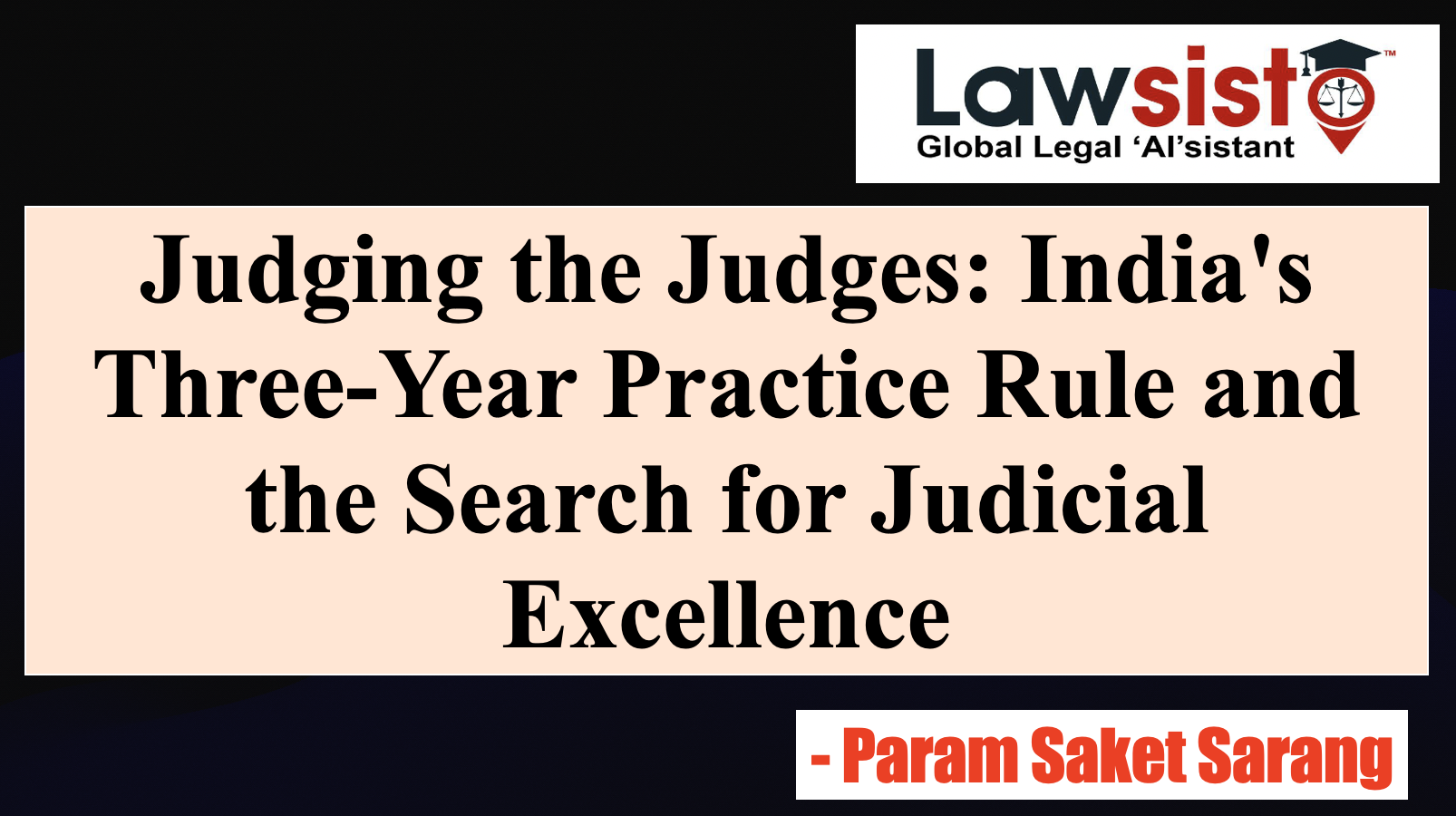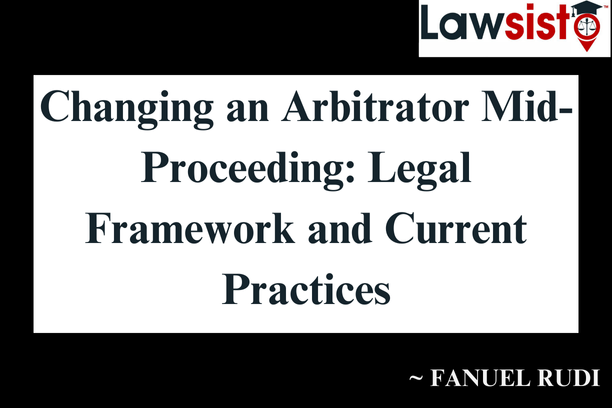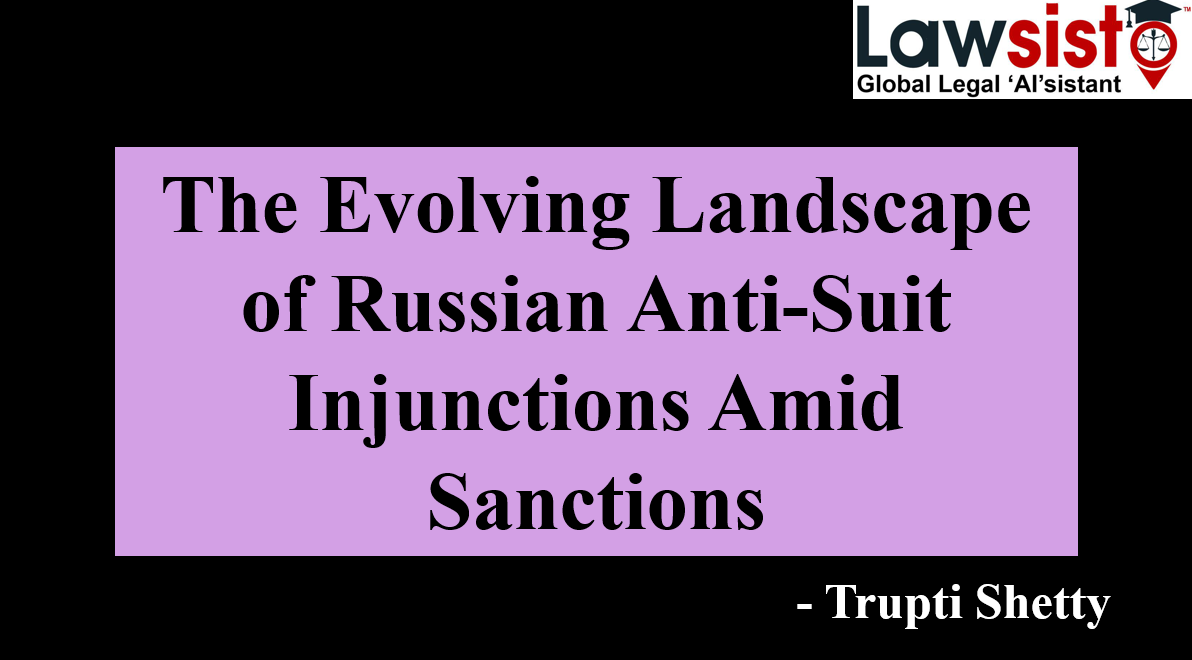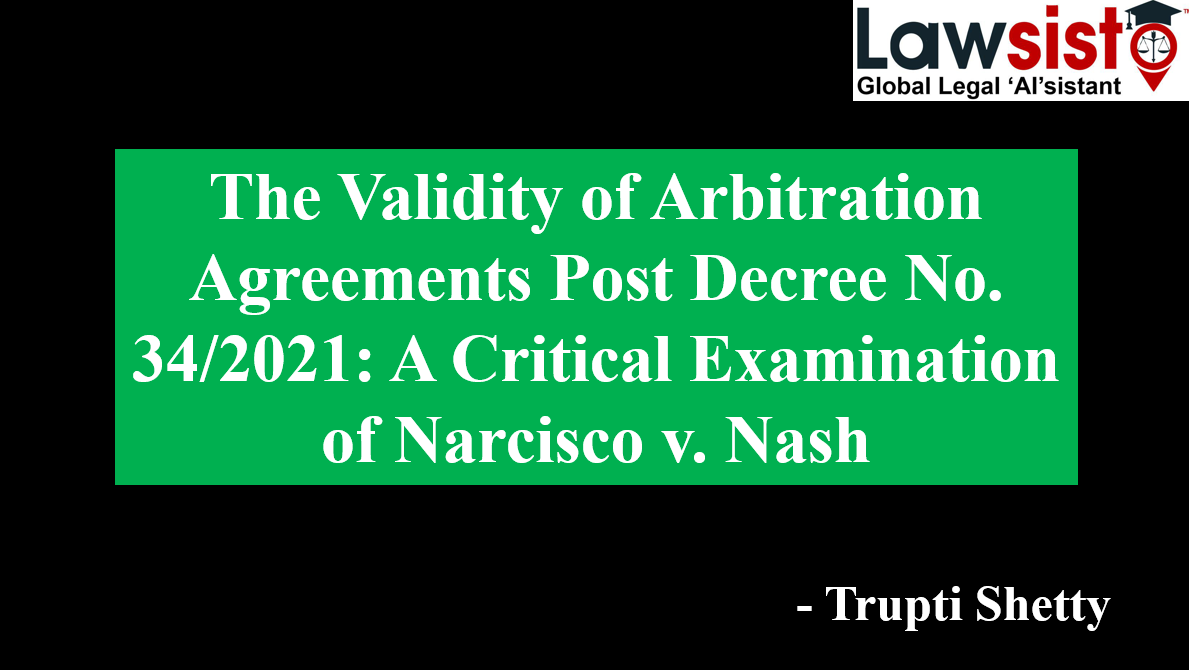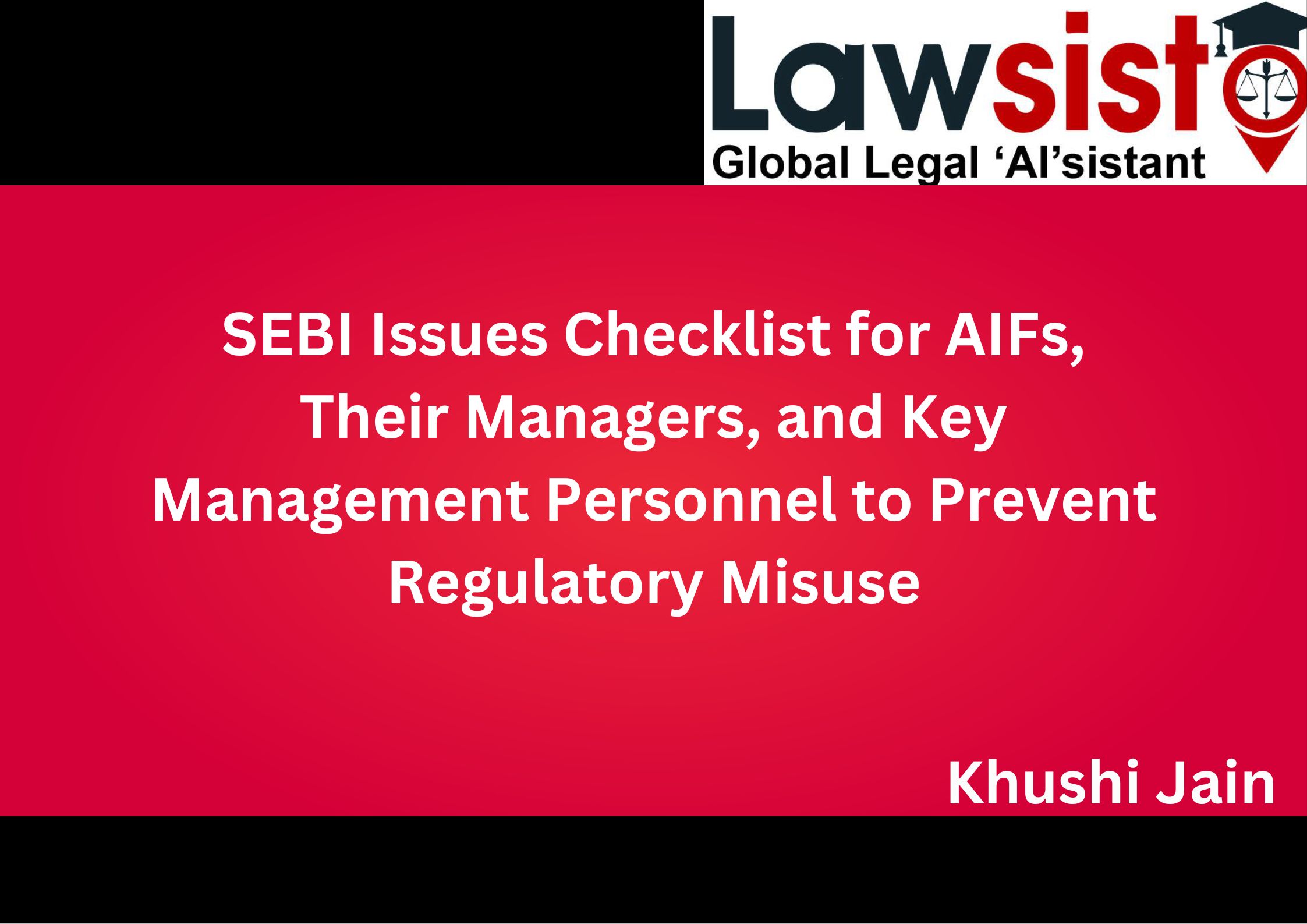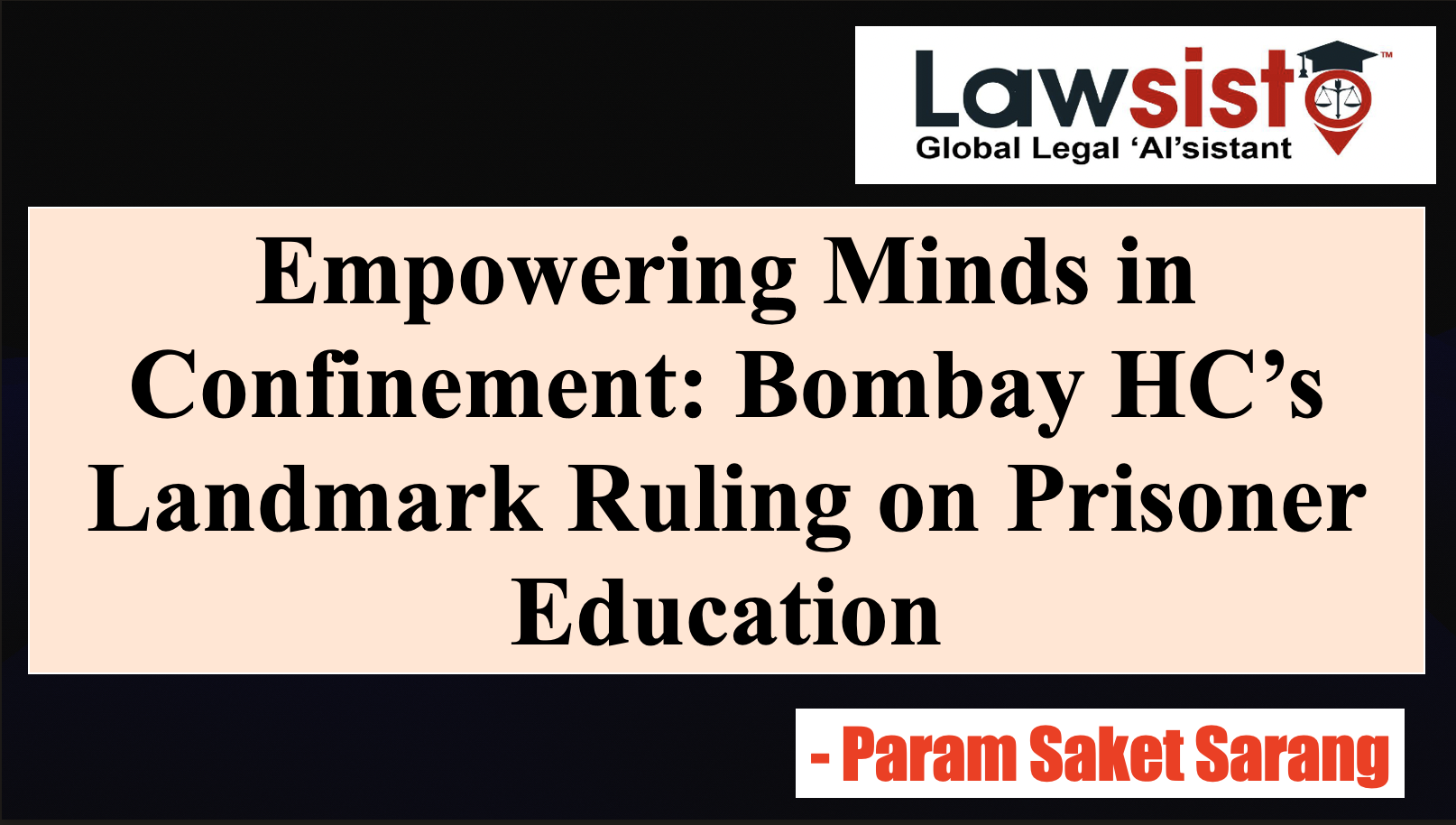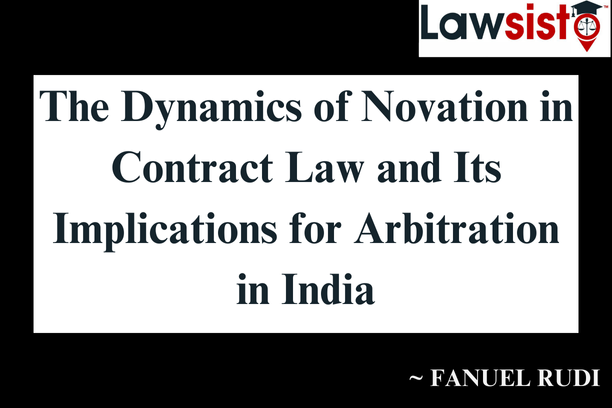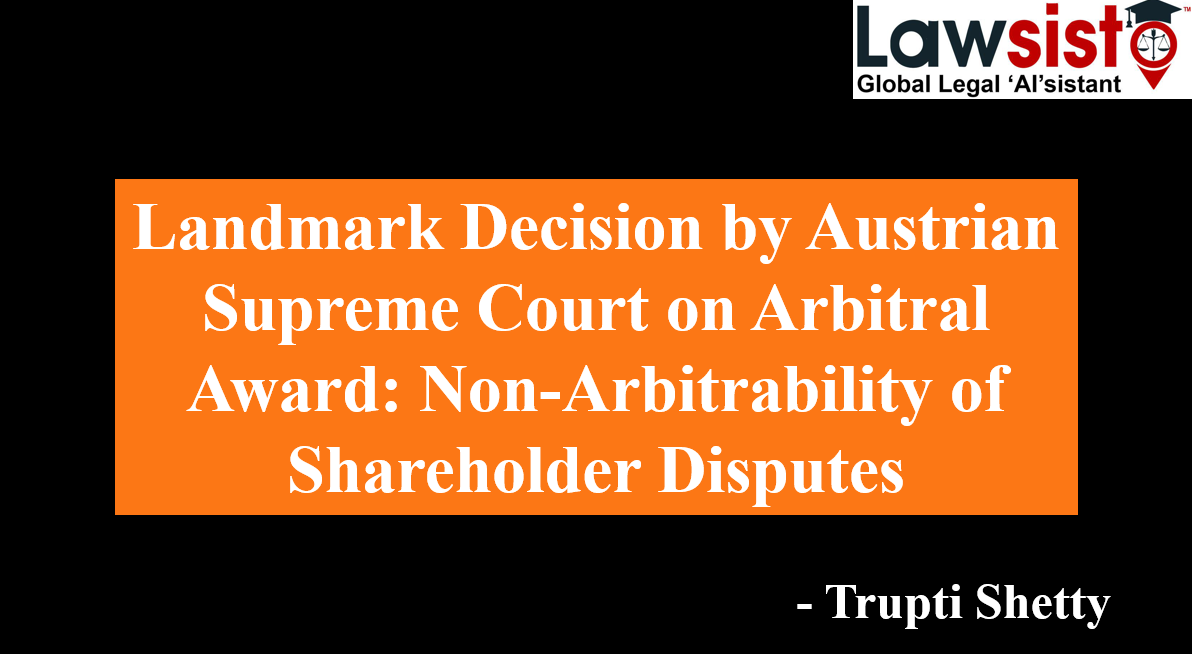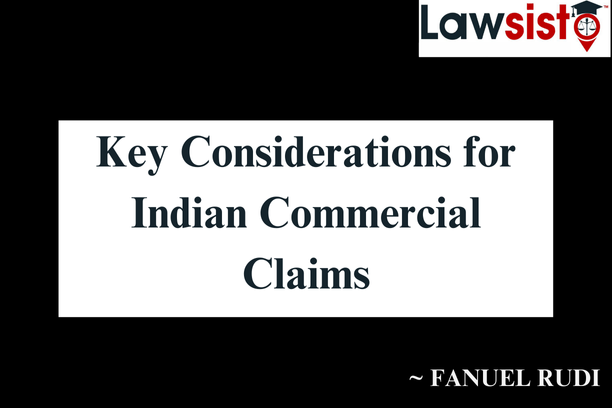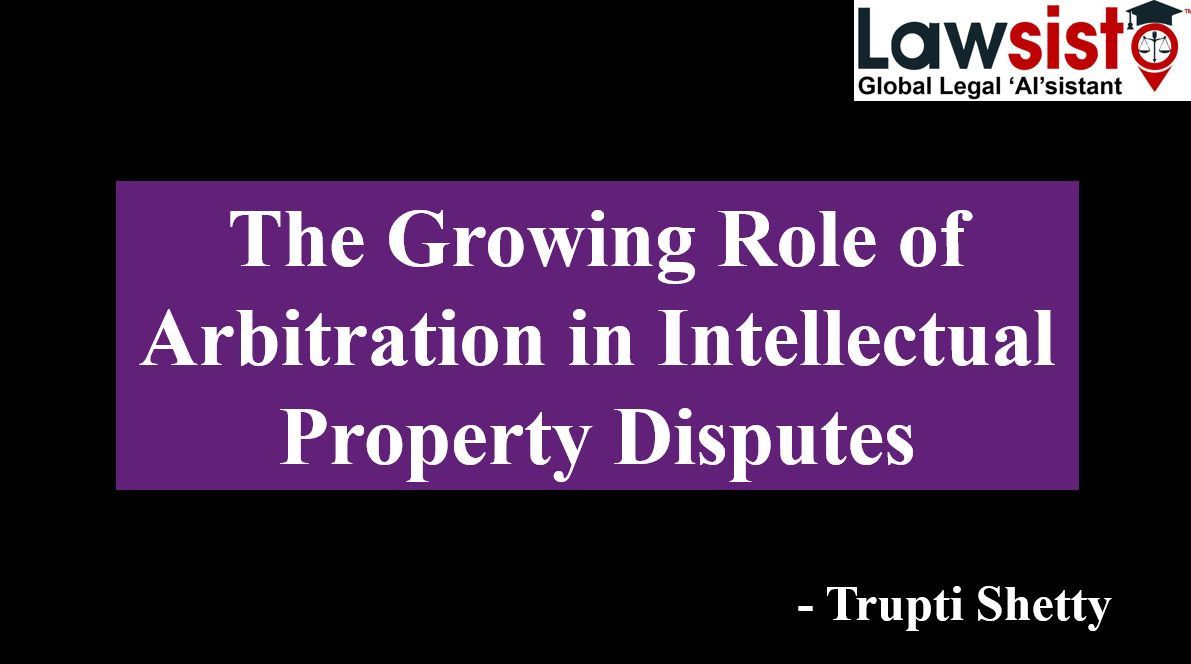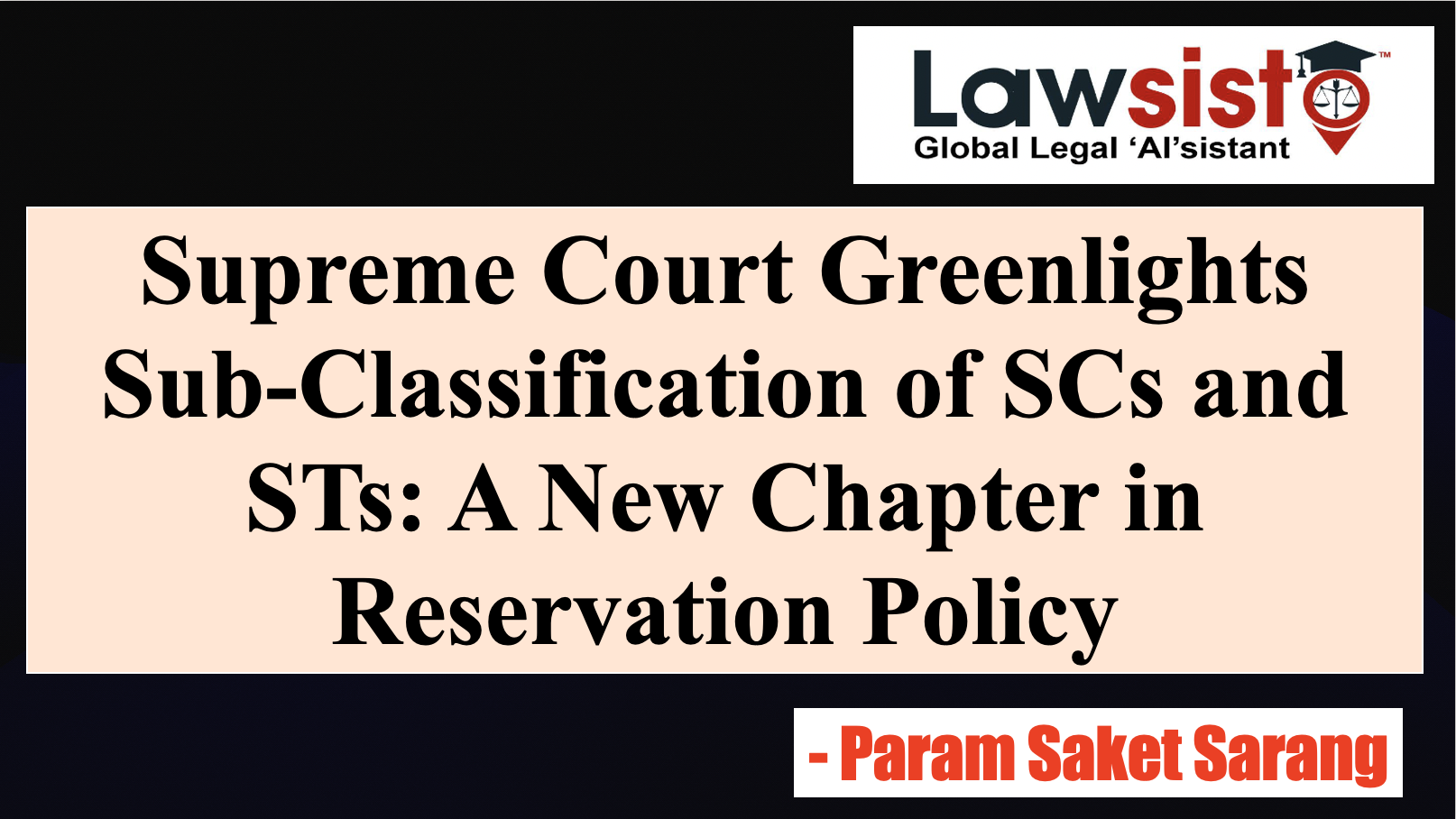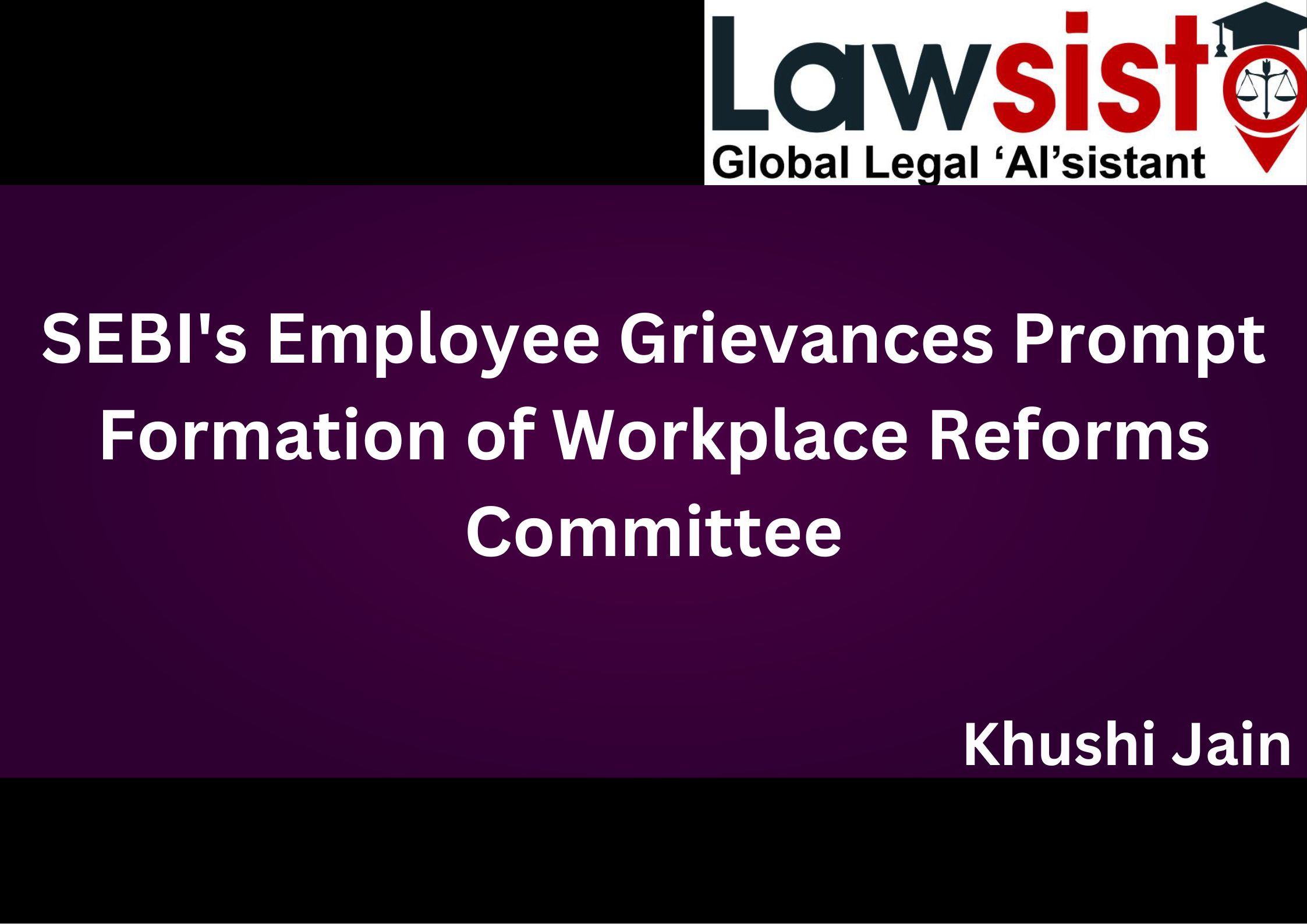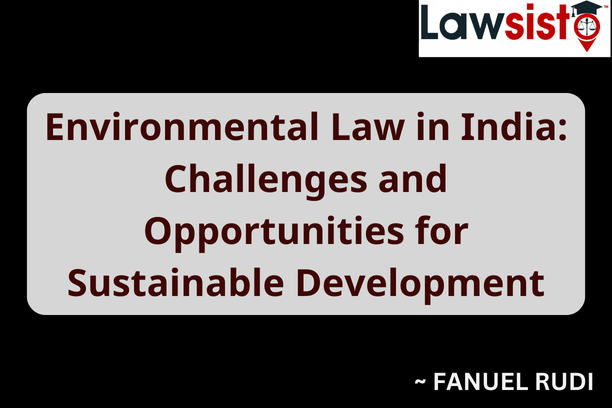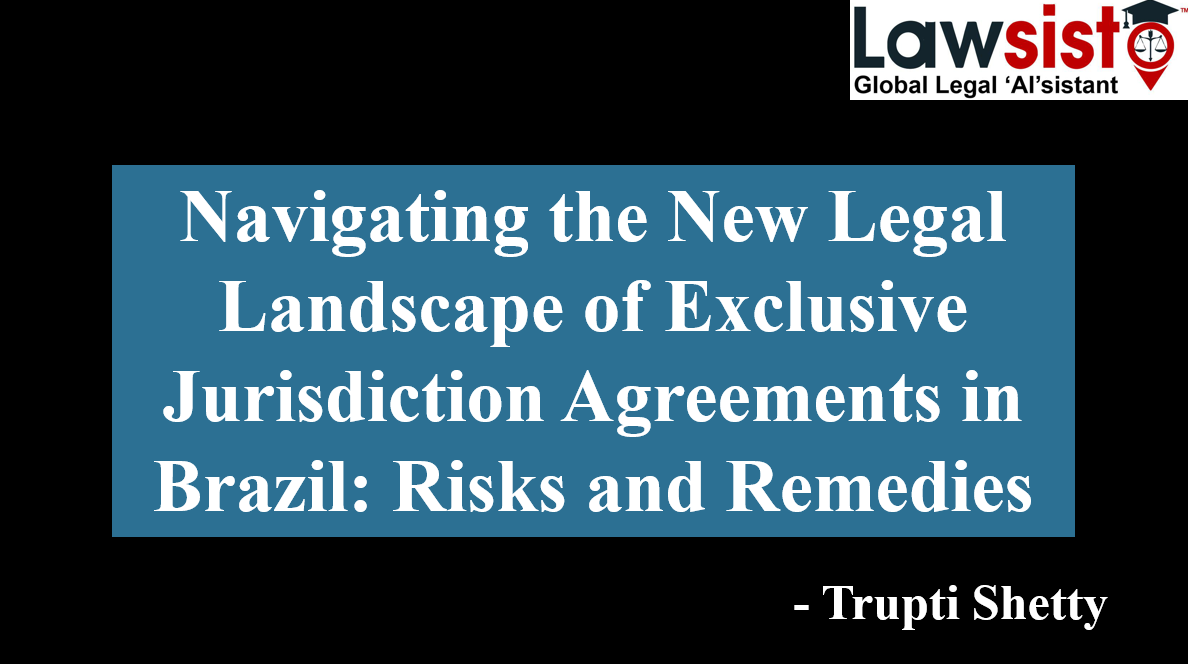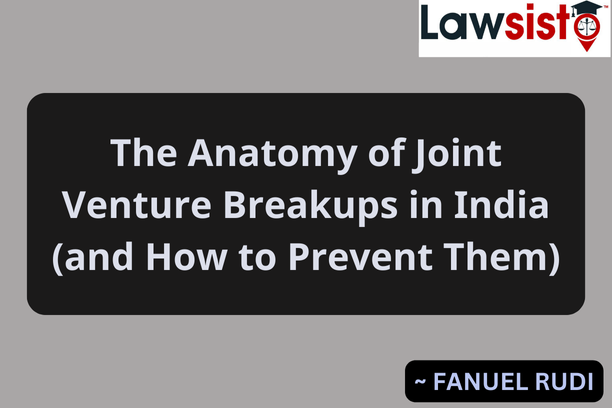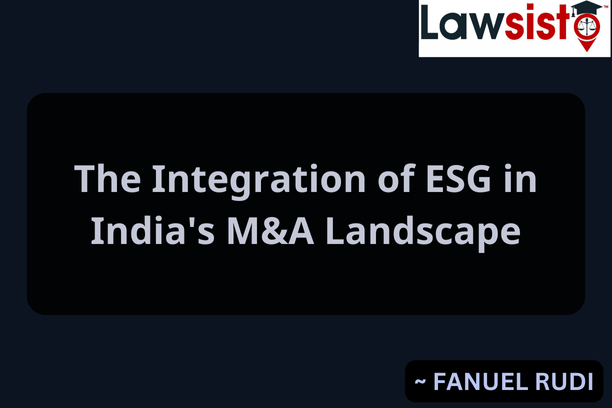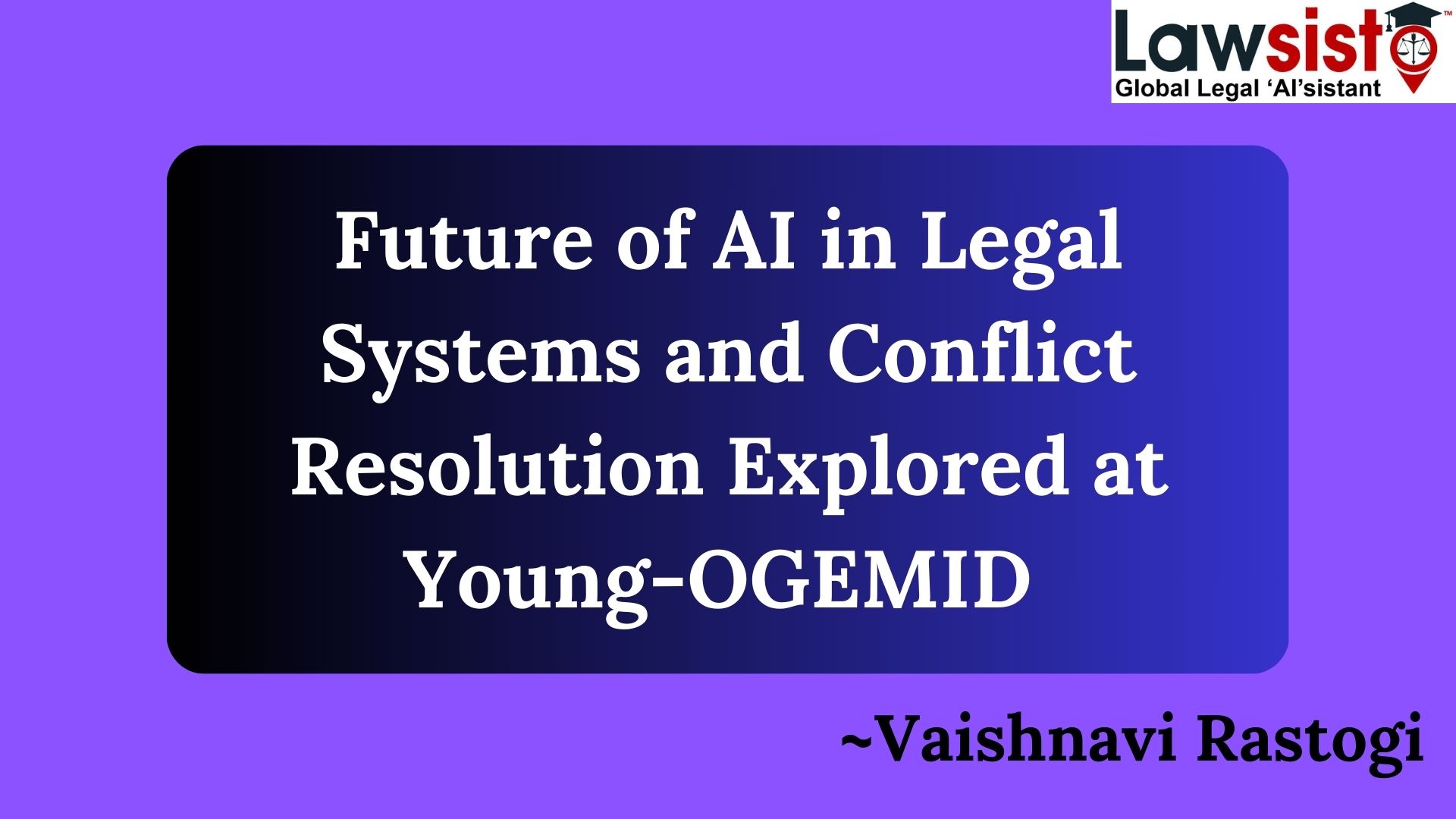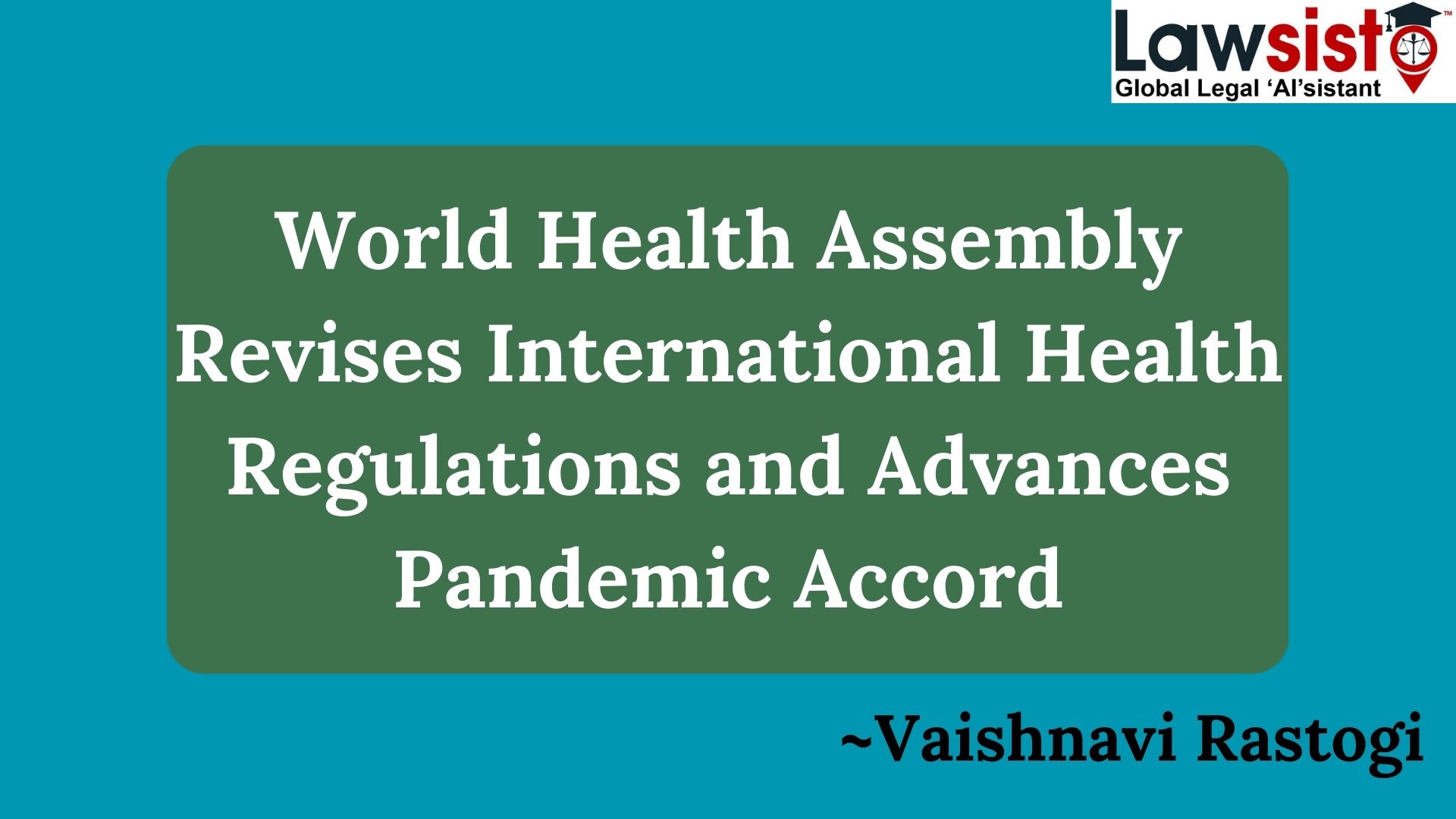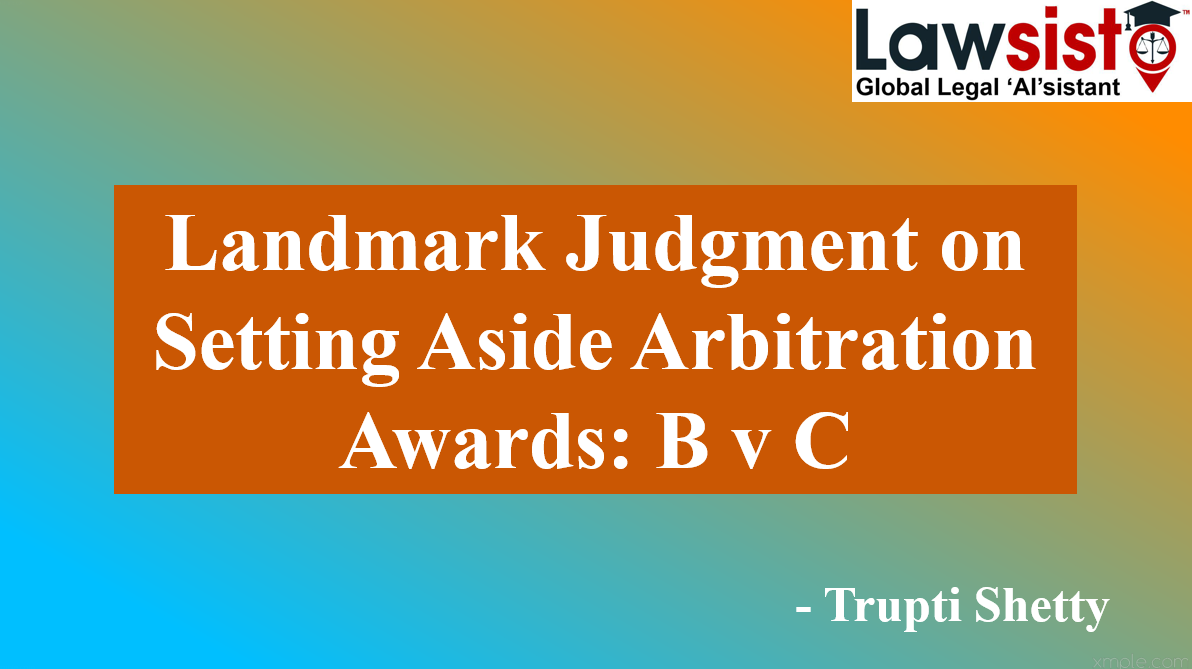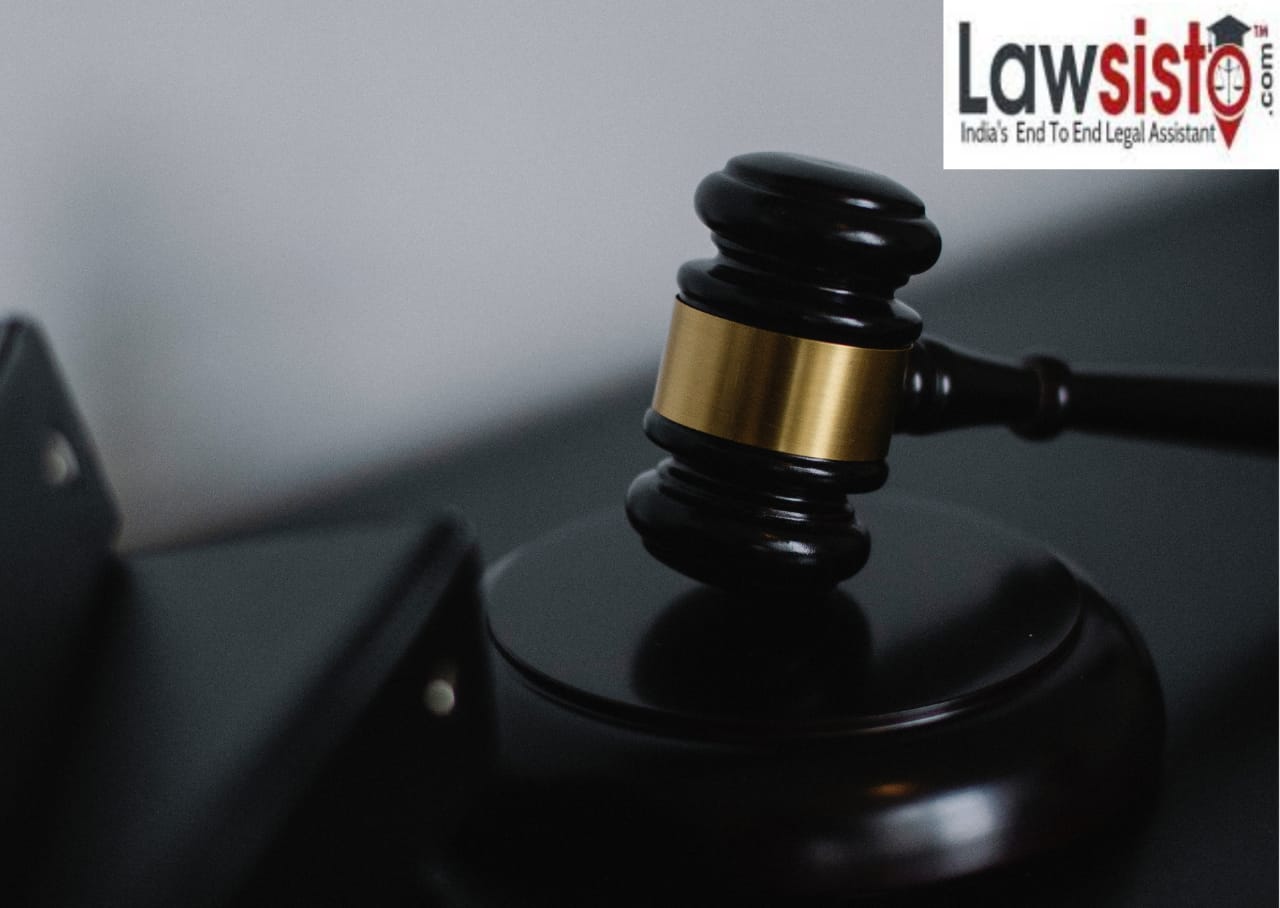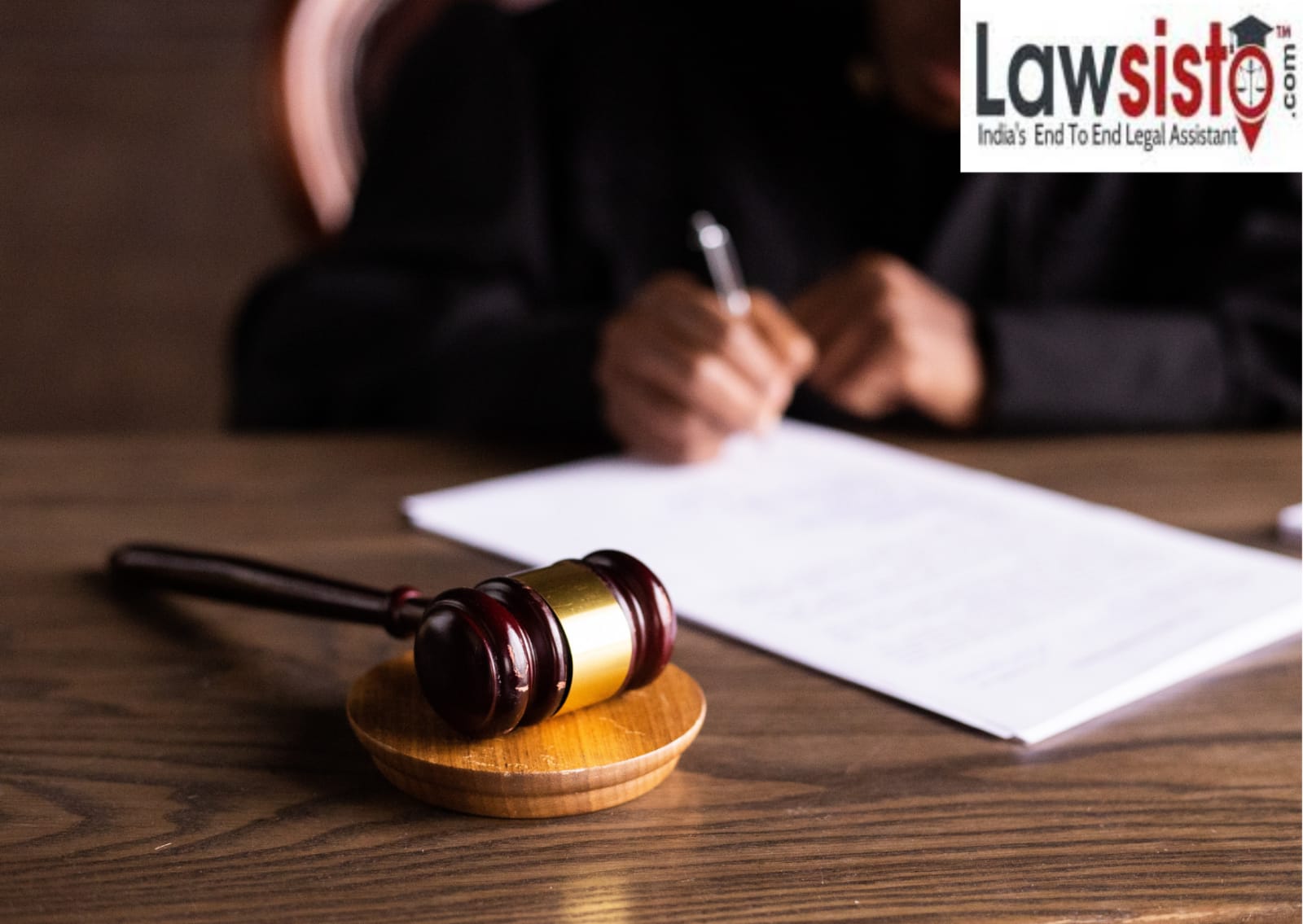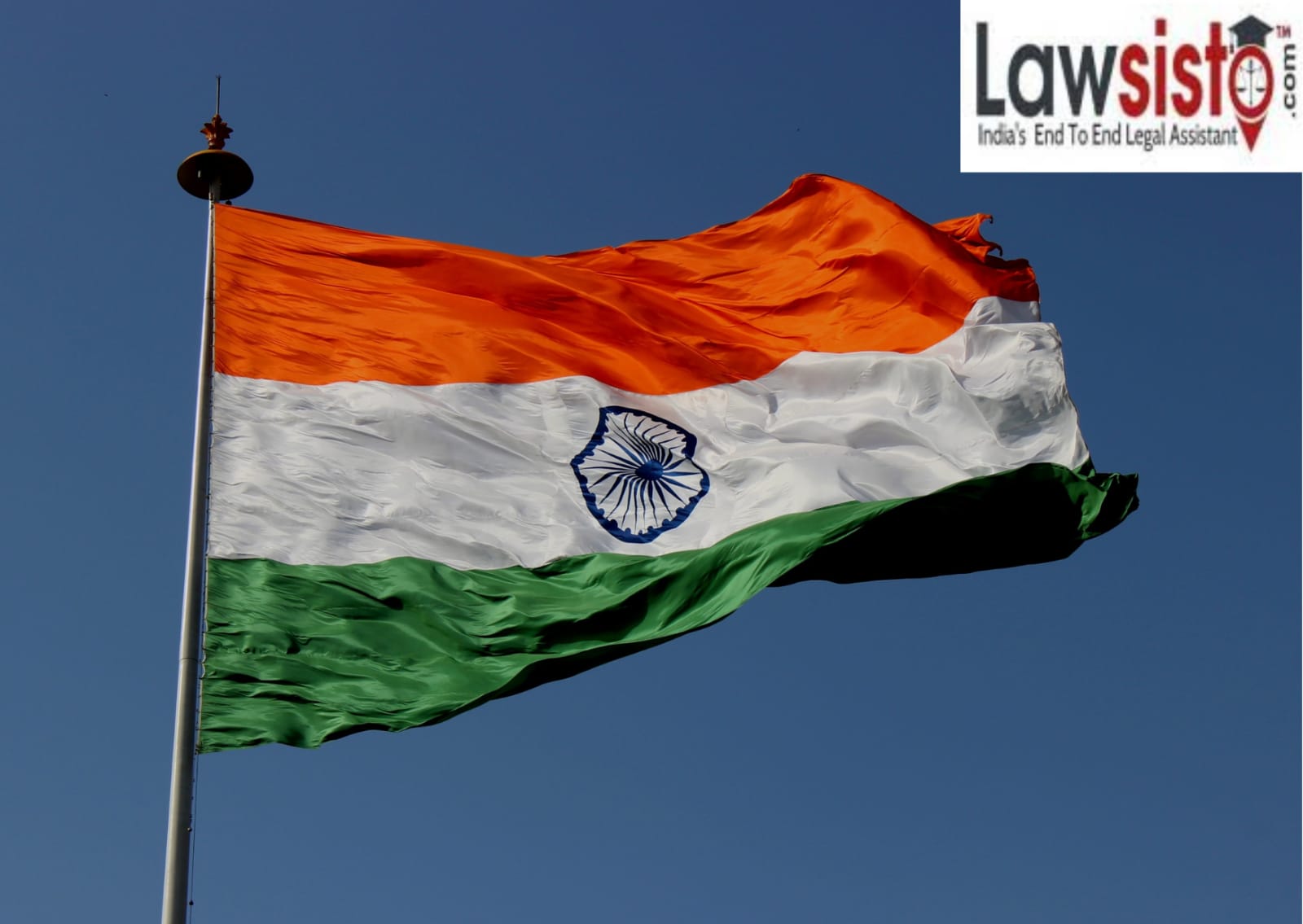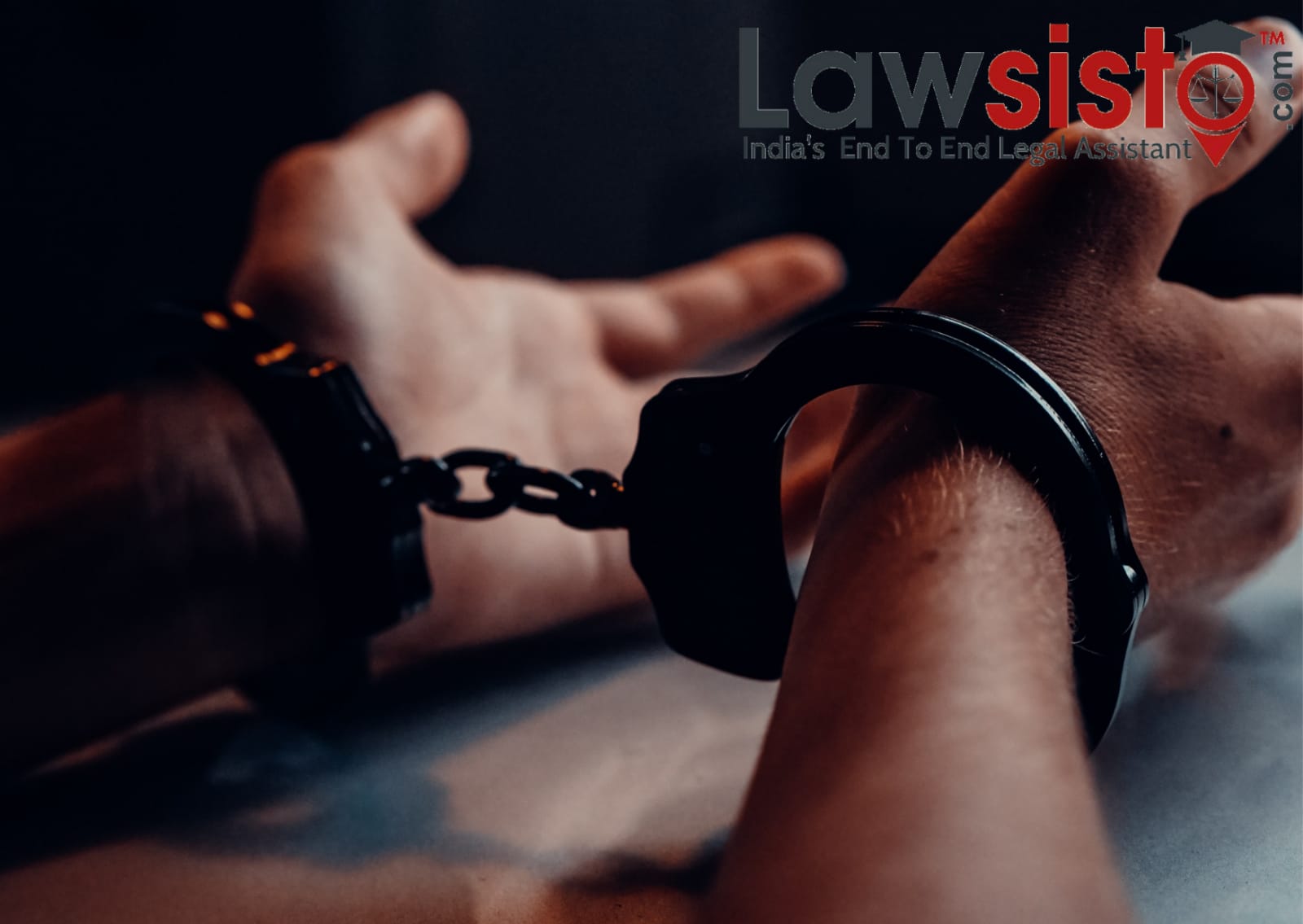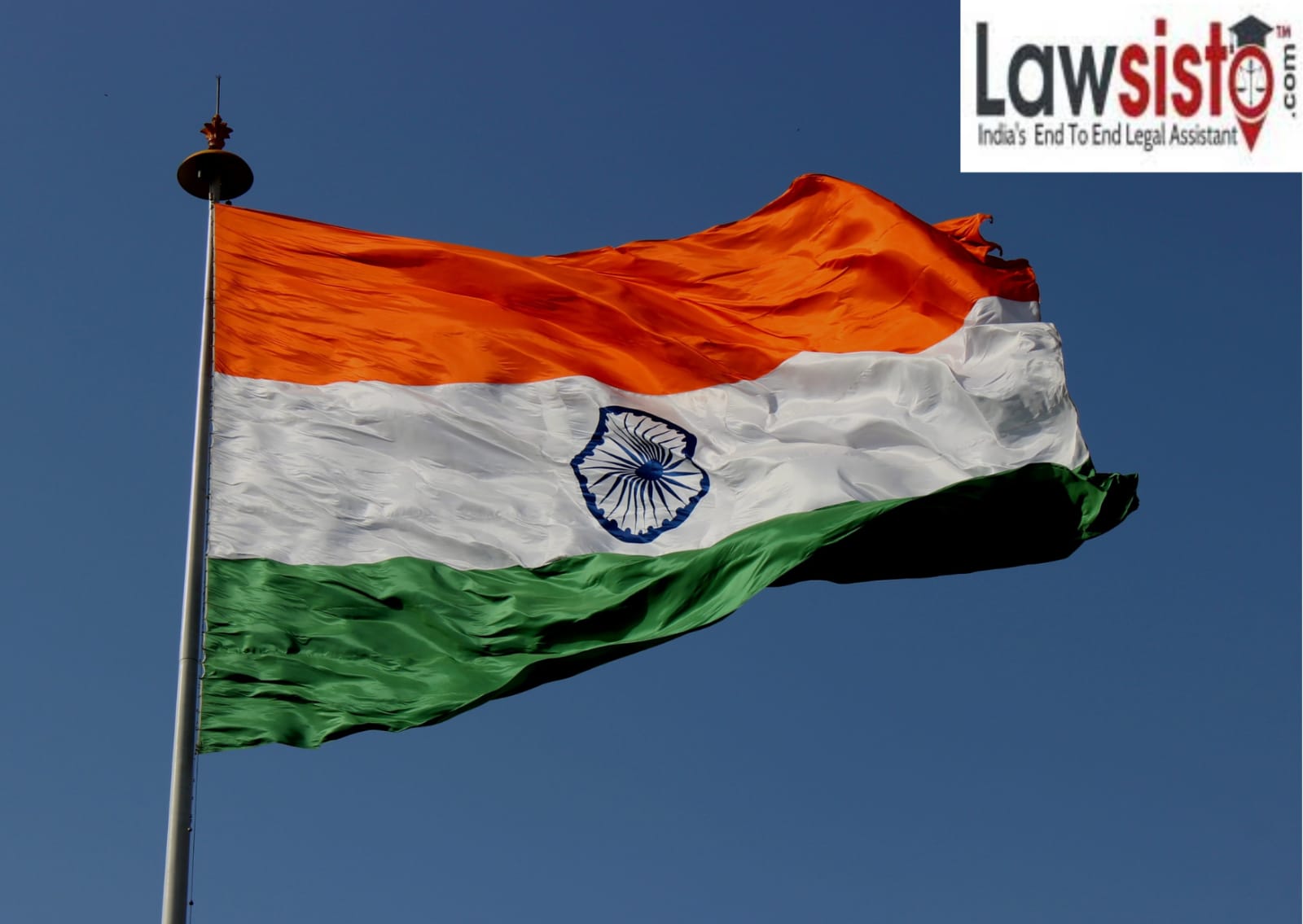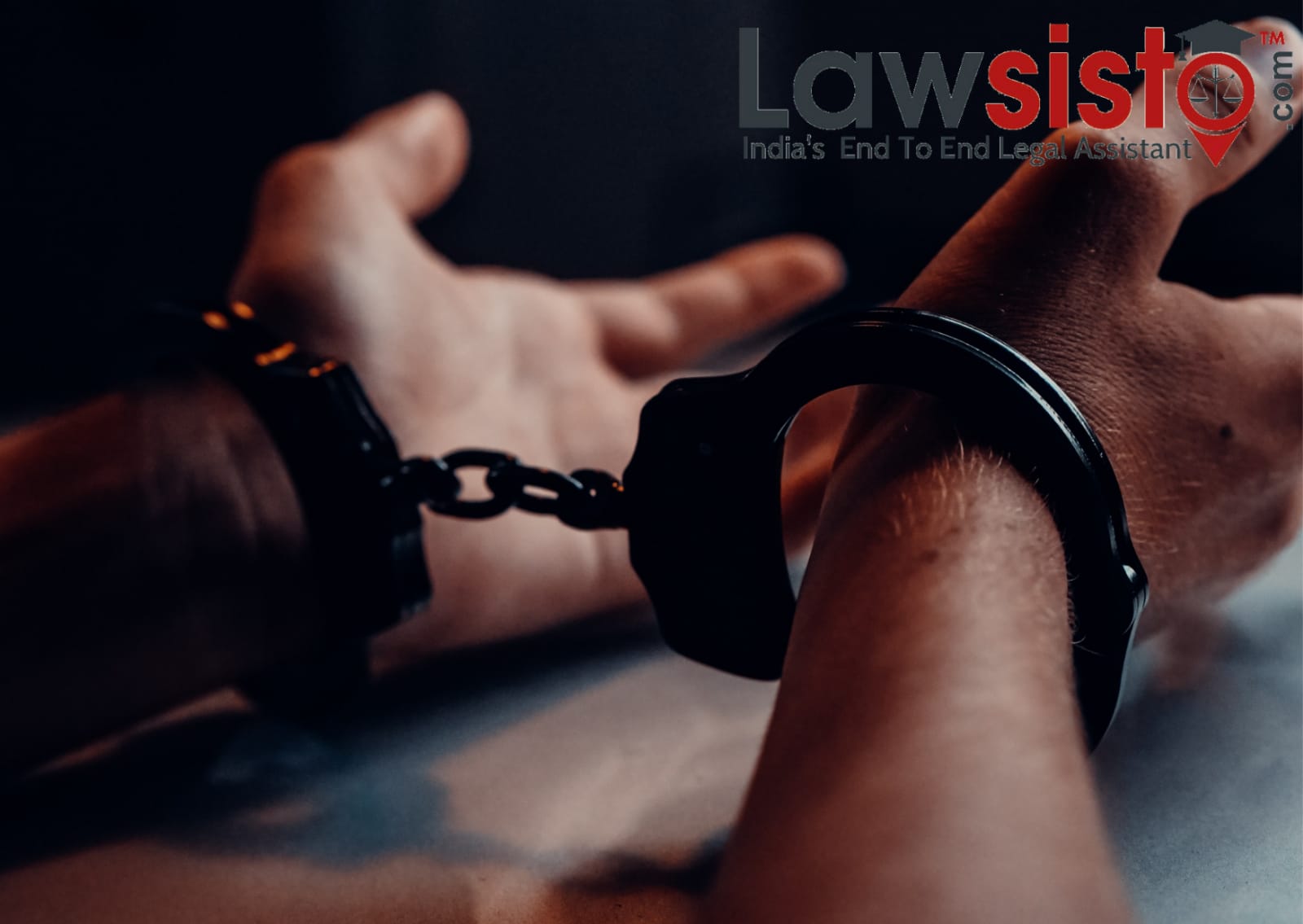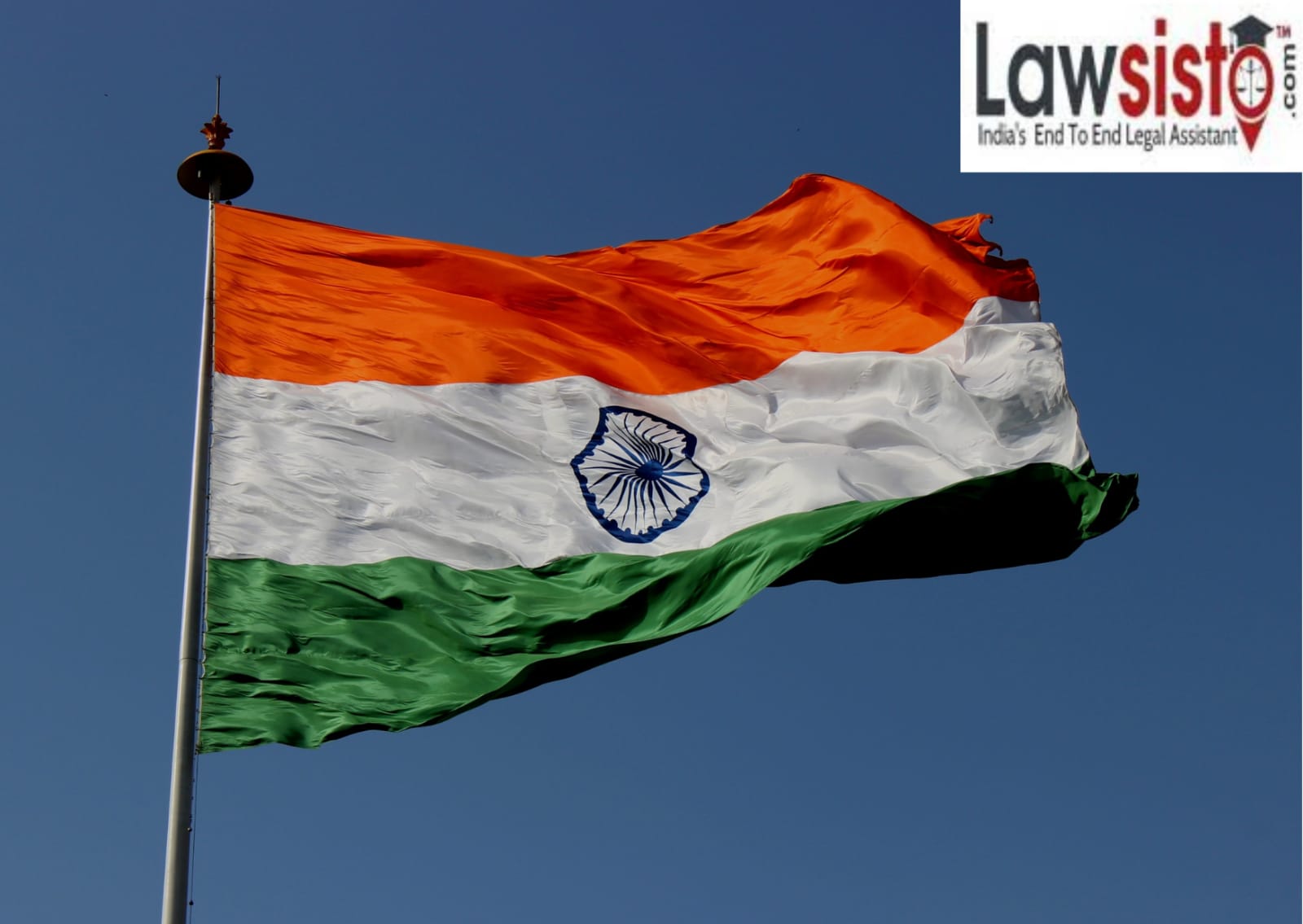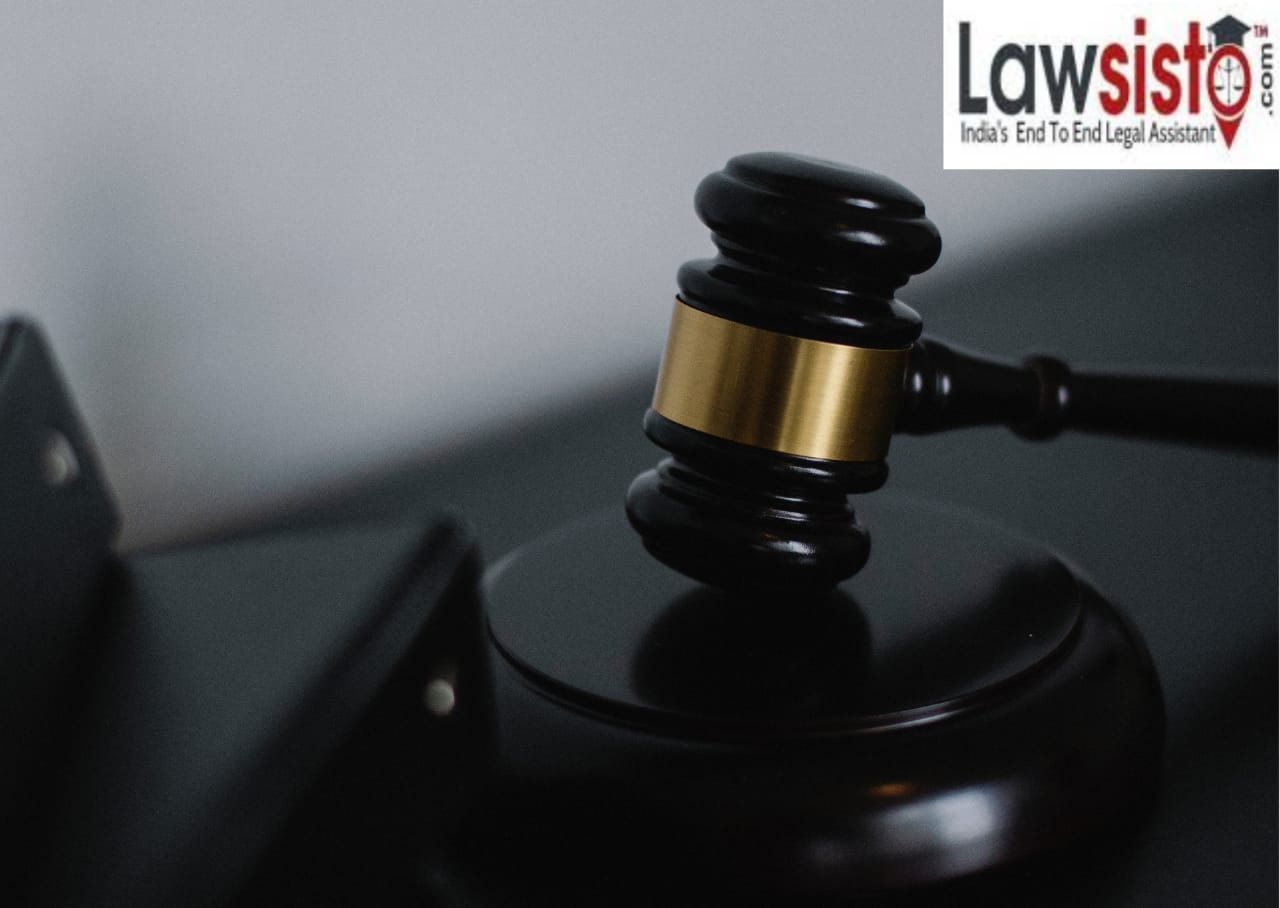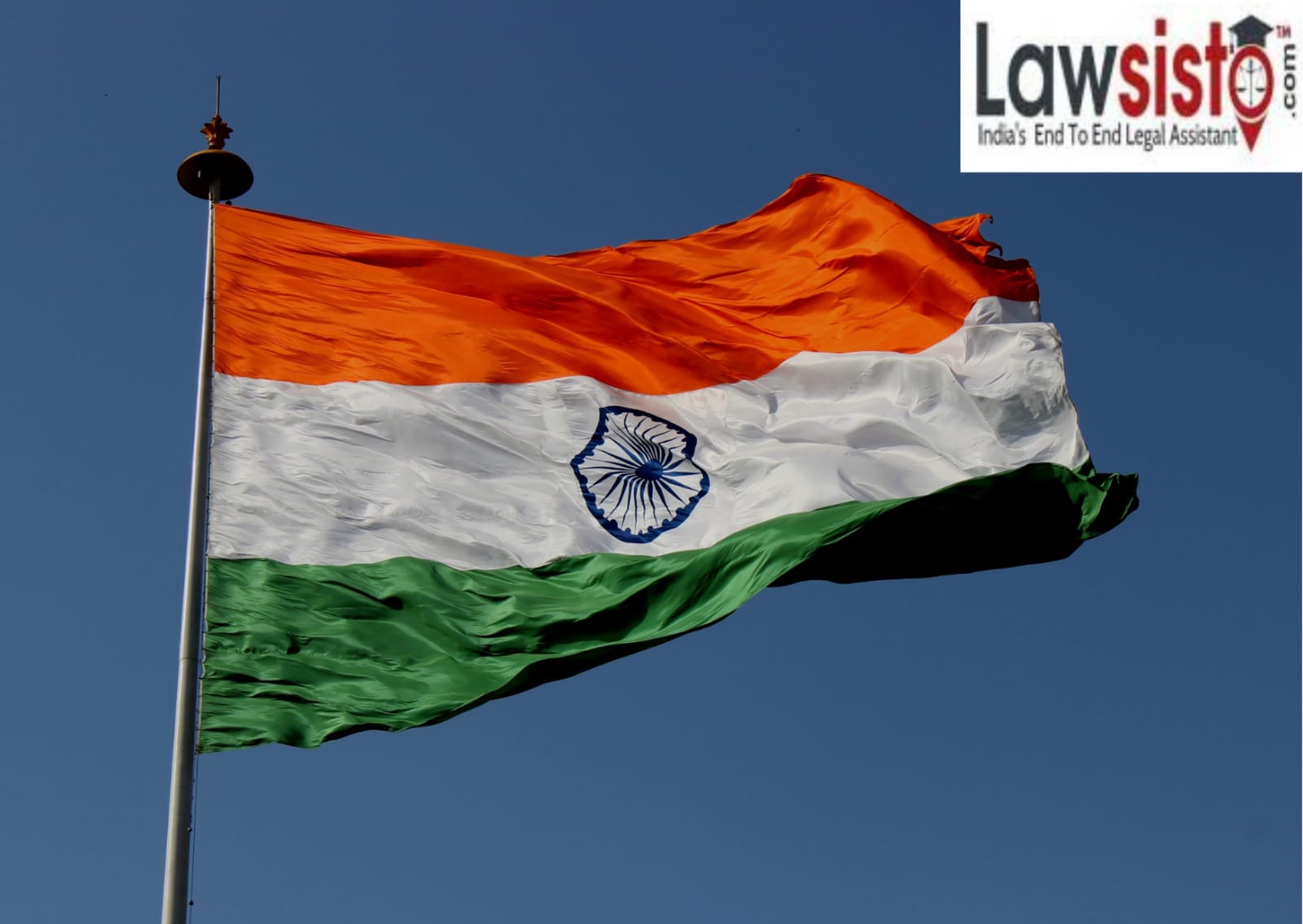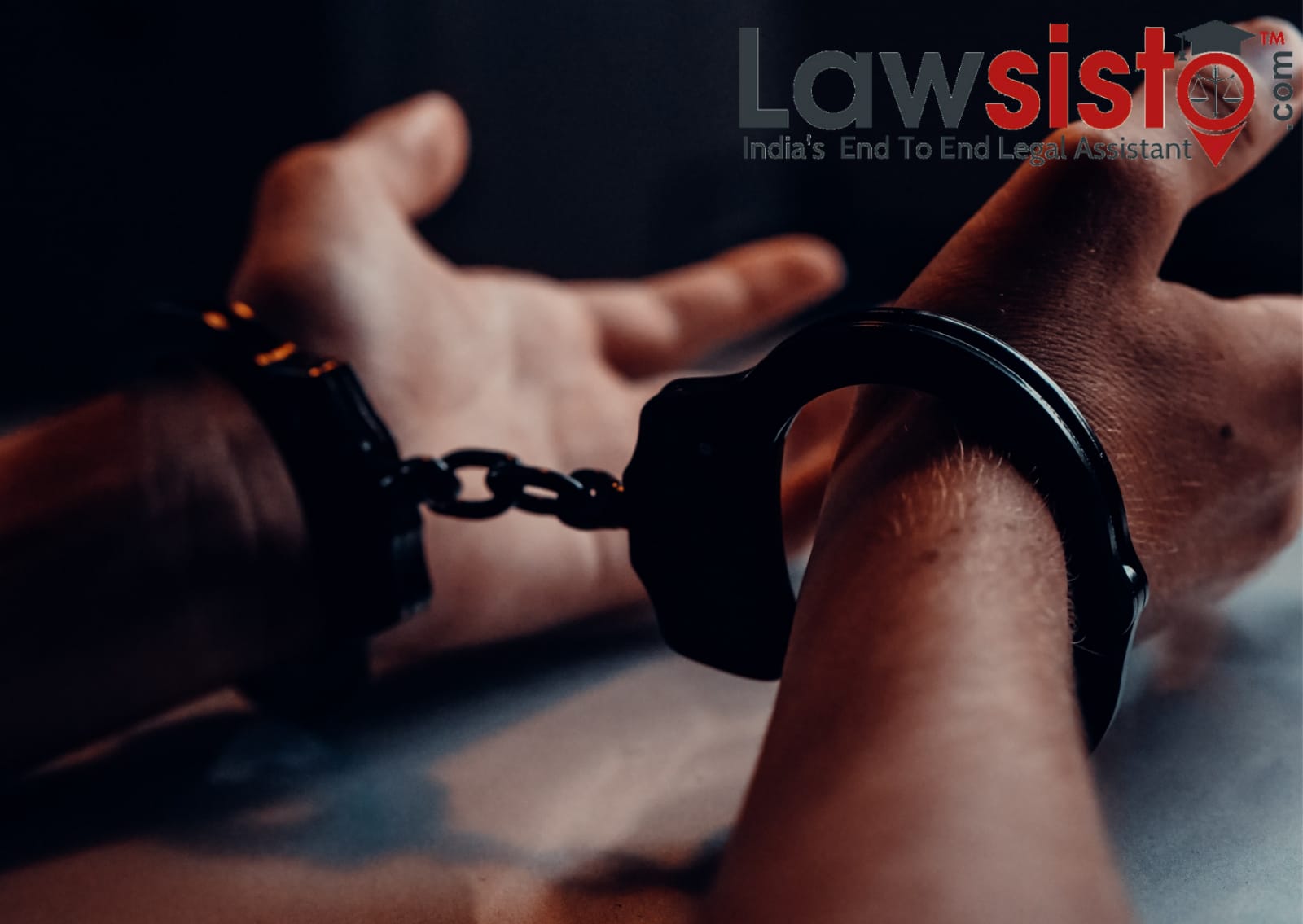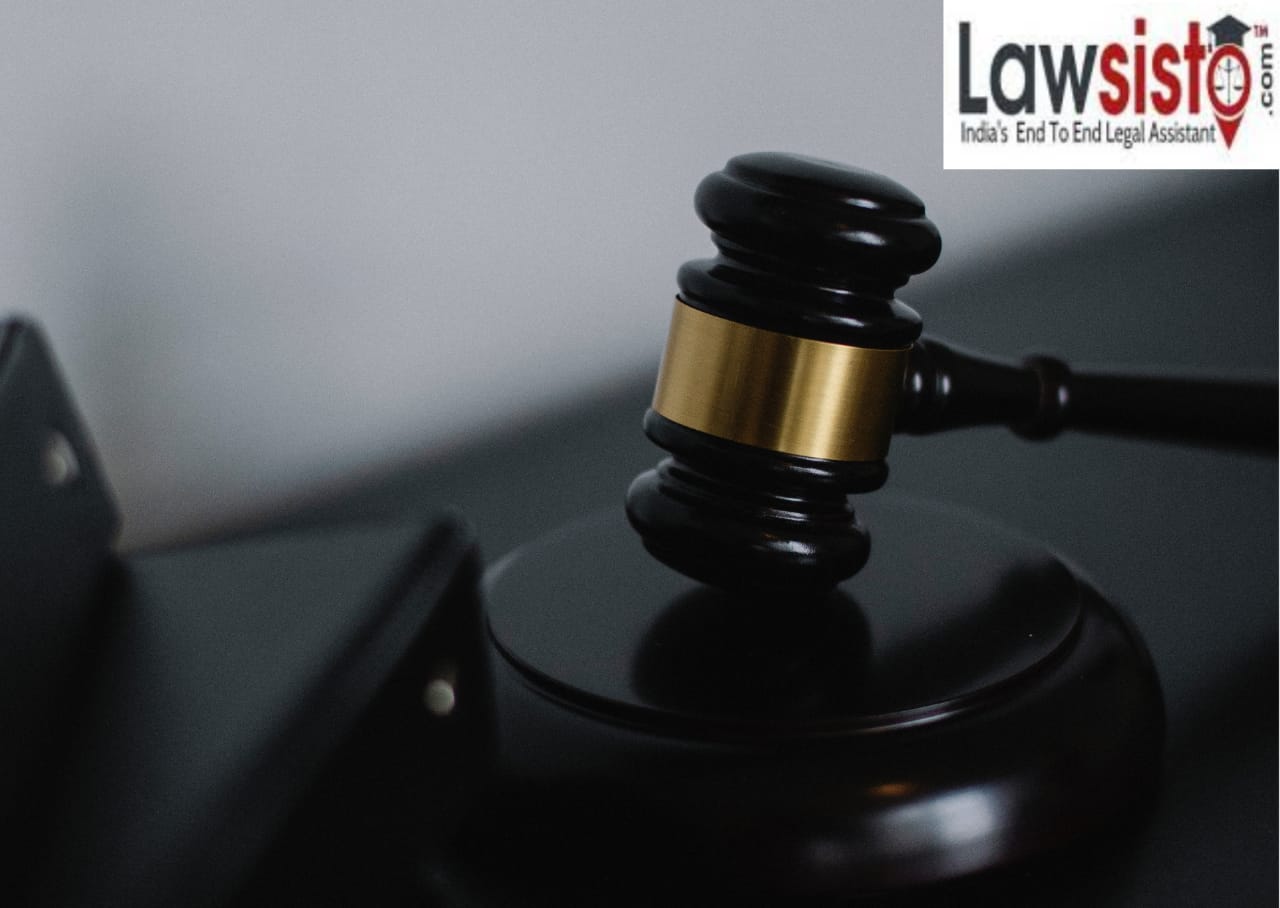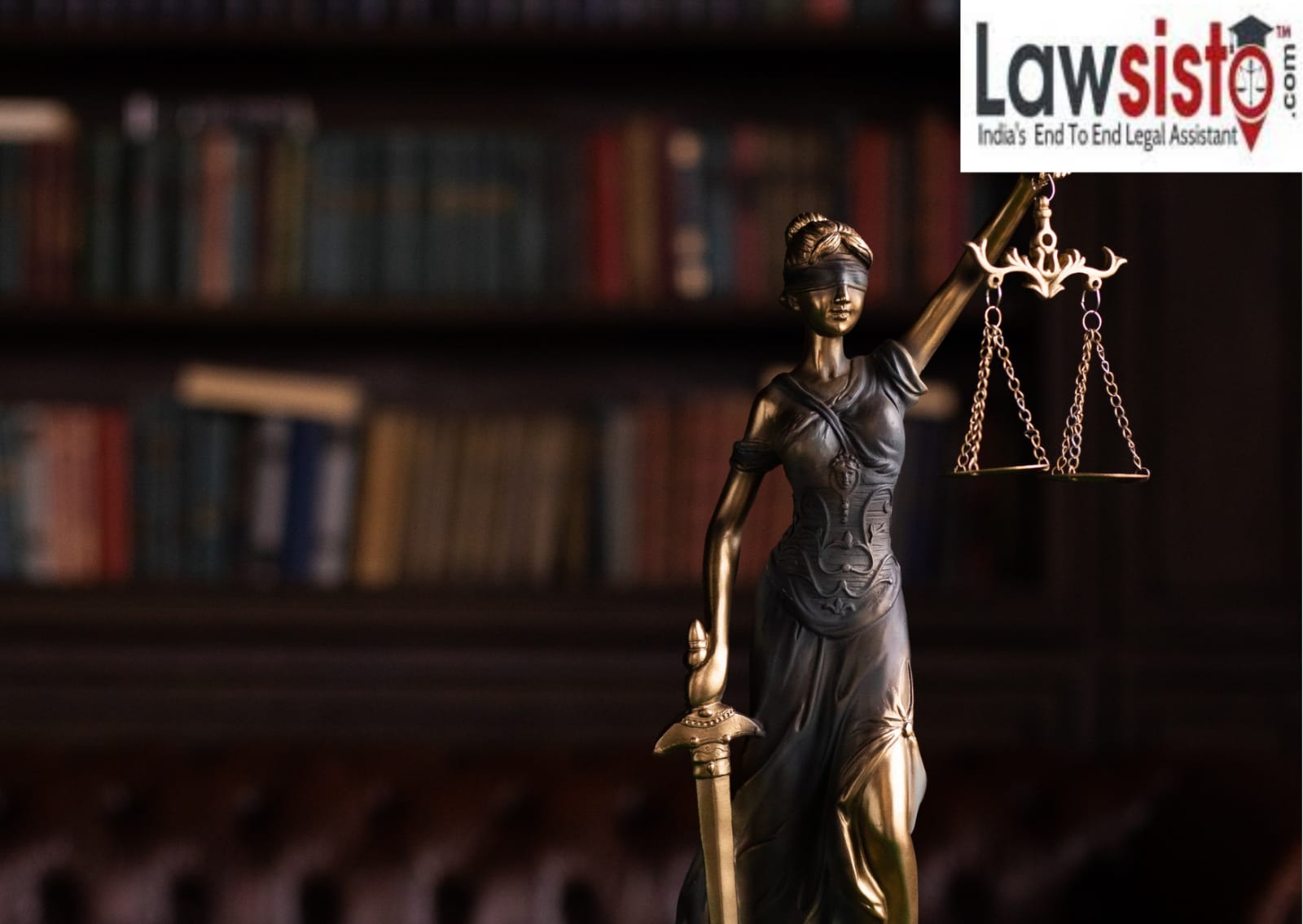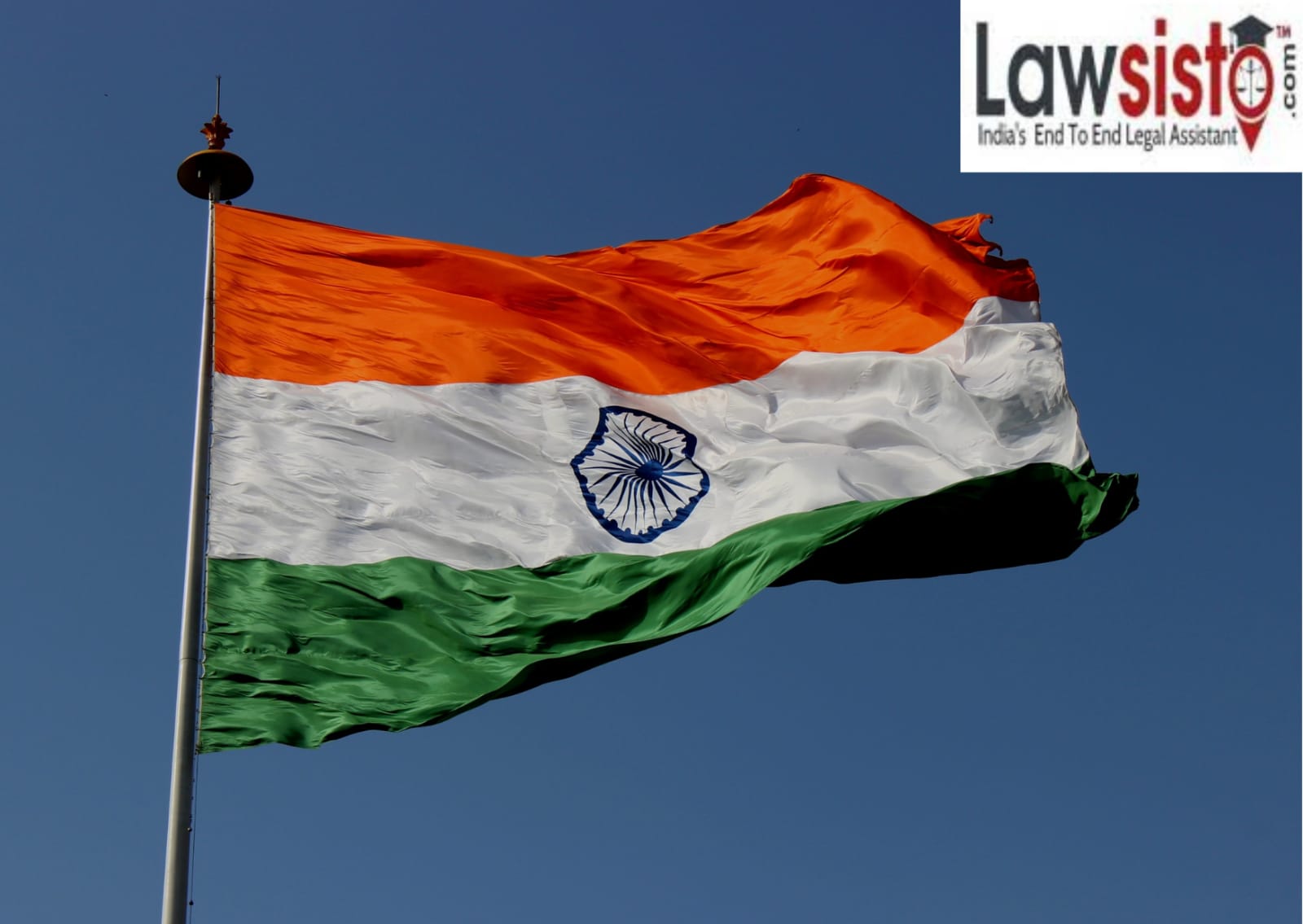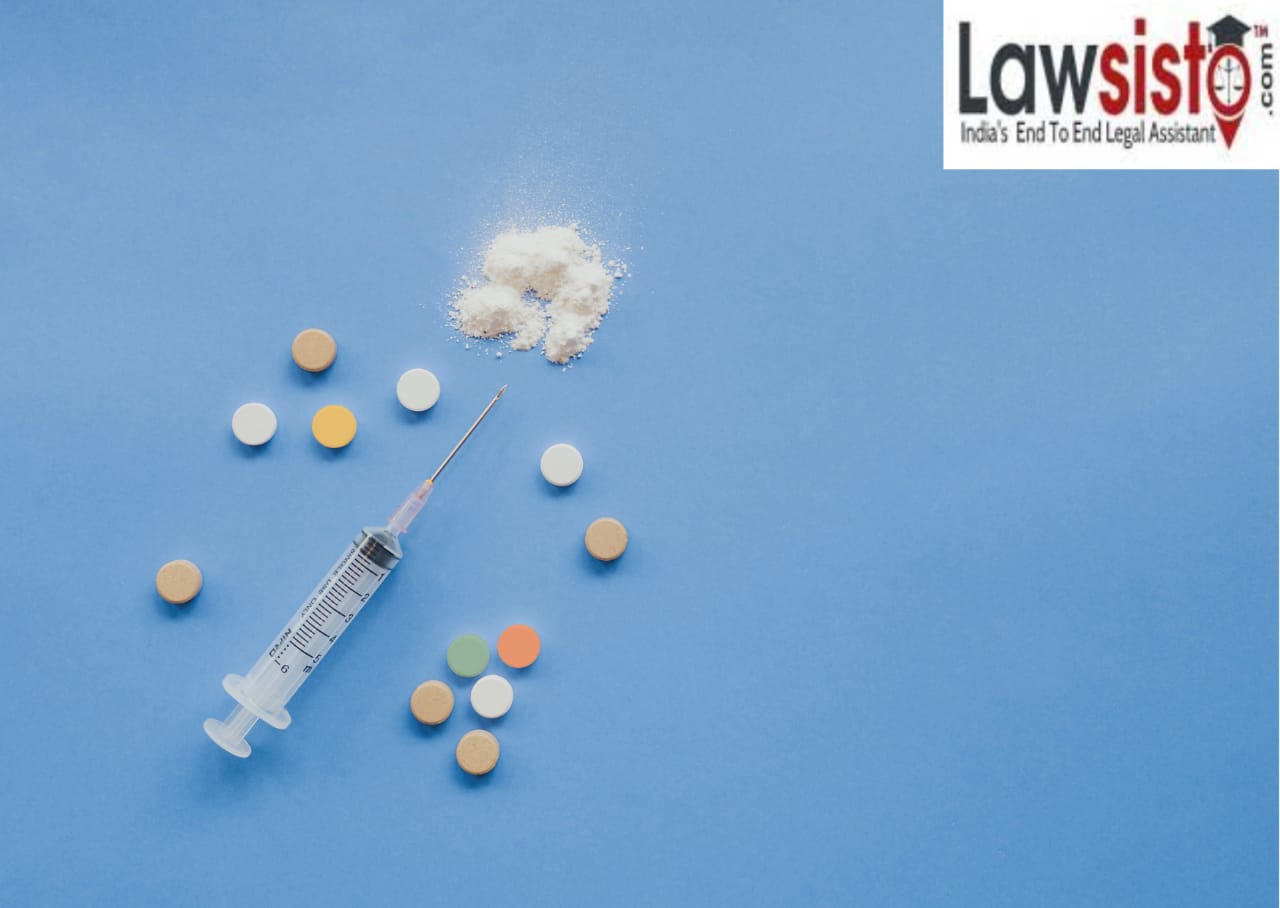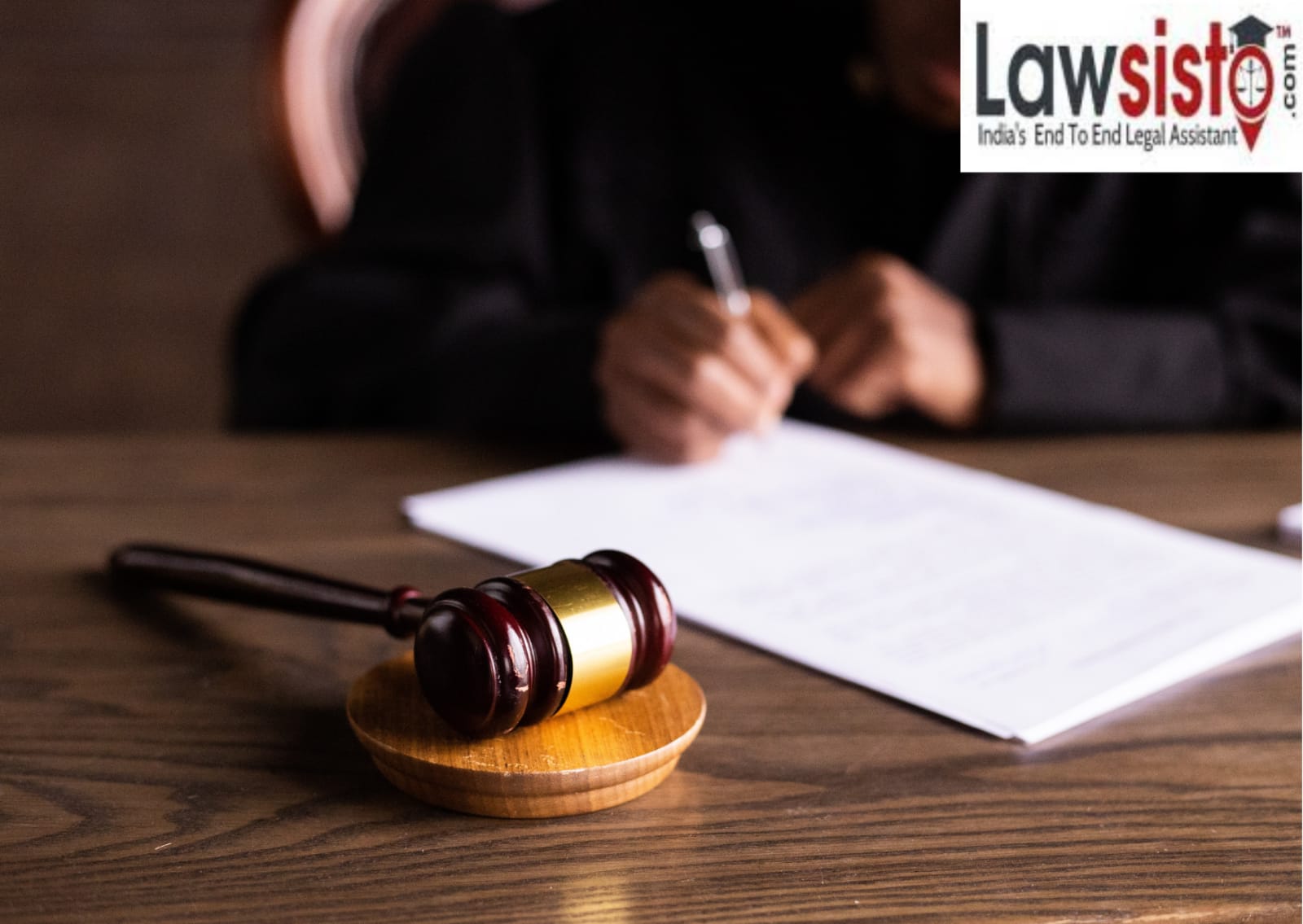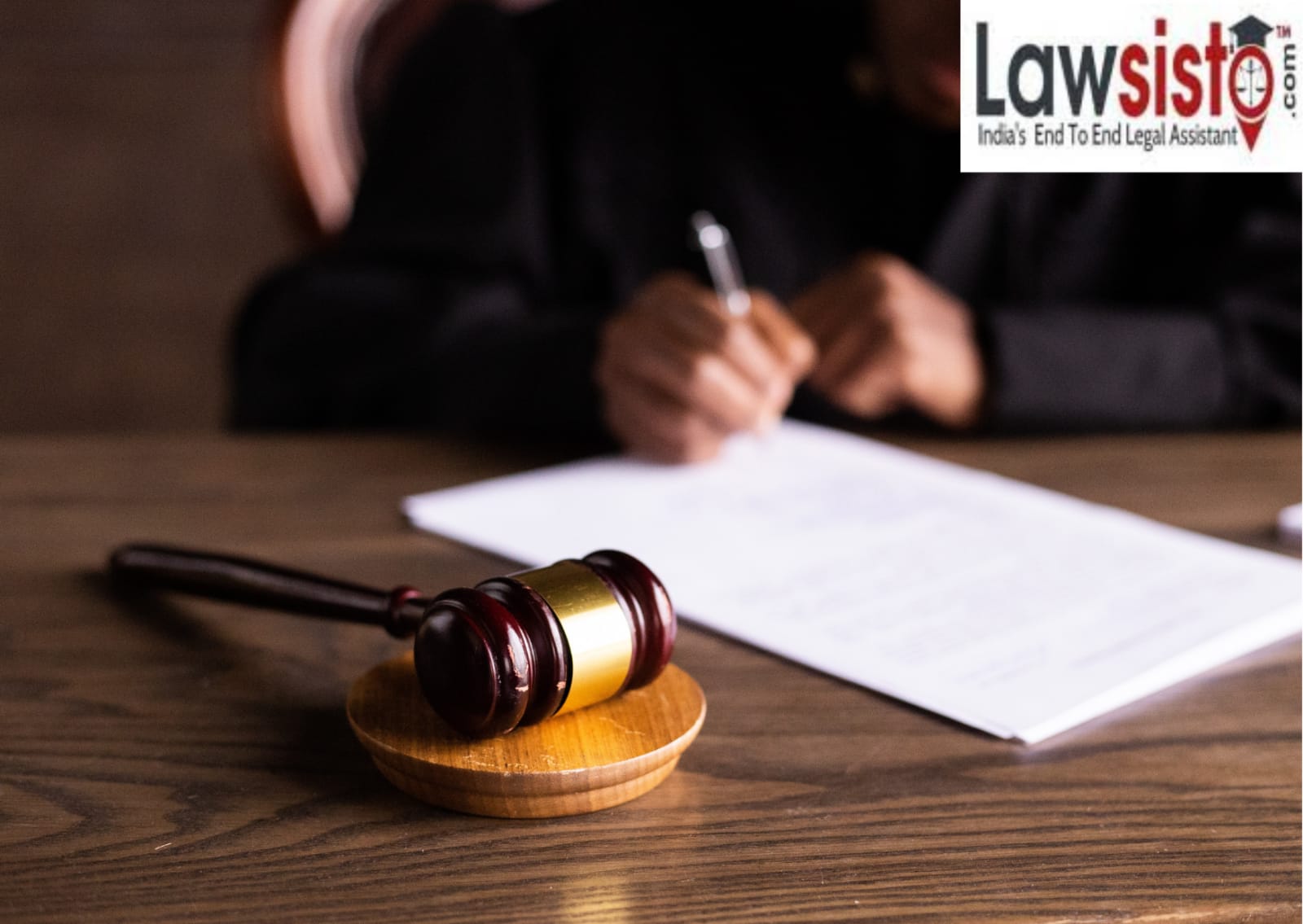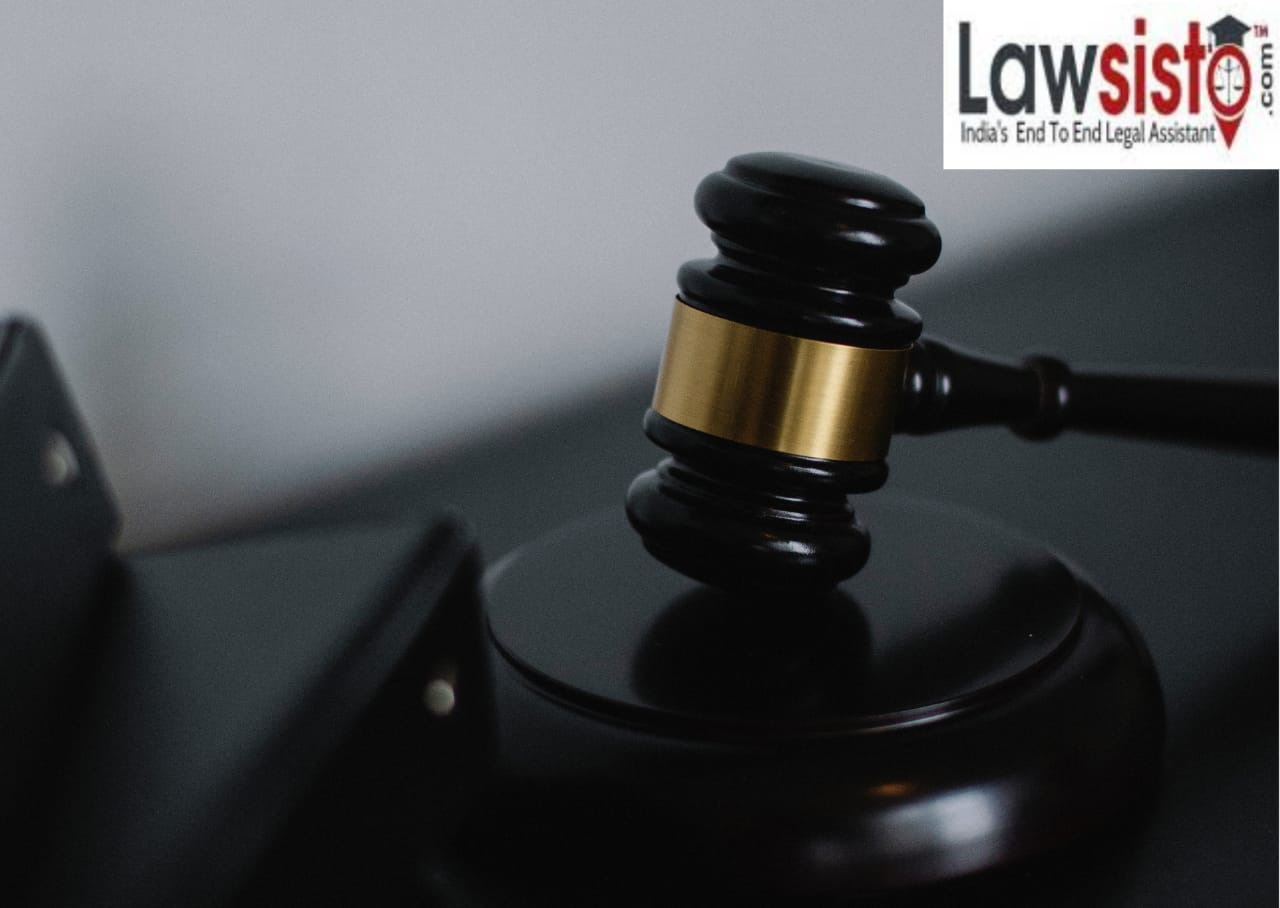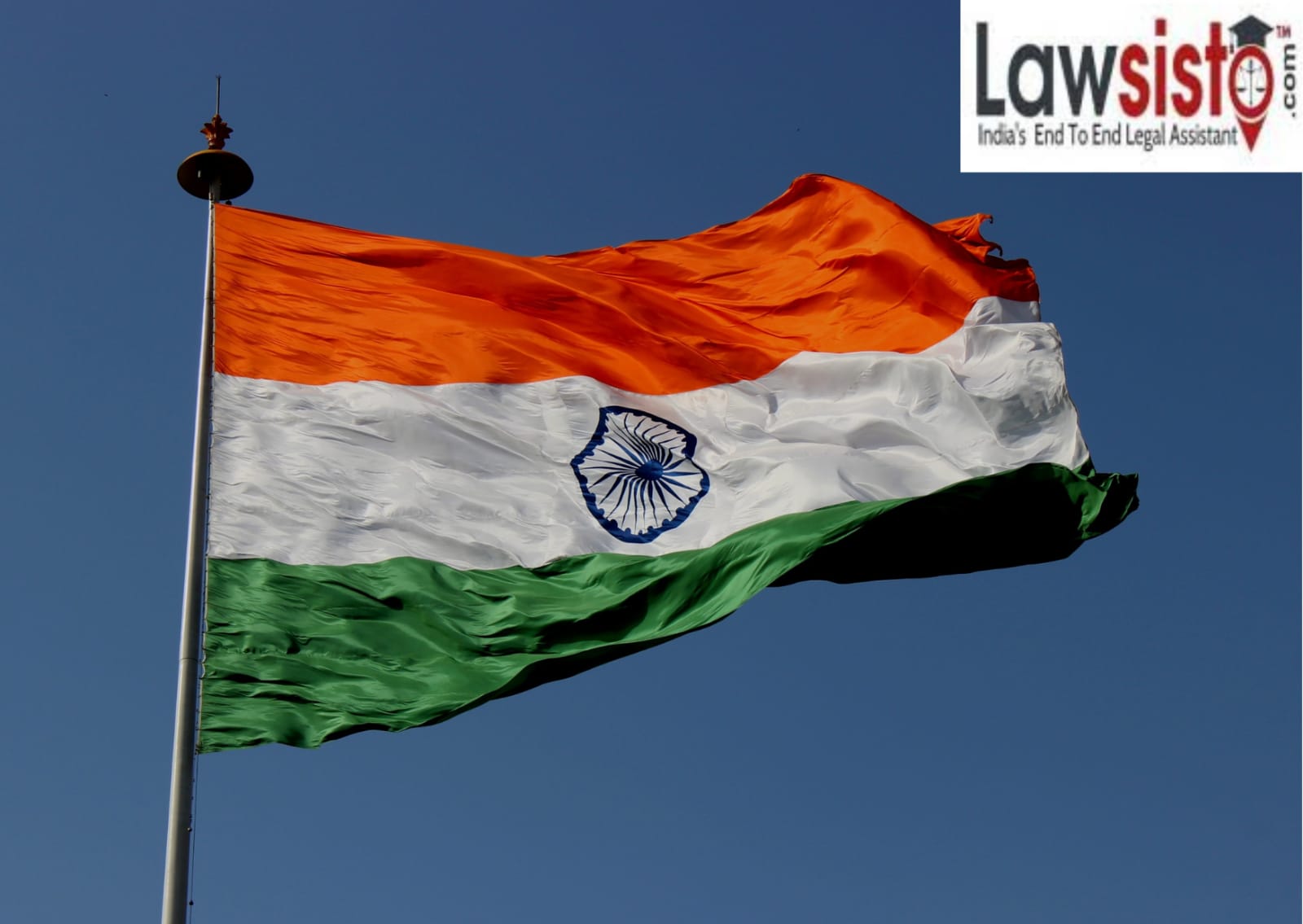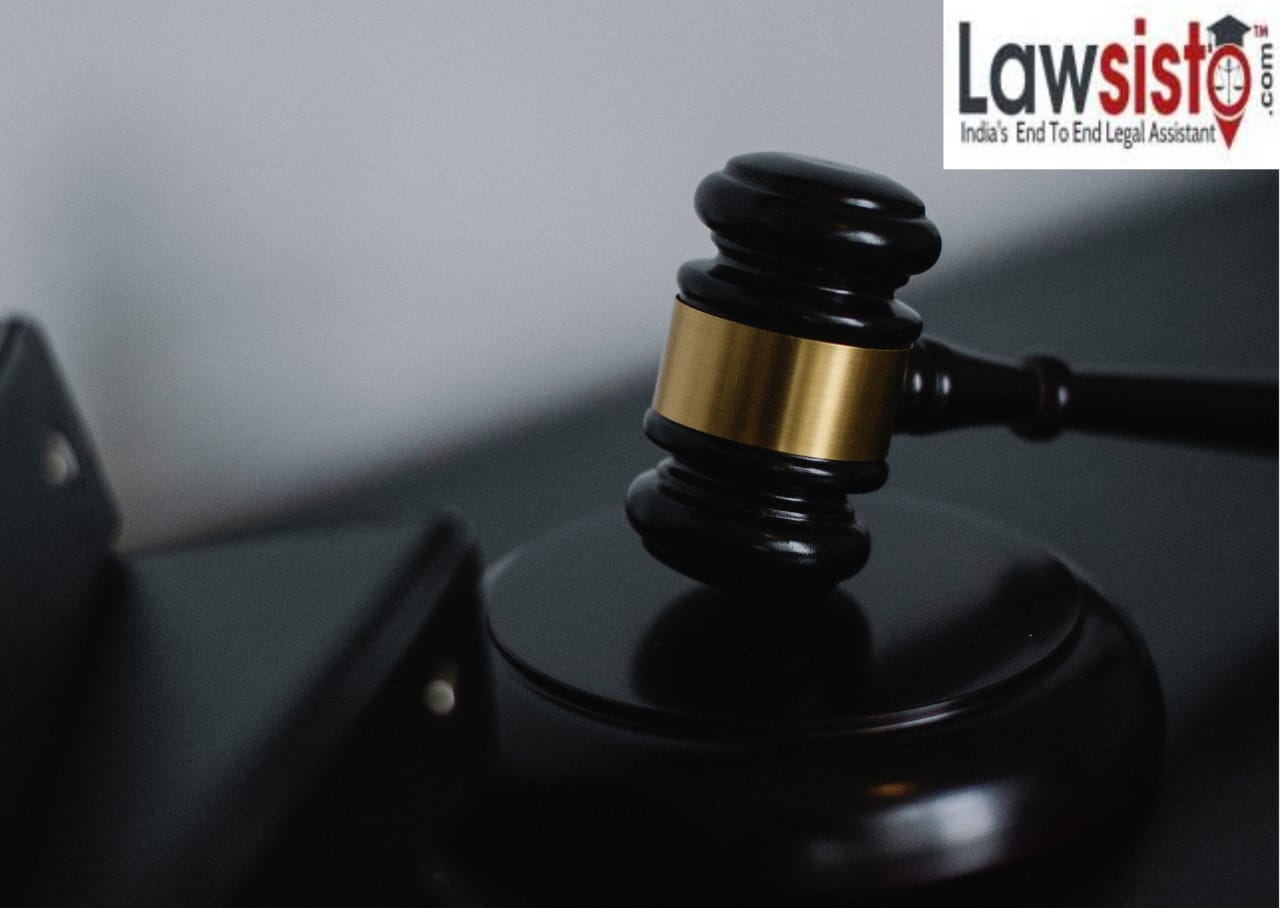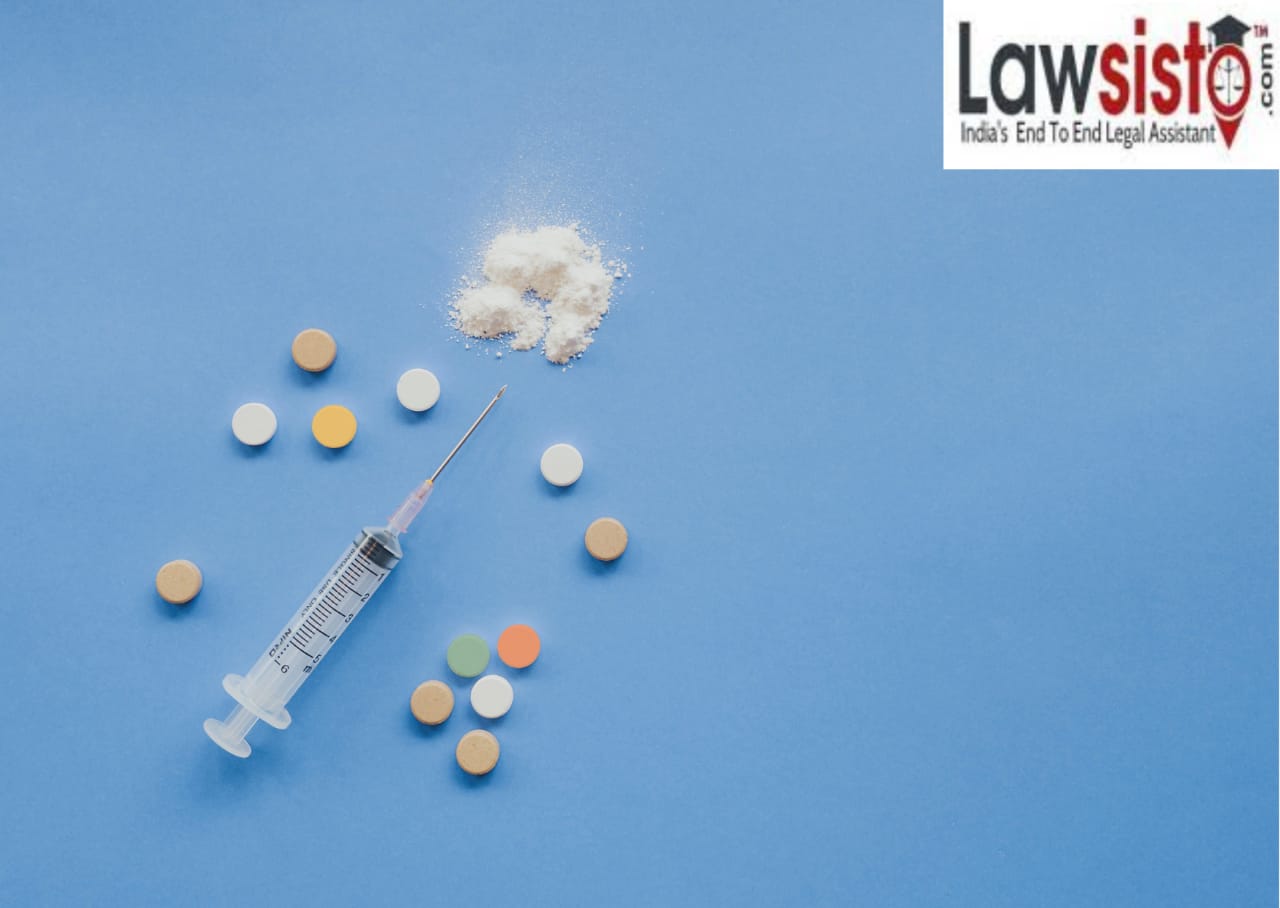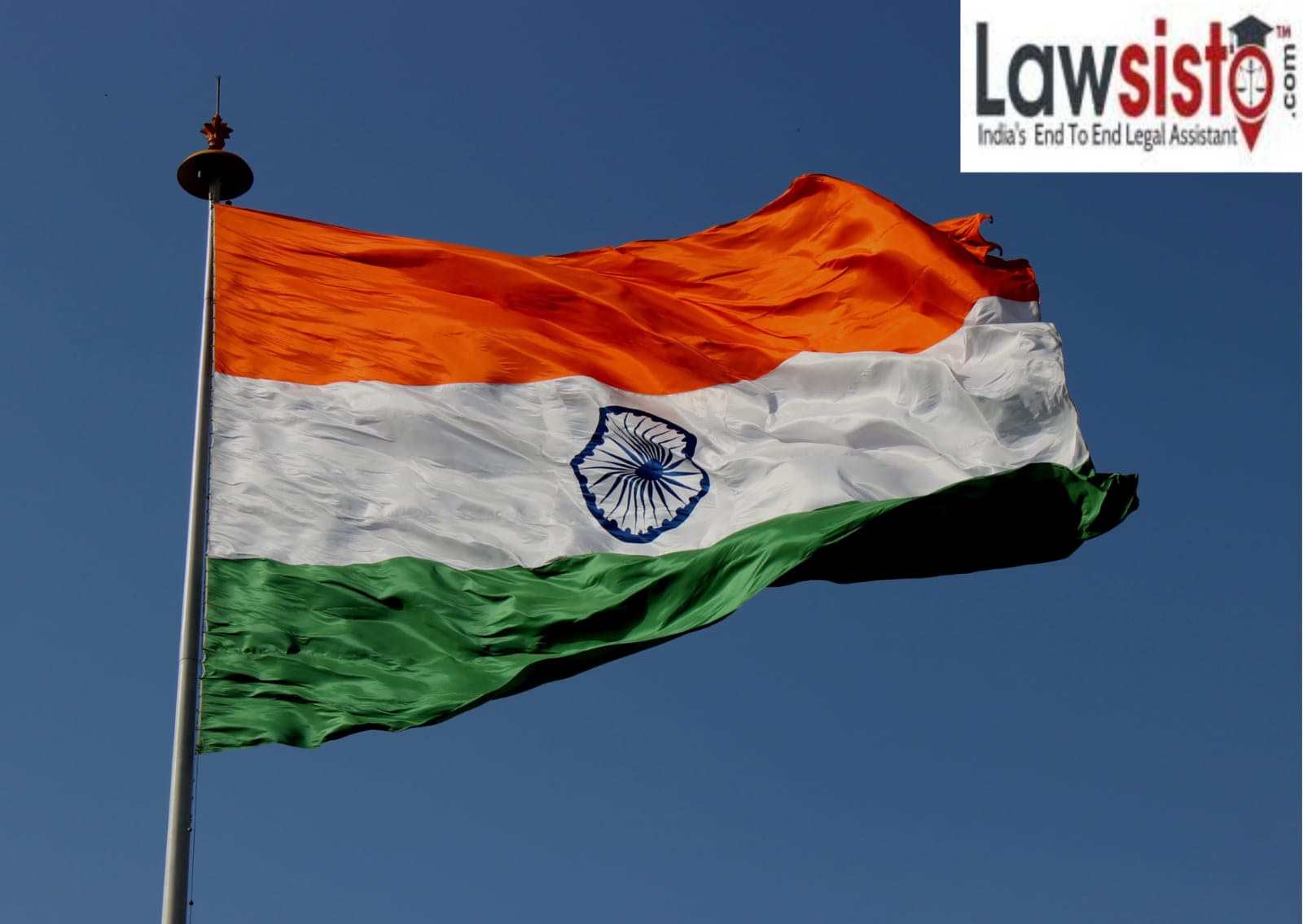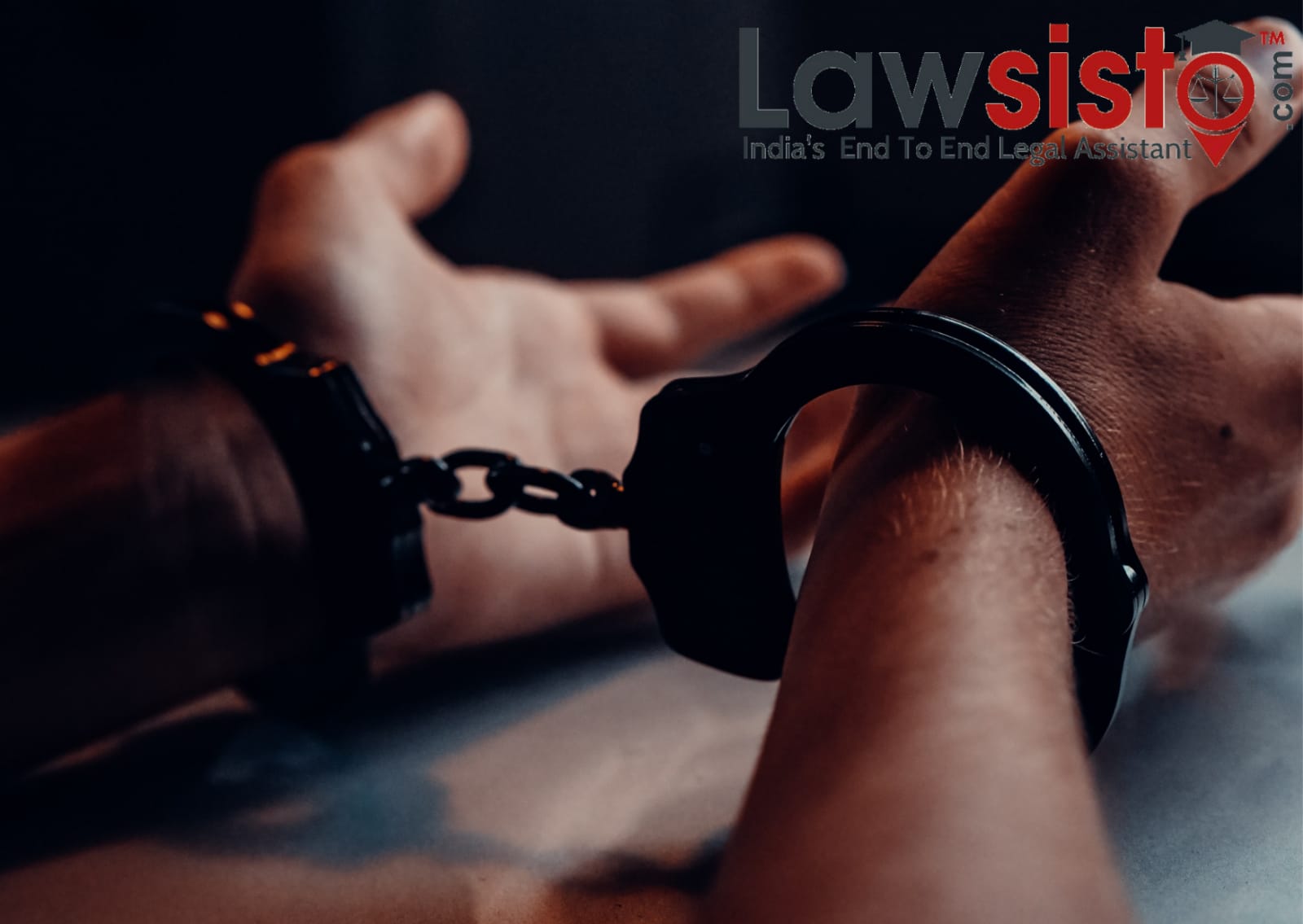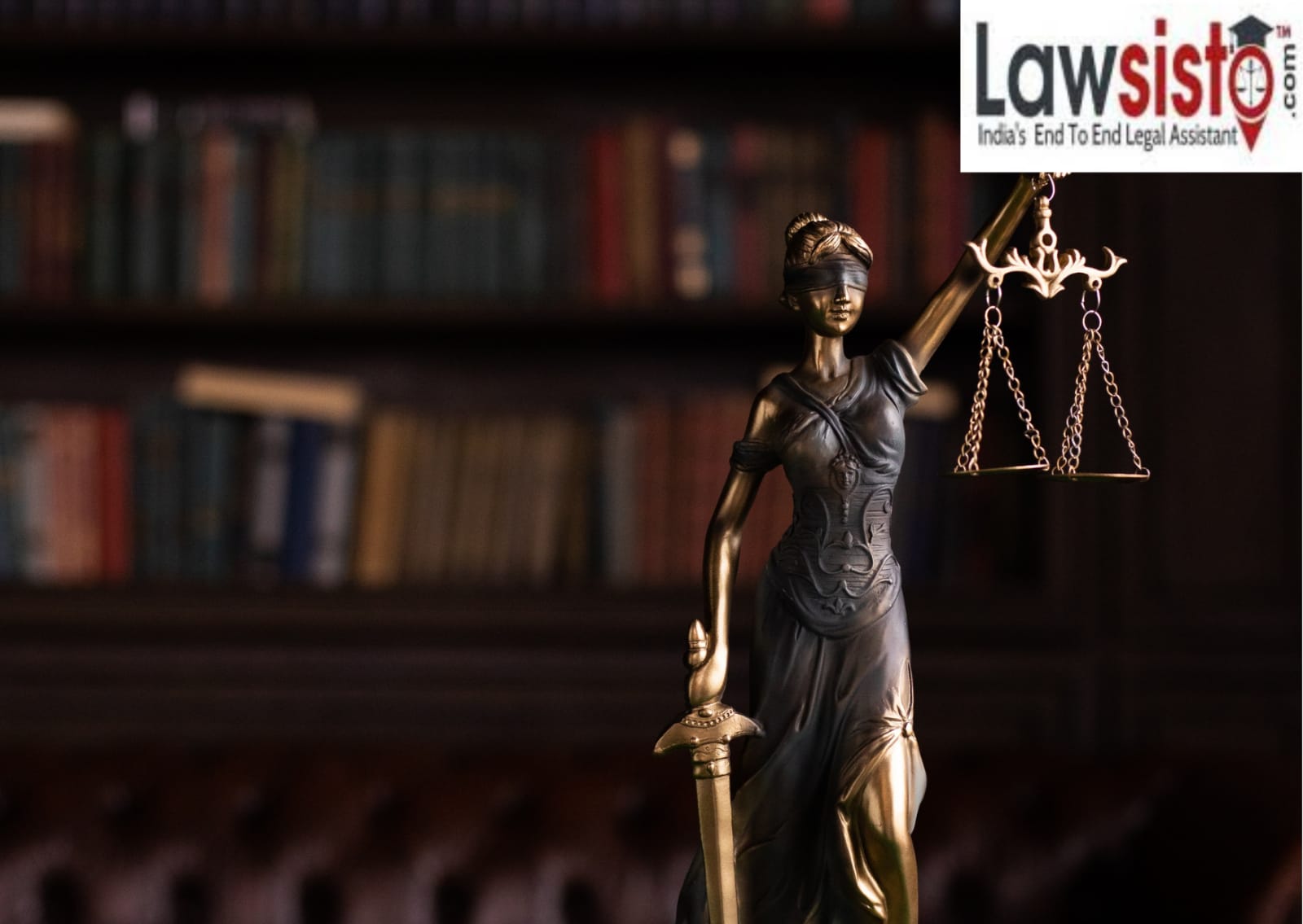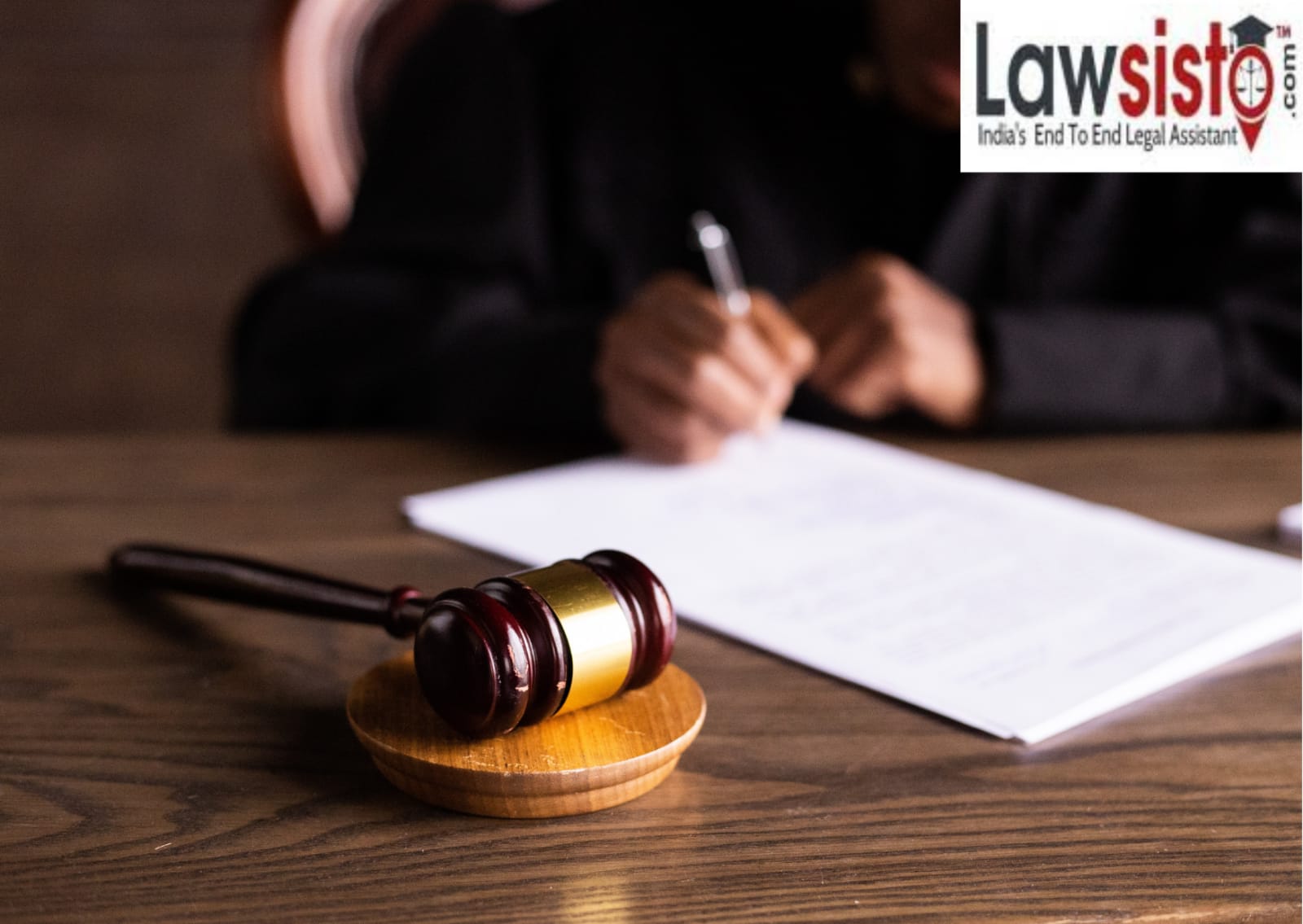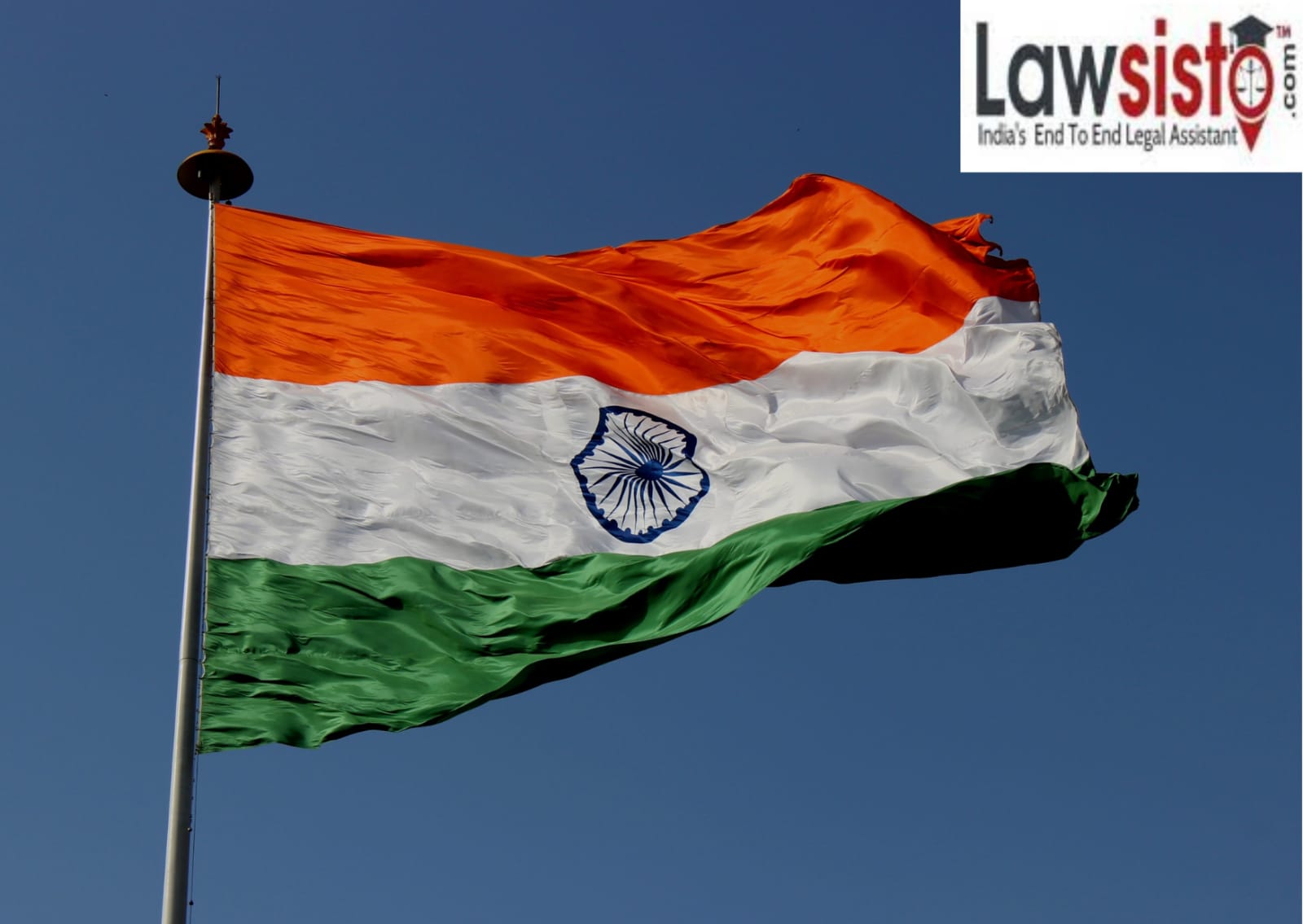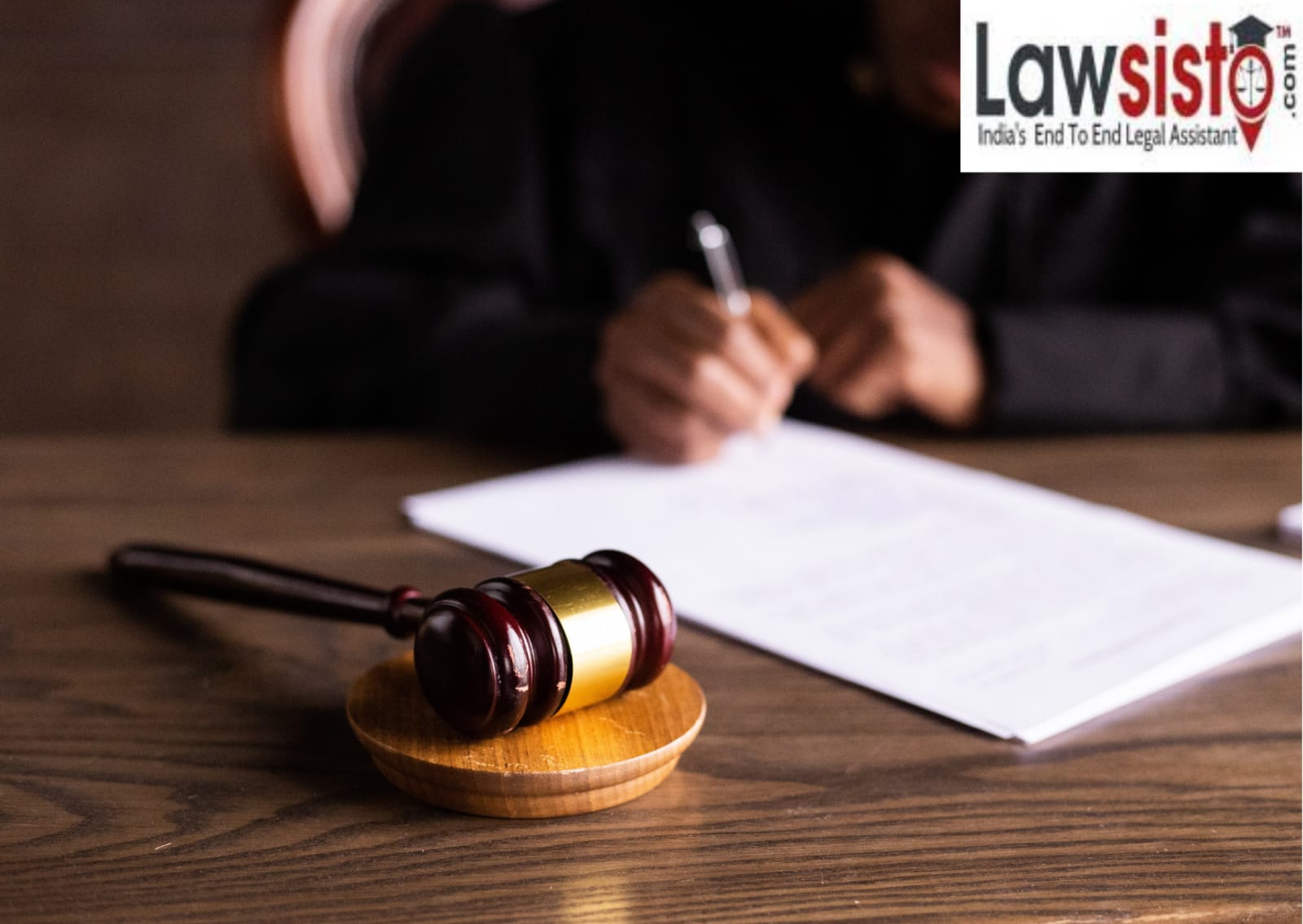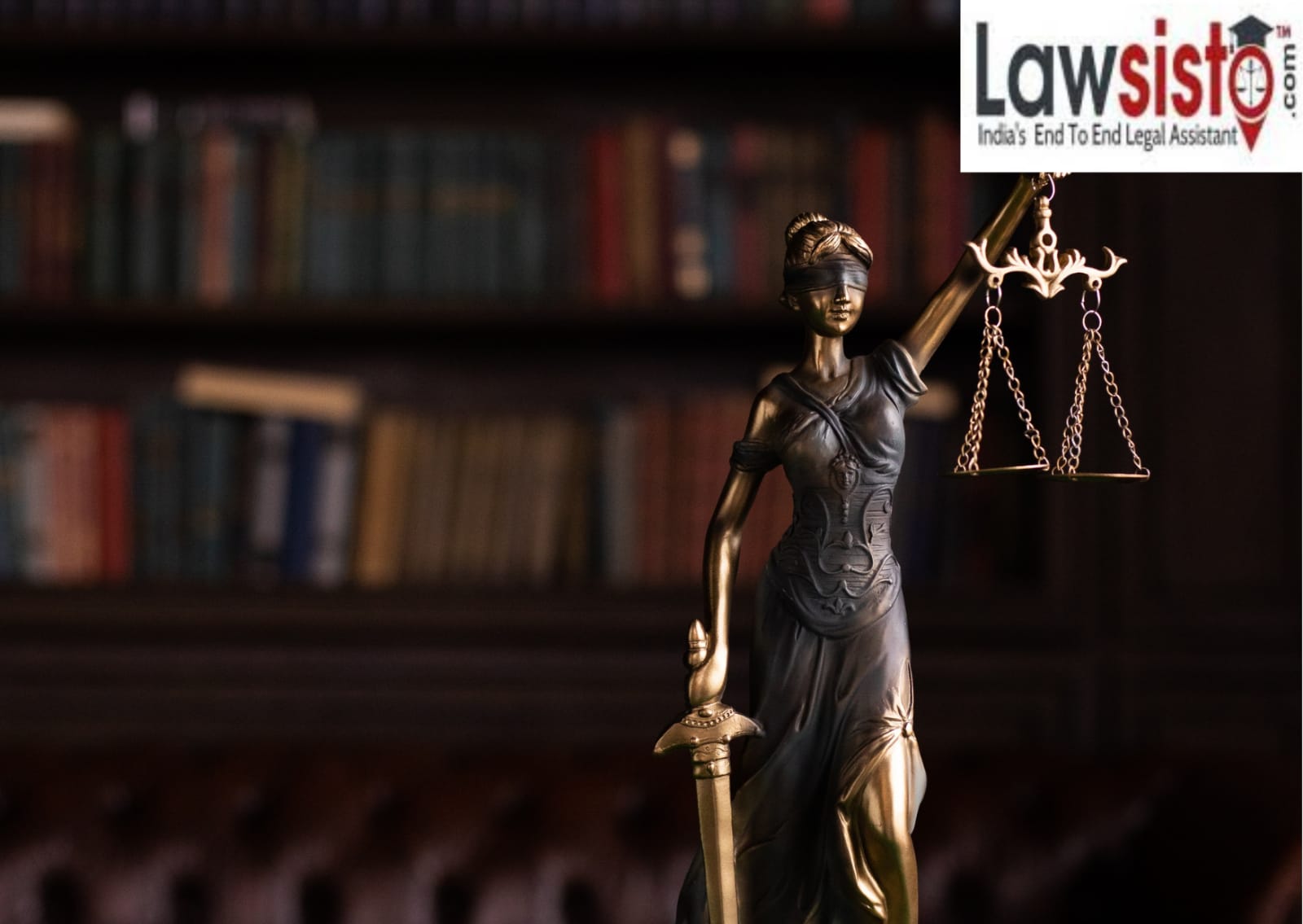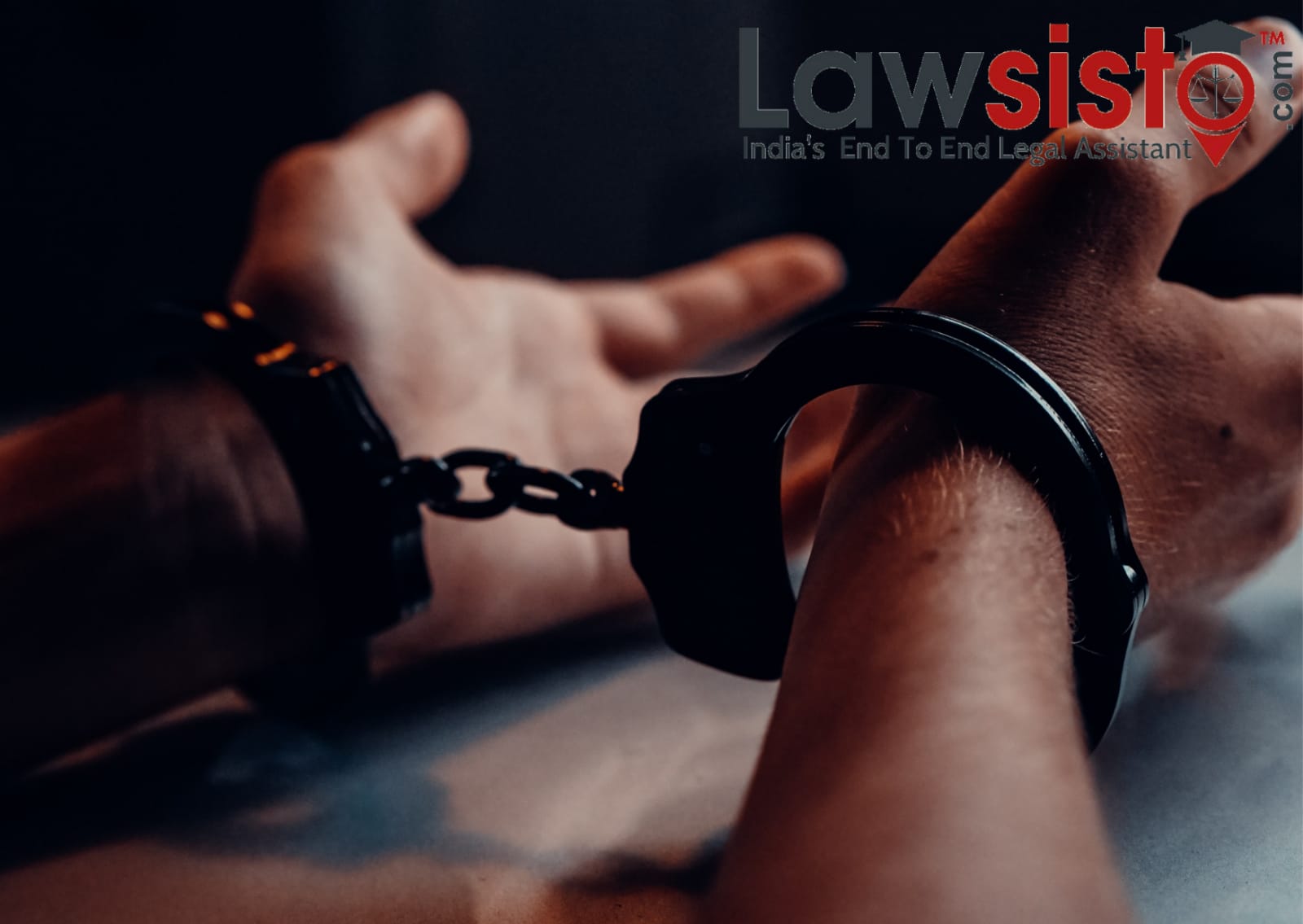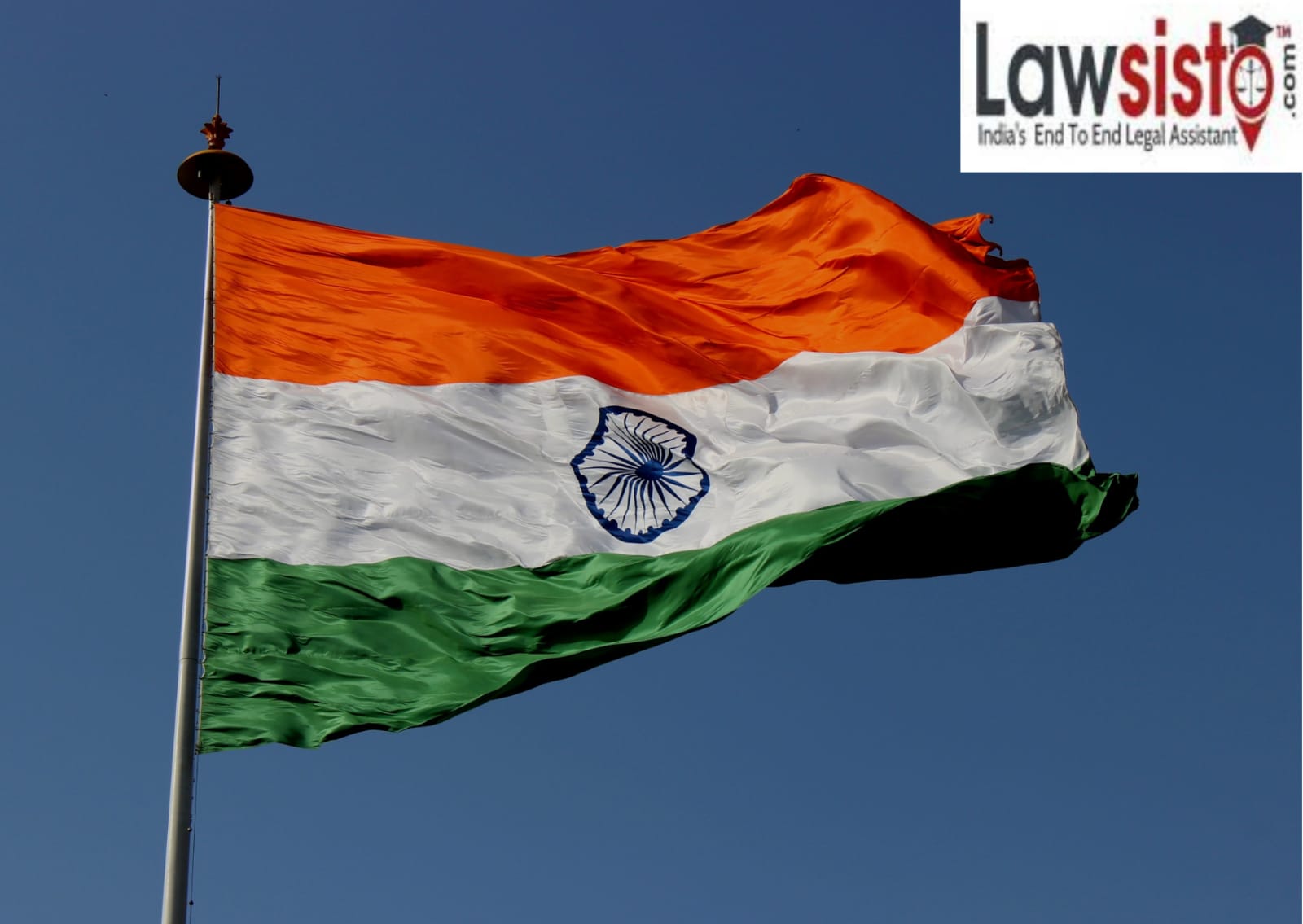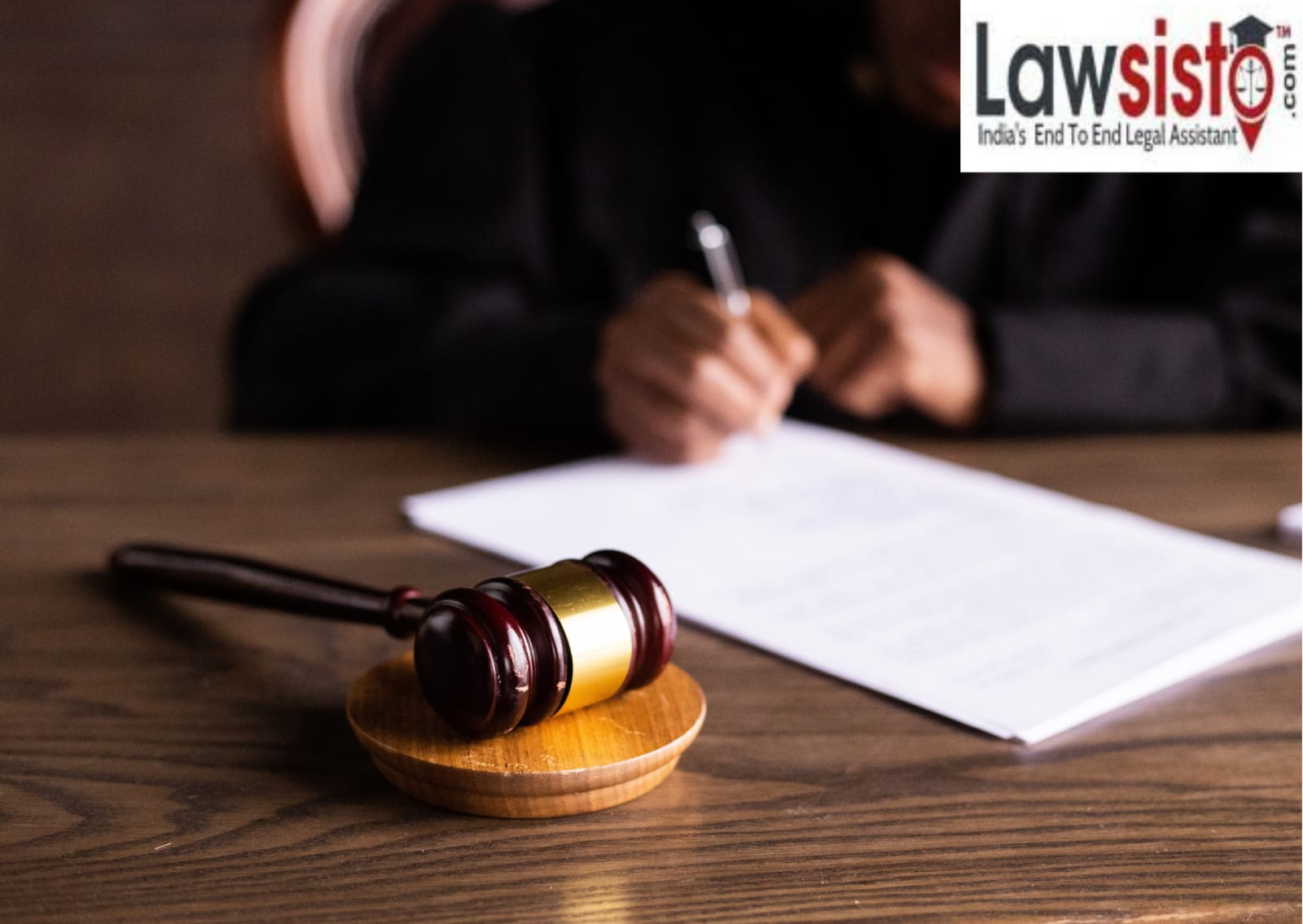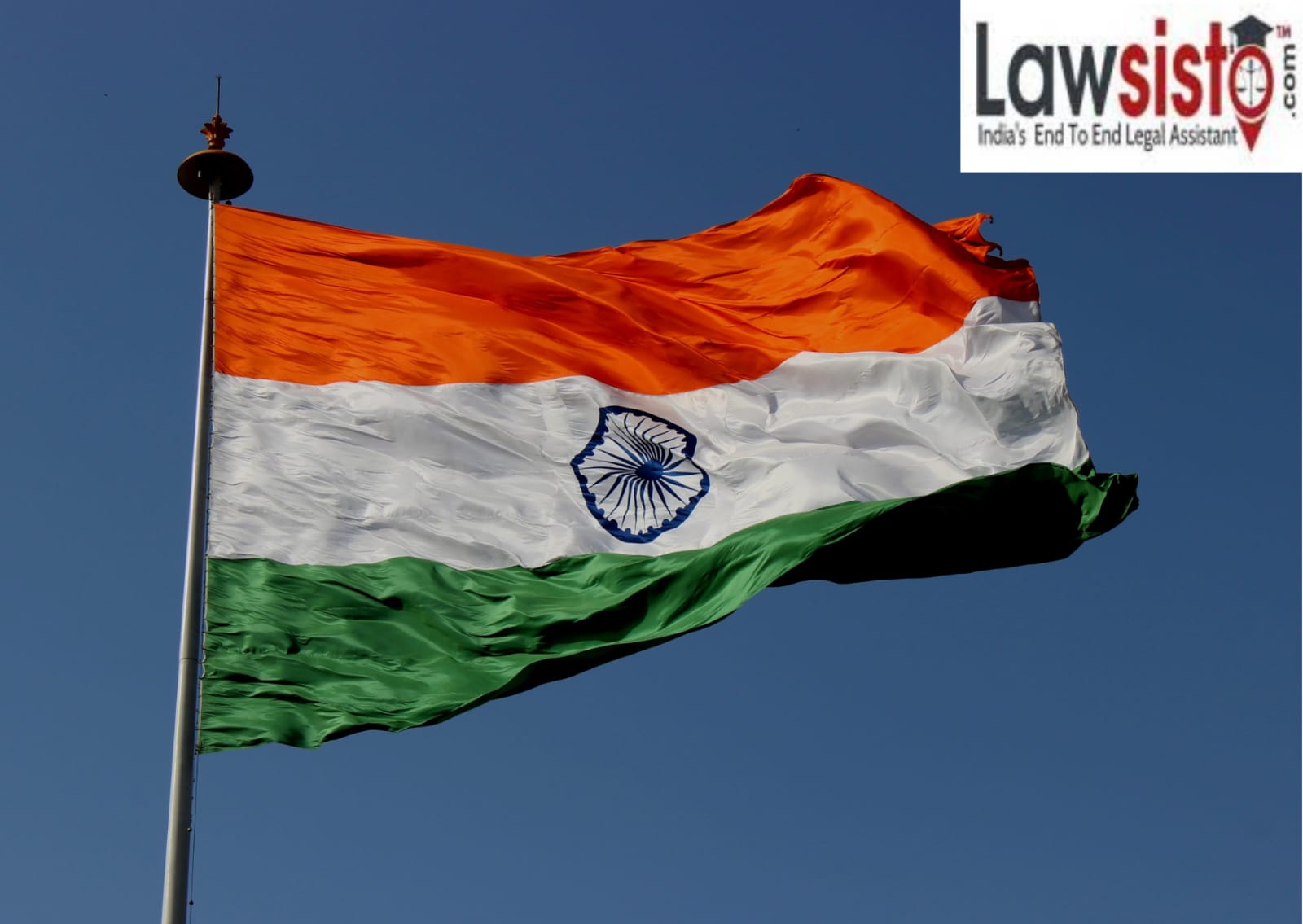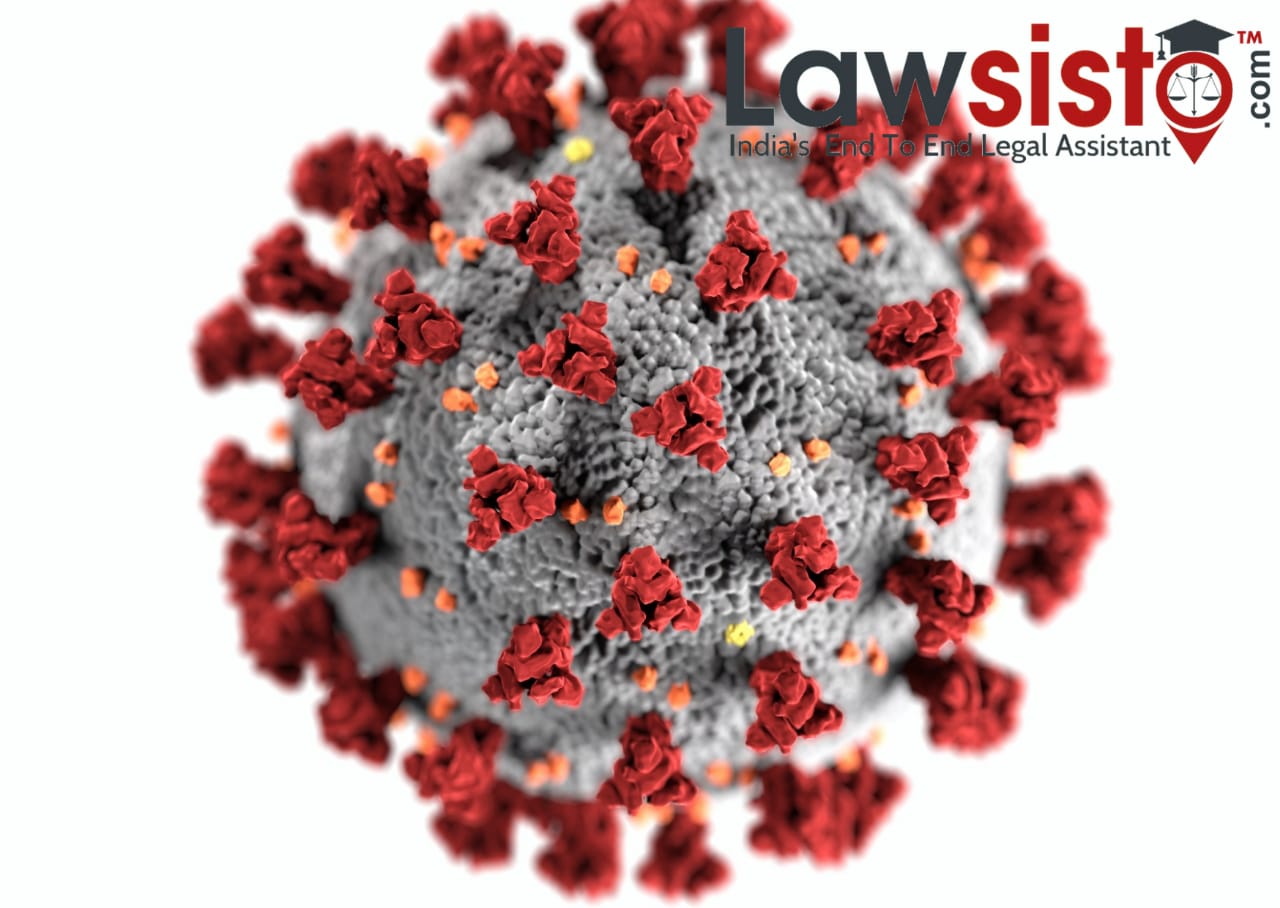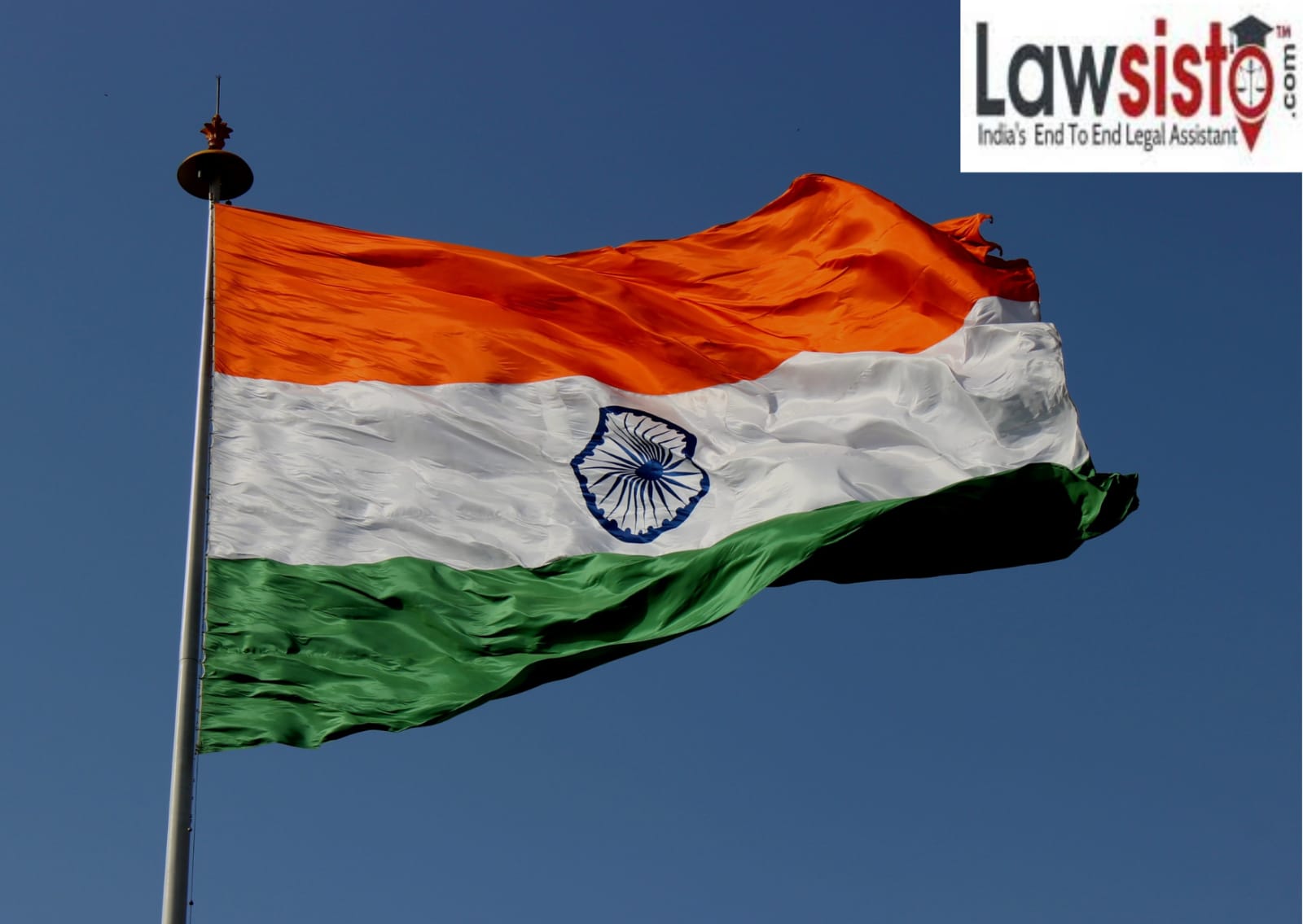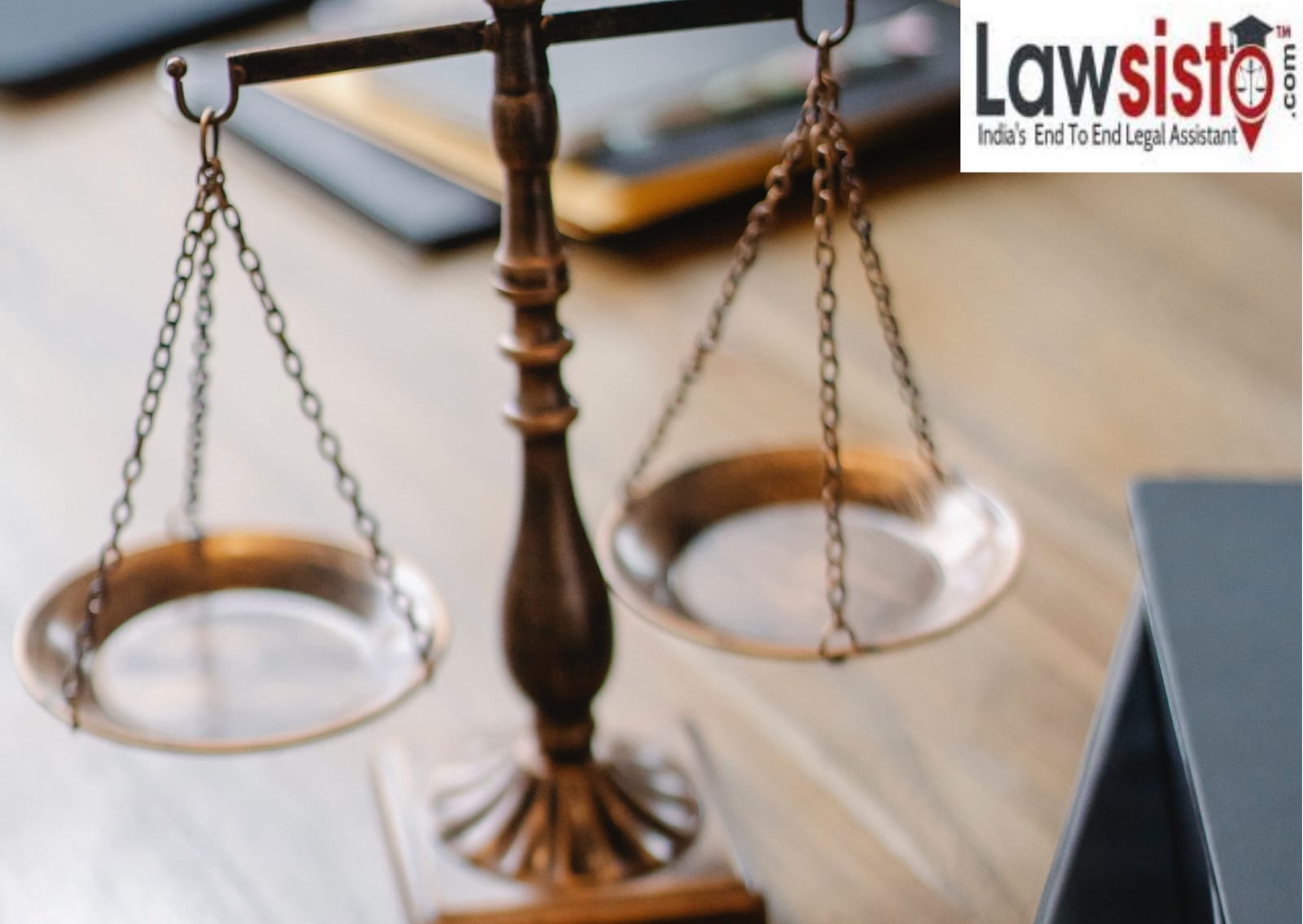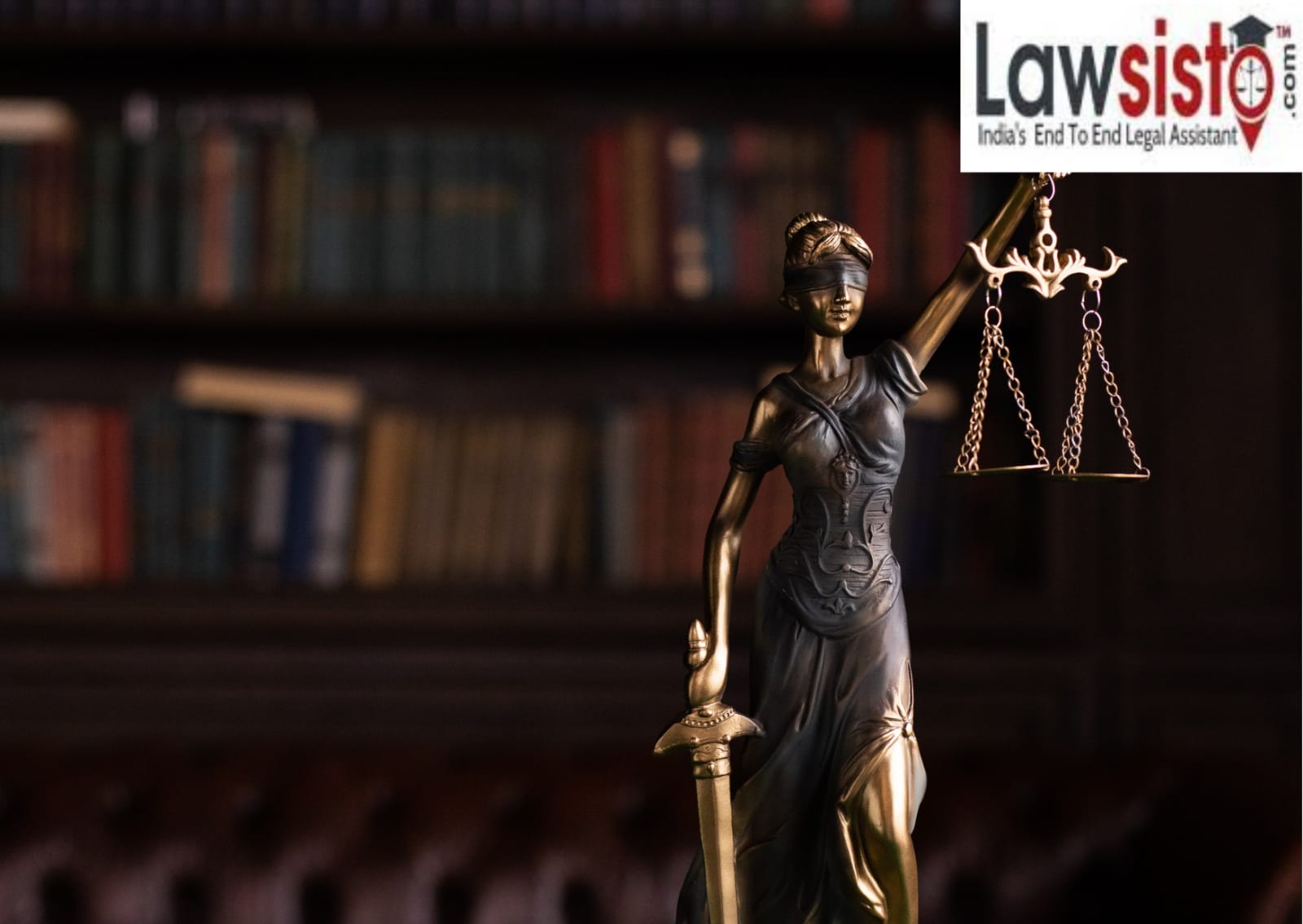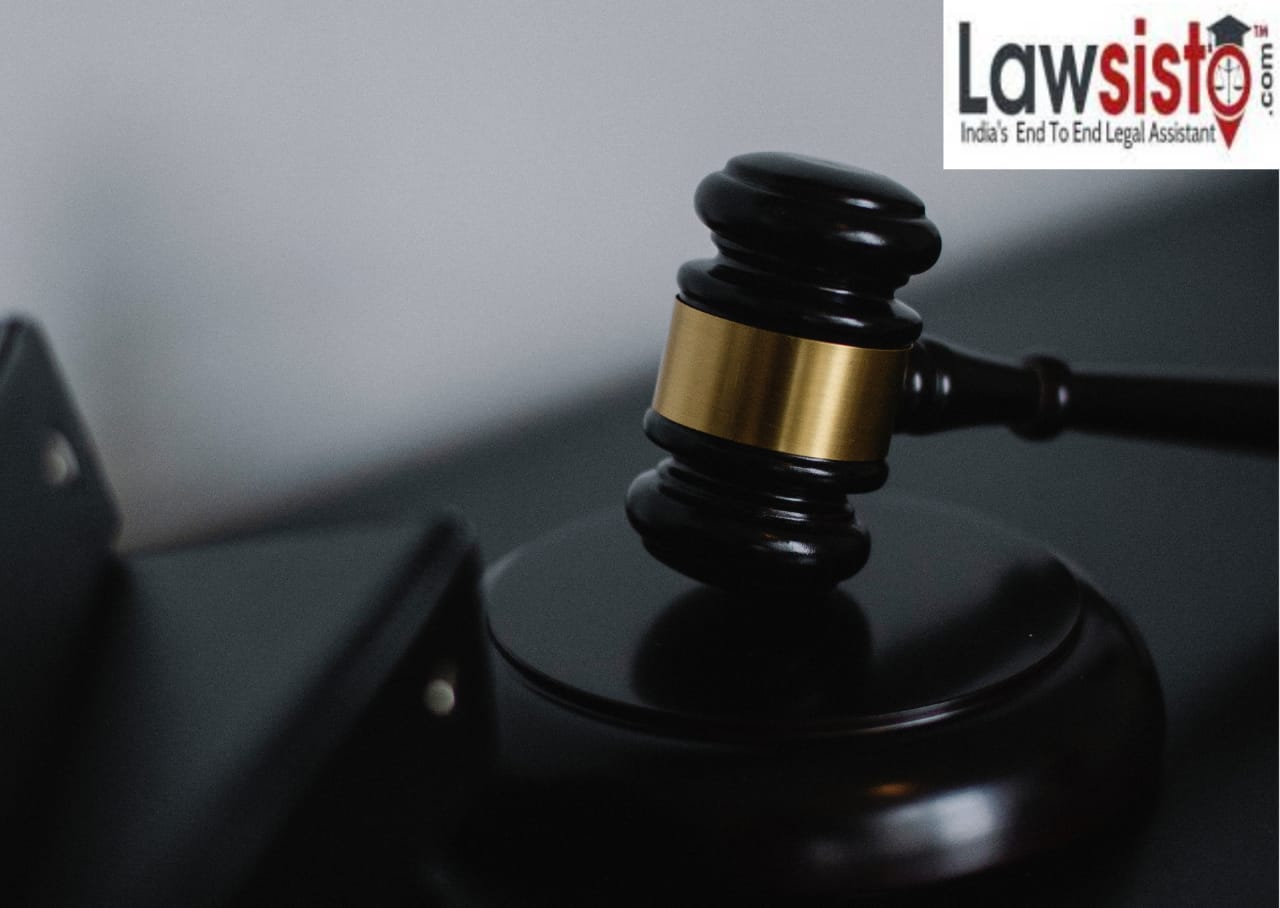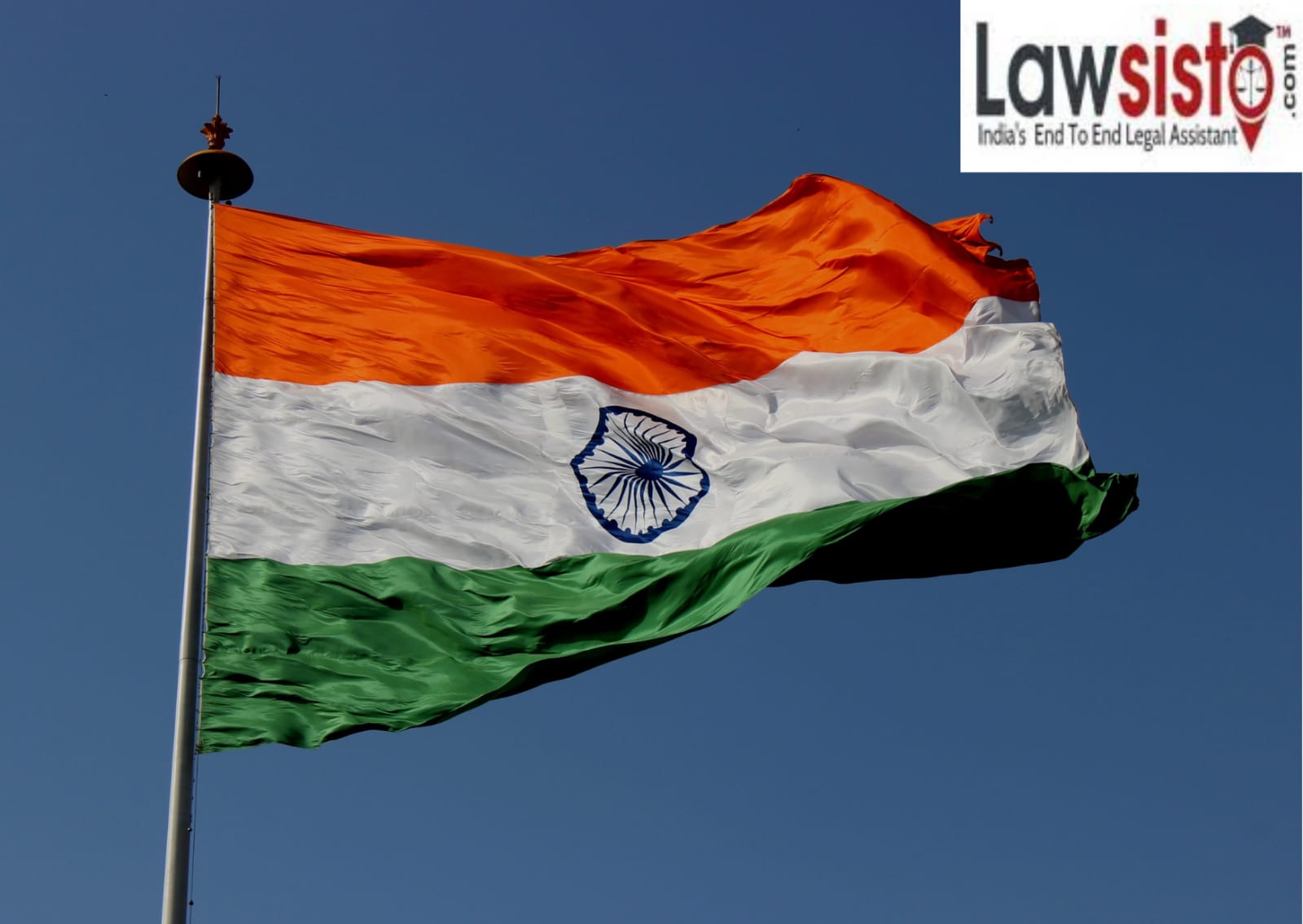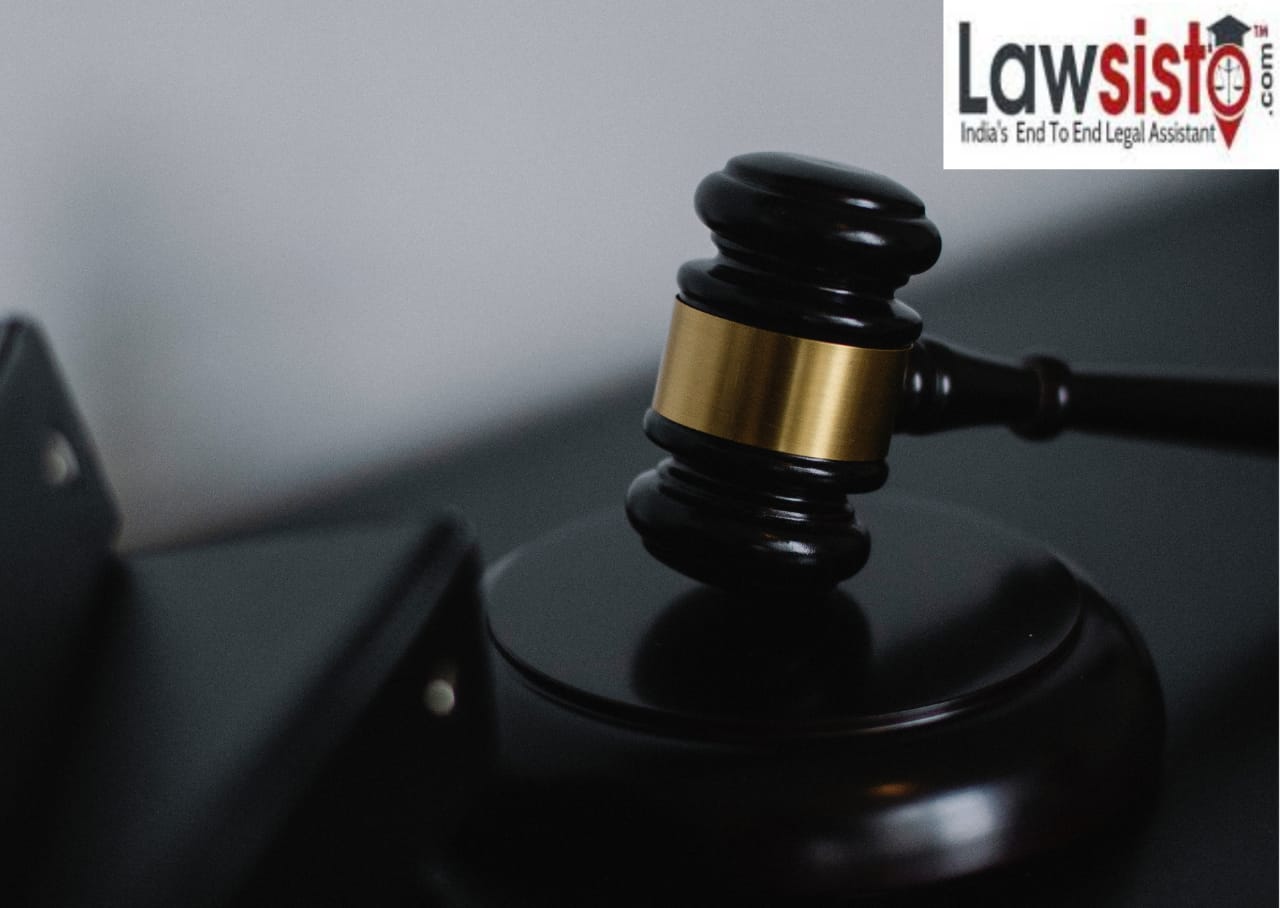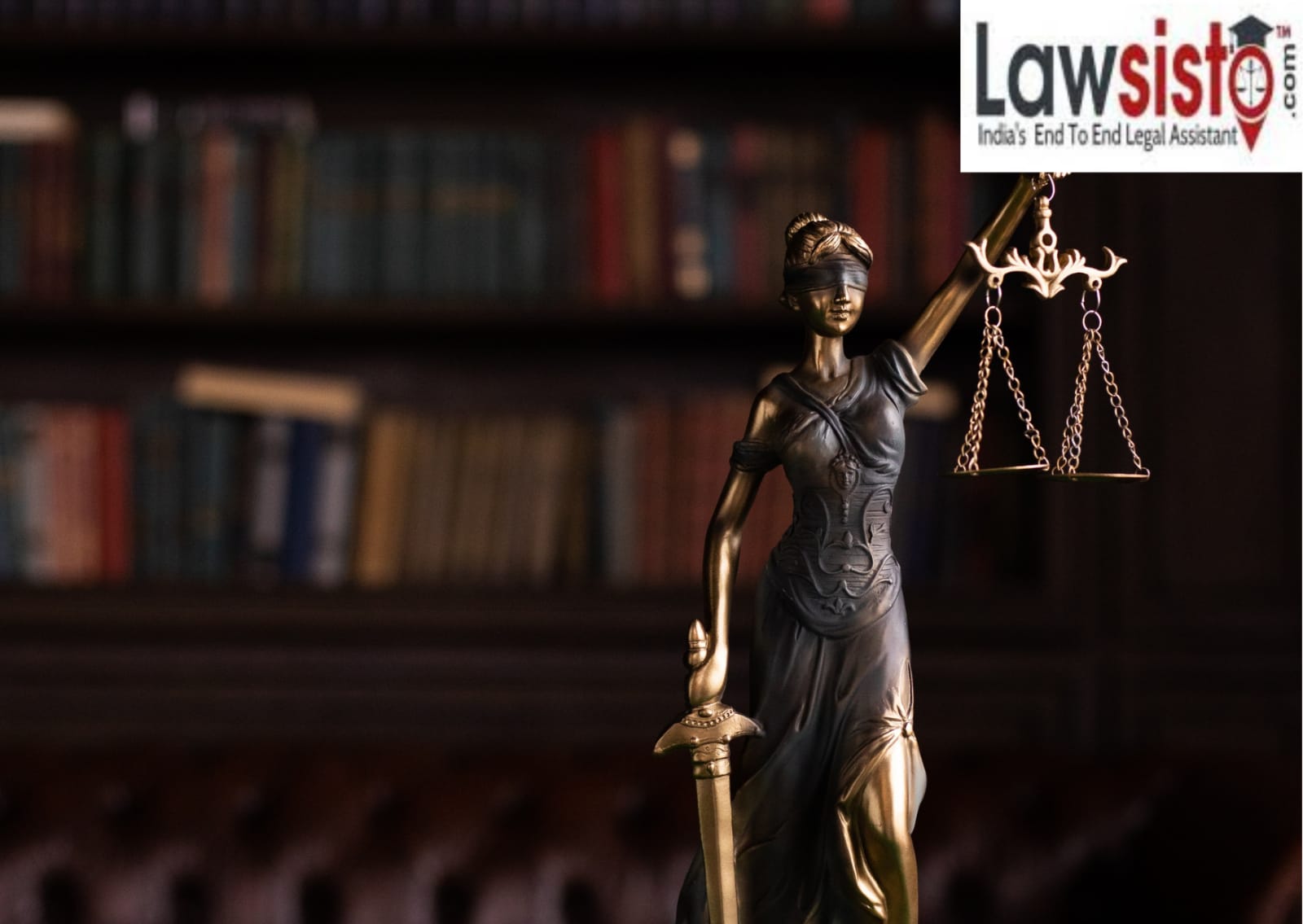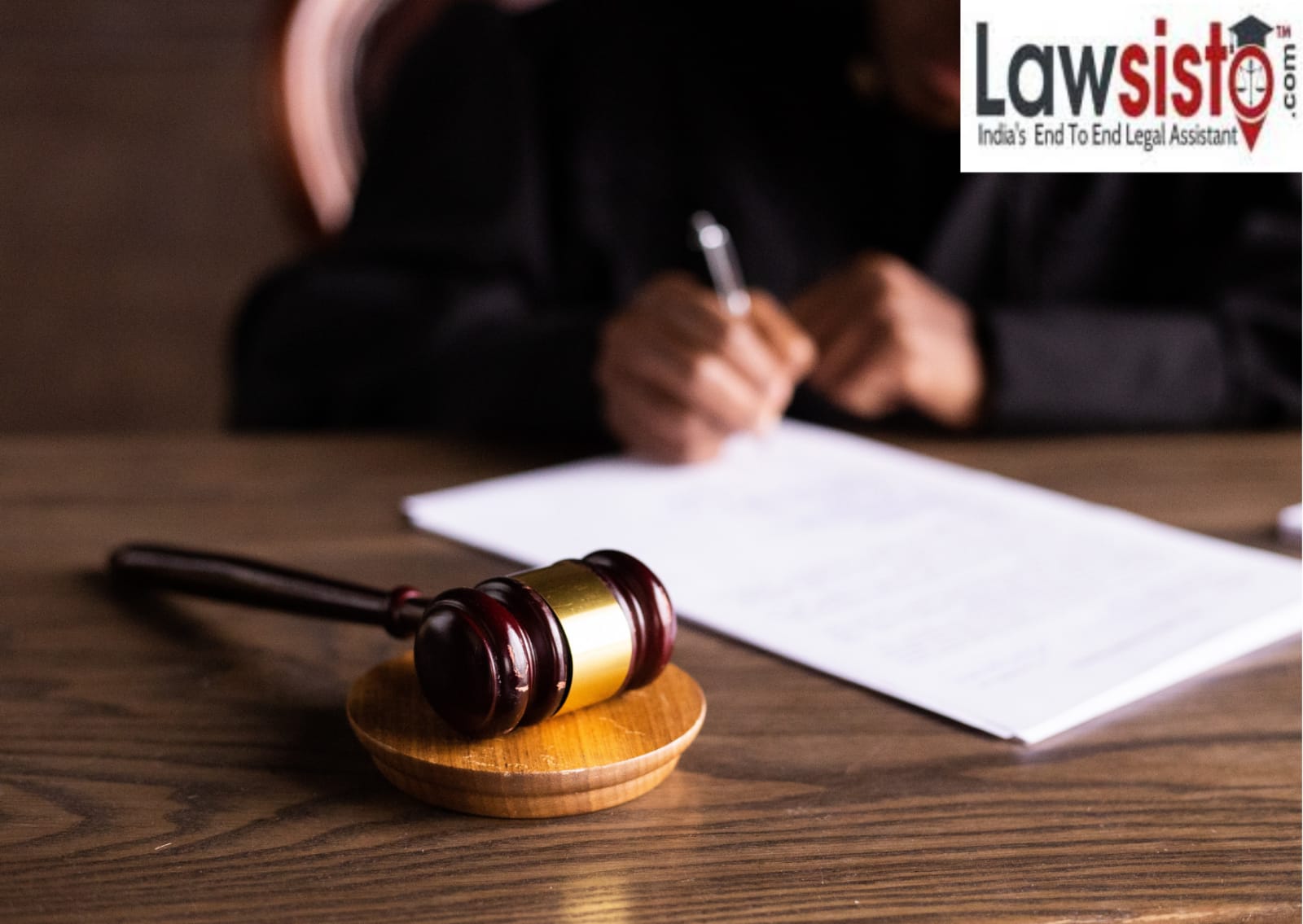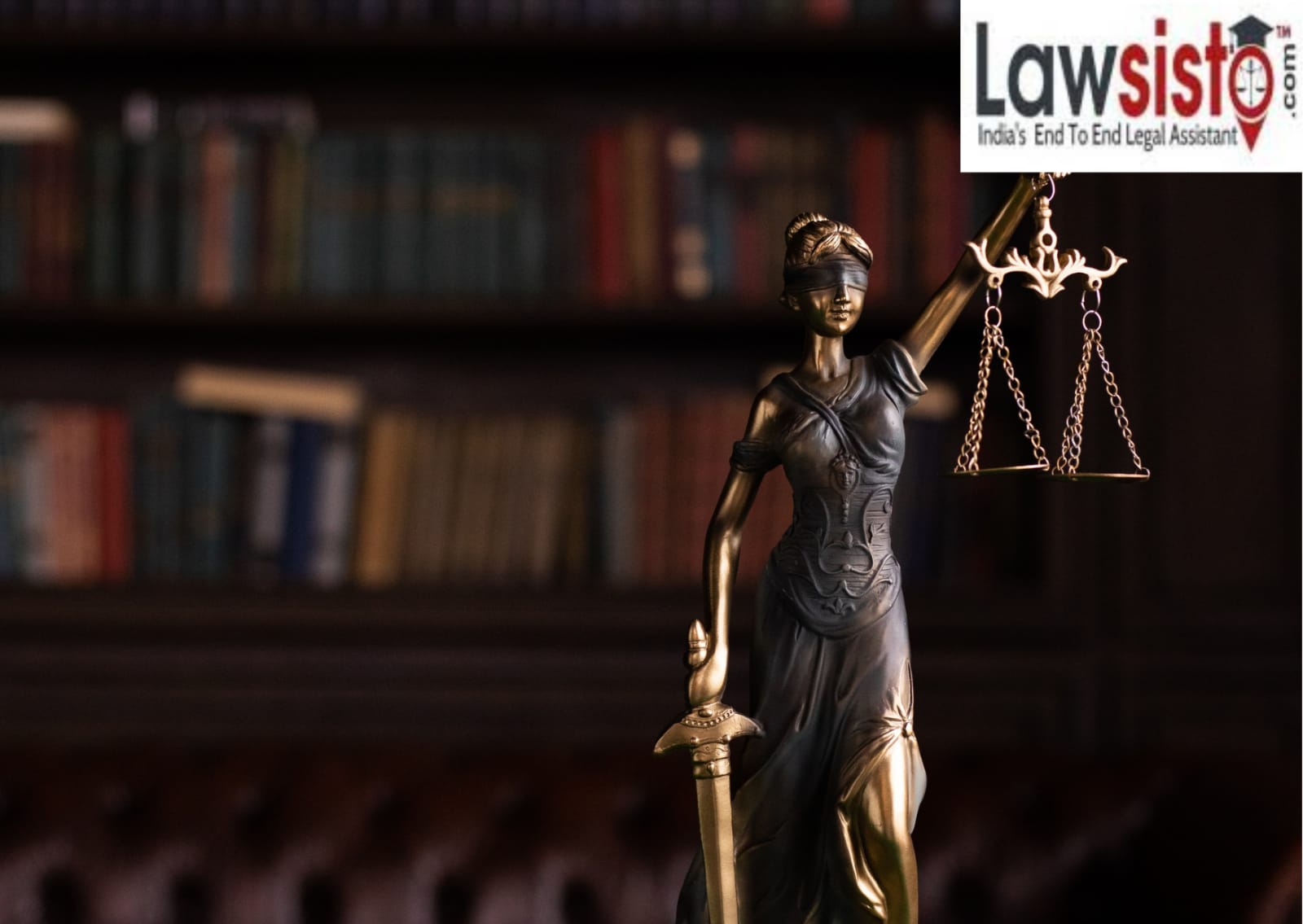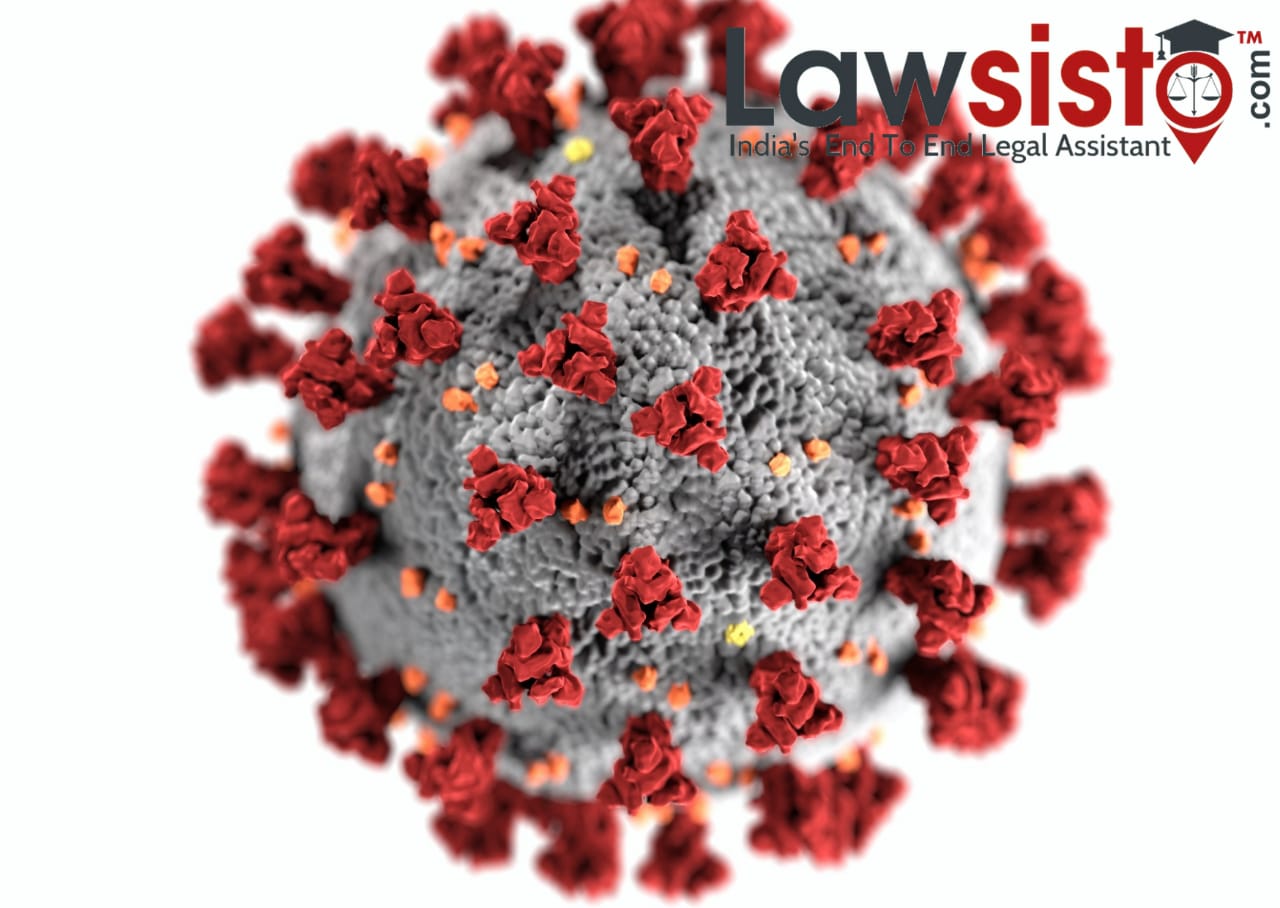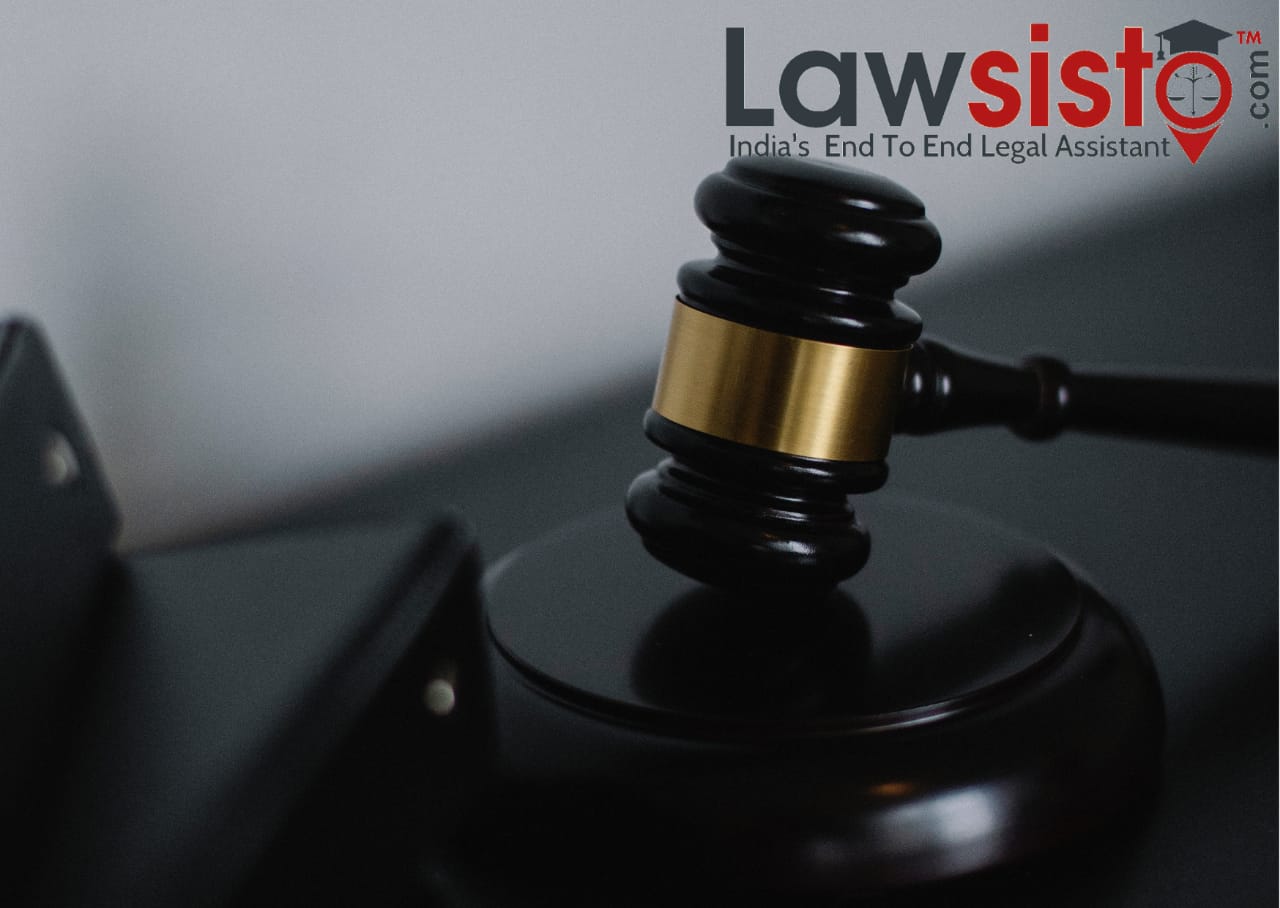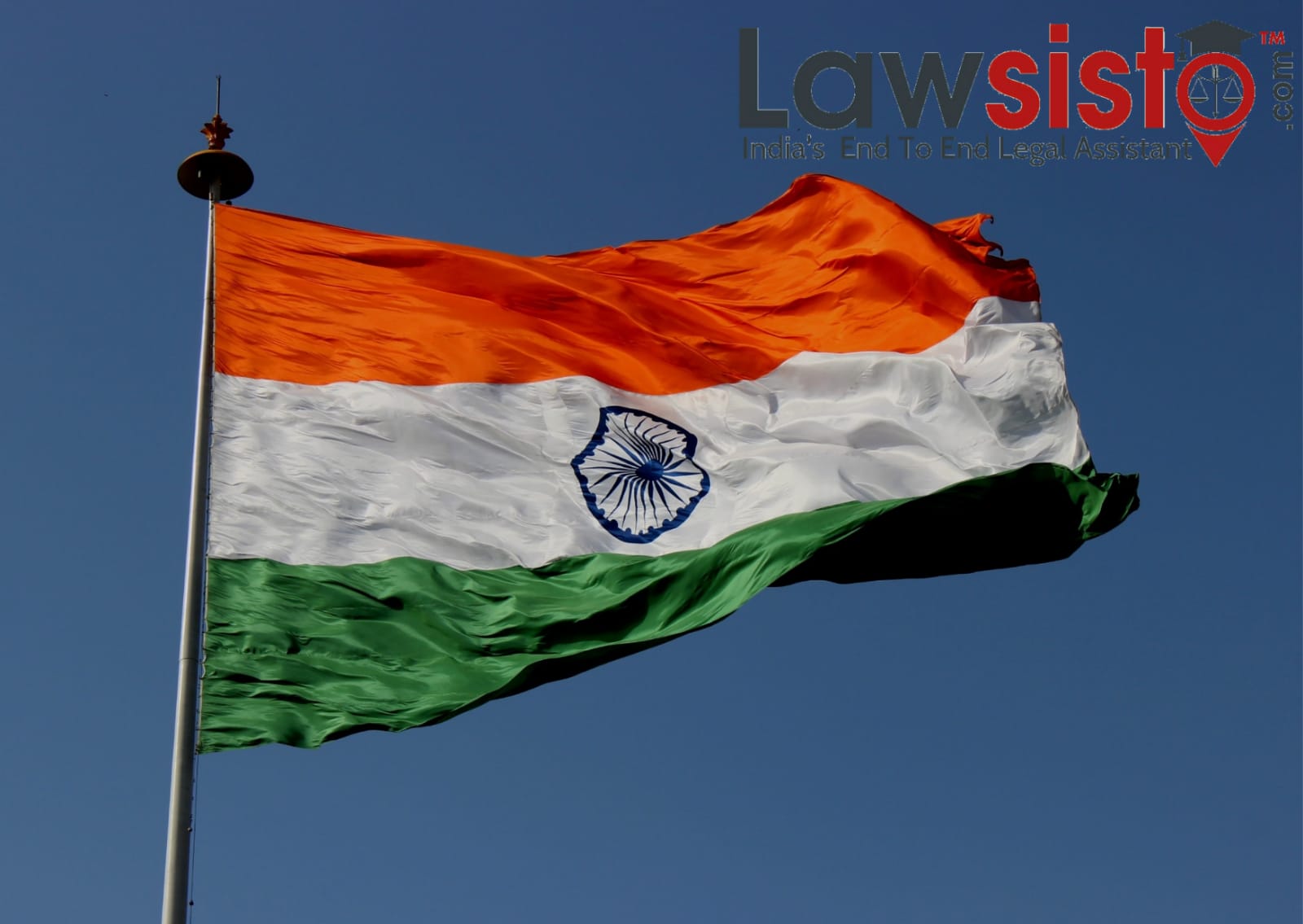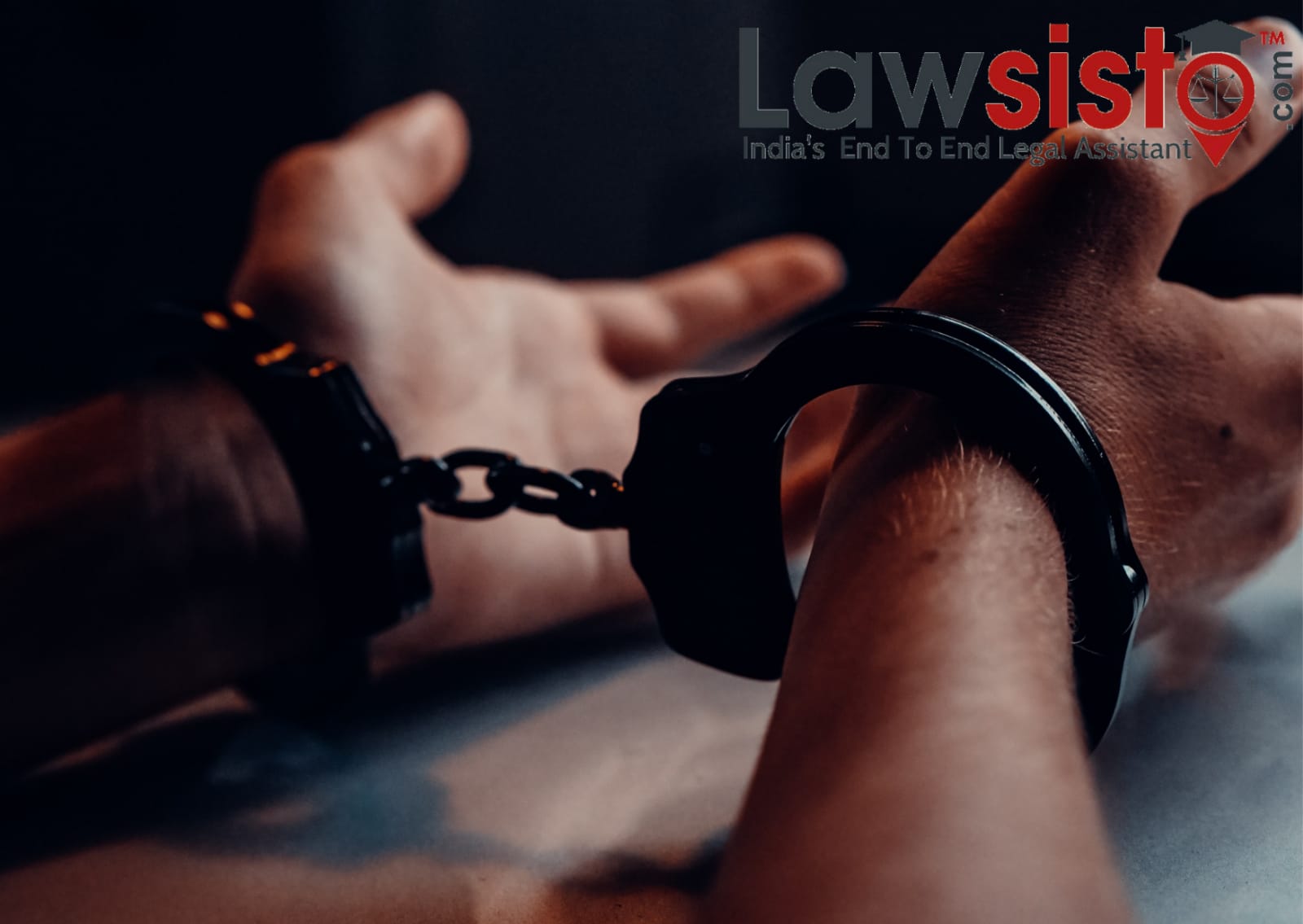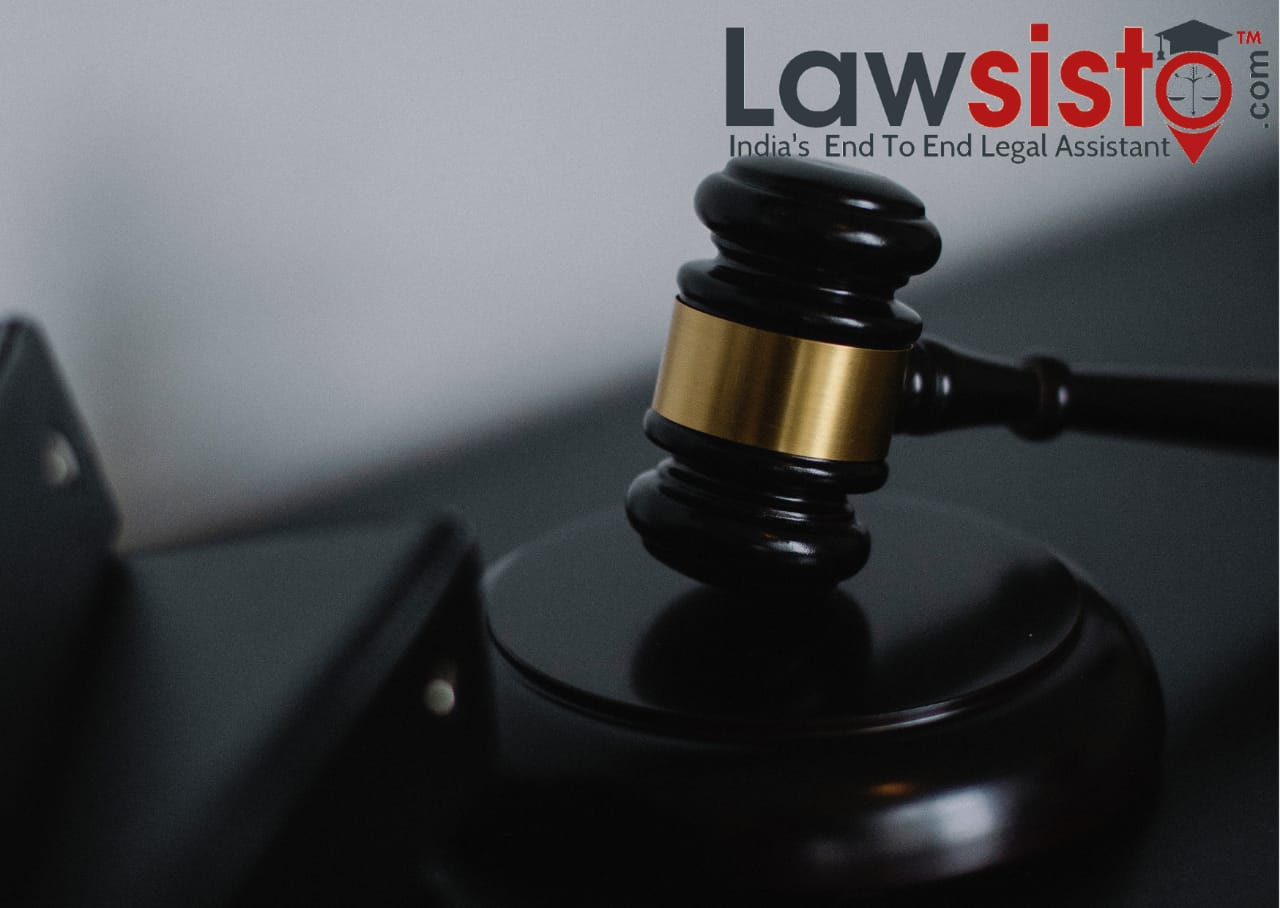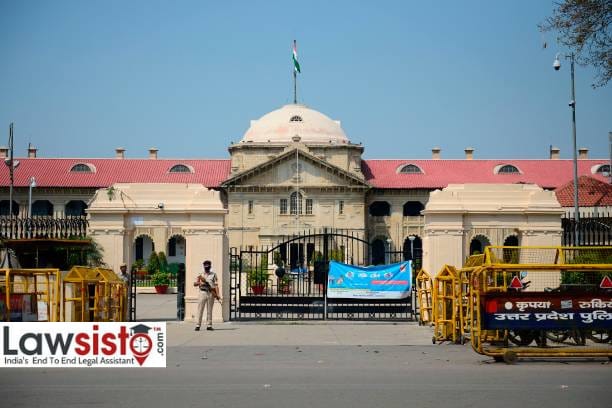Latest News
State of Madras v. Srimathi Champakam Dorairajan, 1951
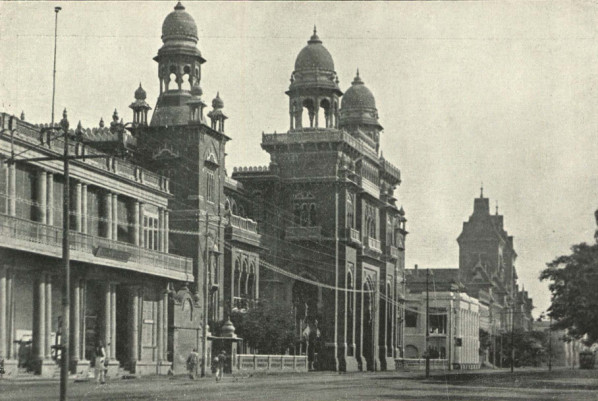
Introduction:
On 25, November 1949, Dr BR Ambedkar sounded a grave admonition in the Constituent Assembly: "On January 26, 1950, we will have uniformity in governmental issues and disparity in social and monetary life. We should eliminate this logical inconsistency at the most punctual second, or probably the individuals who experience the ill effects of imbalance will explode the structure of political popular government which this Assembly has so relentlessly developed." To make preparations for such a blast of discontent, the Preamble of the Constitution unmistakably explains the destinations of making sure about "to every one of its resident's JUSTICE, social, financial and political" just as "Balance of status and of chance."
In 1950, the year wherein the Constitution came into activity, one Champakam Dorairajan, a Brahmin applicant, documented a request for issuance of a Writ of mandamus limiting the (at that point composite) territory of Madras from upholding a common Government Order that given to reservation in appointive bodies electorate. A full bench of the Madras High Court maintained the solicitor's supplication. The state bid in the Supreme Court. A seven-judge bench excused the allure. It was this judgment that required the Constitution First Amendment, which added Clause (4) to Article 15. (It was later discovered that the lady had recorded the writ request under a bogus testimony. She was never challenging from the seat.)
Facts:
The Chapter of Fundamental Rights is hallowed and not subject to be shortened by any authoritative or chief act or request, but to the degree given in the suitable Art. in Part III. The order standards of State strategy can't supersede the arrangements found in Part III yet need to adjust to and run as auxiliary to the Chapter of Fundamental Rights. Subsequently, the contention that having respect for the arrangements of Art. 46, the State is qualified for keep up the Communal G. O. fixing proportionate seats in State Colleges for various networks and if thus certain individual residents can't get inductions into the instructive organizations, there is no encroachment of their key rights can't be continued.
The arrangement in the said Communal G. O. continues based on religion, race and rank and is against the Constitution and comprises an away from of the basic rights ensured to the resident under Art. 29 (2). Nonetheless, insofar as there is no encroachment of major rights as presented by Part III of the Constitution there can be no issue with the State acting as indicated by the order standards set out in Part IV subject to the authoritative and leader forces and restrictions are given on the State under various arrangements of the Constitution. With respect to confirmation of understudies to the Engineering and Medical Colleges of the State, the Province of Madras had given a request (known as the Communal G. O.) that seats ought to be filled in by the choice advisory group carefully on the accompanying premise, i.e., out of each 14 seats, 6 were to be dispensed to Non-Brahmin (Hindus), 2 to Backward Hindus, 2 to Brahmins, 2 to Harijans. 1 to Anglo-Indians and Indian Christians and 1 to Muslims. On 7-6-1950, Smt. Champakam Dorairajan made an appln. to the H. C. of Judicature at Madras under Art. 226 of the Constitution for insurance of her essential rights under Art.15 (1) and Art.29 (2) of the Constitution and petitioned God for the issue of a writ of mandamus or other reasonable privilege writ controlling the State of Madras and all officials and subordinates thereof from implementing, noticing, keeping up or following or requiring the requirement, recognition, support or following by the specialists worried of the notfn. or then again request, for the most part, refd. to as the Communal G. O. in and by which inductions into the Madras Medical Colleges were looked for or suspected to be directed in such way as to encroach and include the infringement of her basic rights. From the testimony recorded on the side of her petn. it doesn't create the impression that the petnr. had really applied for affirmation in the Medical College. She expresses that on request she came to realize that she would not be admitted to the College as she had a place with the Brahmin people group. No protest, notwithstanding, was taken to the practicality of her petn. on the ground of nonappearance of any real appln. for affirmation made by her.
Unexpectedly, we have been informed that the State had consented to hold a seat for her should her appln. prior to the H. C. succeed. In the unconventional conditions, we don't think of it as important to seek after this issue any further. Yet, we want to monitor ourselves against being perceived as holding that we support of an individual who has not really applied for entrance into an instructive Institution coming to Ct. whining of encroachment of any basic right under Art. 29 (2). The H. C. by its judgment conveyed on 27-7-1950 permitted this appln. of Sm. Champakam Dorairajan.
Judgment:
R. Das J - This judgment covers both cases No. 270 of 1951 ((State of Madras v. C. R. Srinivasan) which are advances from the judgment passed by the H. C. of Judicature at Madras on 27-7-1950, on two separate apples. under Art. 226 of the Constitution whining of break of the petnrs.' basic option to get induction into instructive establishments kept up by the State.
The State of Madras keeps up four Medical Colleges and just 330 seats are accessible for understudies in those four Colleges. Out of these 330 seats, 17 seats are held for understudies originating from outside the State and 12 seats are saved for optional assignment by the State and the equilibrium of the seats accessible are allotted between four particular gatherings of the locale in the State.
Moreover, the State of Madras keeps up four Engineering Colleges and the complete number of seats accessible for understudies in those Colleges are just 395. Out of these, 21 seats are saved for understudies originating from outside the State, 12 seats are held for optional portion by the State and the equilibrium of the seats accessible are distributed between similar four particular gatherings of regions.
For a long time before the initiation of the Constitution, the seats in both the Medical Colleges and the Engineering Colleges so distributed between the four particular gatherings of regions used to be topped off as indicated by specific extents set out in what used to be known as the Communal G. O. In this manner, for each 14 seats to be filled by the determination board of trustees, applicants used to be chosen carefully on the accompanying premise:
Non-Brahmins (Hindus) 6
In reverse Hindus 2
Brahmins 2
Harijans 2
Somewhat English Indians and Indian Christians 1
Muslims 1
Subject to the previously mentioned provincial and what has been professed to be defensive arrangements determination from among the candidates from a specific network from one of the gatherings of locale used to be made on specific standards dependent on scholarly capabilities and imprints acquired by the up-and-comers
On account of the Medical Colleges, at least 20%. of the absolute number of seats accessible for understudies of the State were filled by ladies competitors independently for every district, it being available to the choice panel to concede a bigger number of lady up-and-comers in any locale whenever qualified applicants were accessible in that area and on the off chance that they were qualified for determination on merits versus the men up-and-comers as per the overall standards administering such affirmations as set down in those principles. Apparently, the extent fixed in the old Communal G. O. has been clung to even after the initiation of the Constitution on 26-1-1950. Undoubtedly, G. O. No. 2208, dated l6-6-1950, setting down standards for the choice of possibility for entrance into the Medical Colleges significantly recreates the shared extent fixed in the old Communal G. O.
Sri Srinivasan who had really applied for entrance into the Govt. Designing College at Guindy, recorded a pettn. appealing to God for a writ of mandamus or some other writ controlling the State of Madras all officials thereof from implementing, noticing, keeping up or following the Communal G. O. in and by which entrance into the Engineering College was trying to be directed in such way as to encroach and include the infringement of the principal right of the petnr. under Art. 15 (1) and Art. 29 (2) of the Constitution, in the sworn statement recorded on the side of his petn. the petnr. has expressed that he had finished the Intermediate Examination held in March 1950 in Group 1, breezing through the said assessment in top of the line and acquiring marks set out in para. 1 of his testimony.
It will give the idea that in the discretionary which are contemplated in deciding the scholarly test for affirmation in the Engineering College the petnr. Srinivasan made sure about 369 stamps out of a limit of 450 imprints. The H. C. has by a similar judgment permitted this appln. additionally and the State has documented an allure which has been numbered 271 of 1951. The scholarly direction showing up for the State of Madras surrendered that these two candidates would have been admitted to the instructive establishments they proposed to join and they would not have been denied confirmation if choices had been made on merits alone.
Document:
